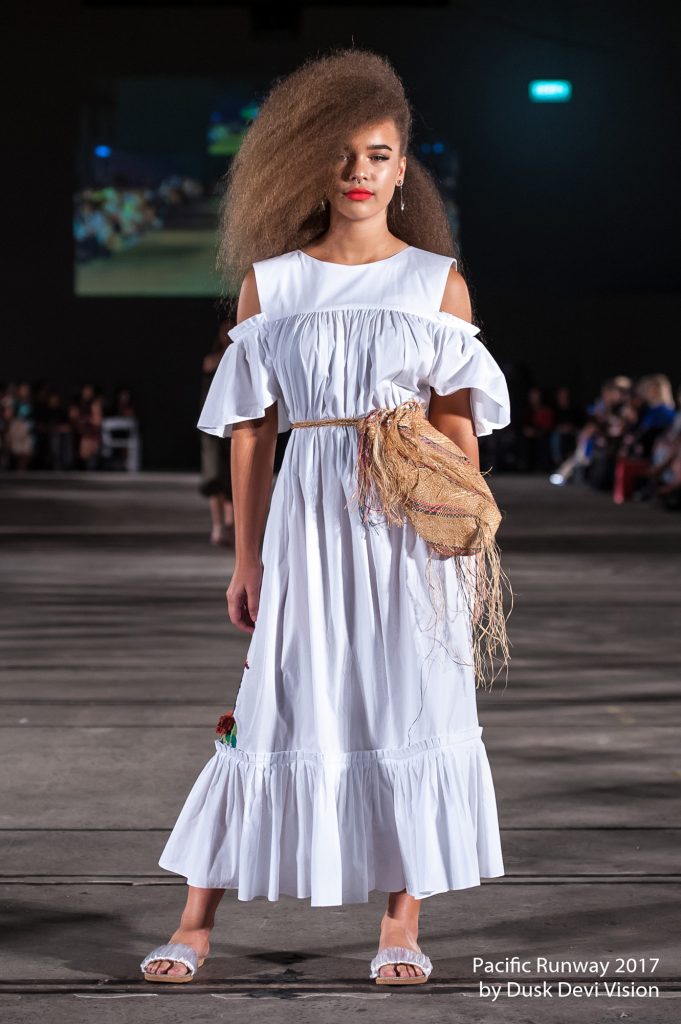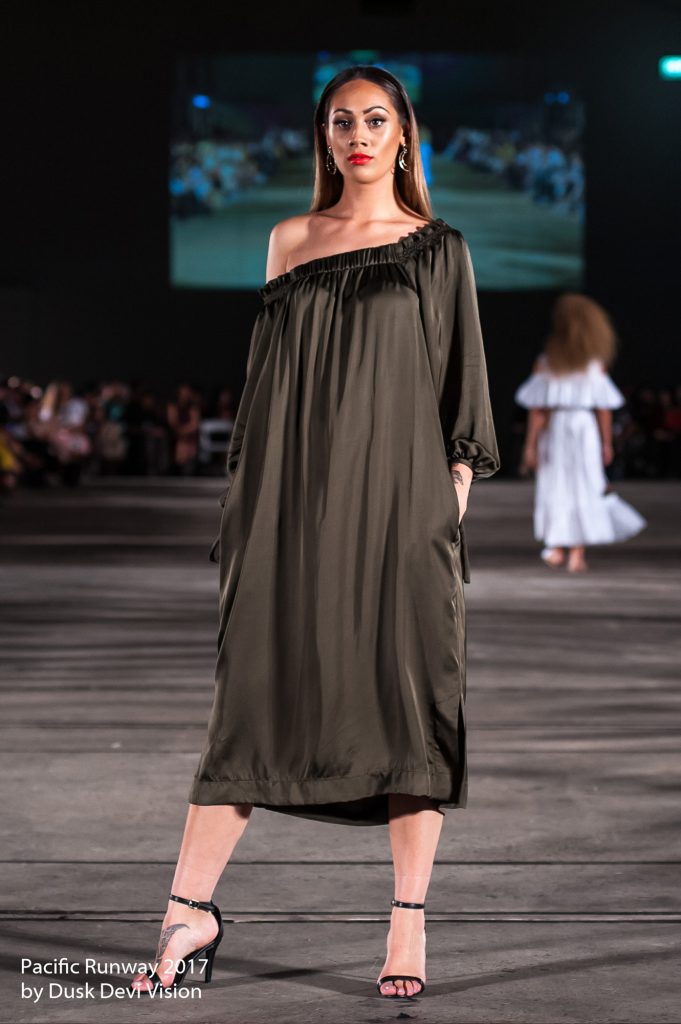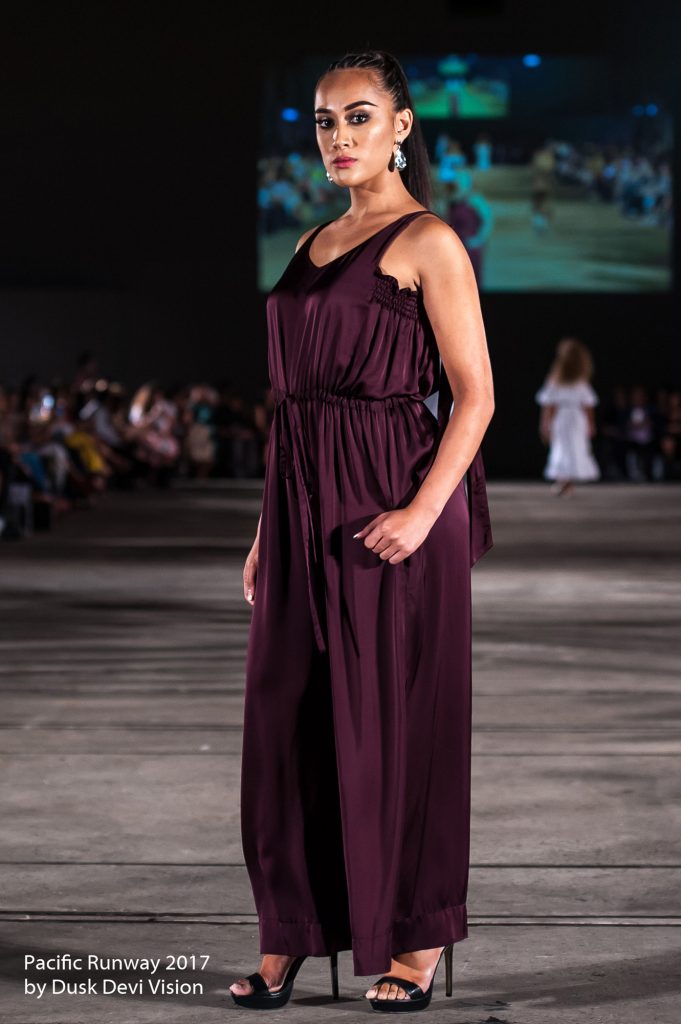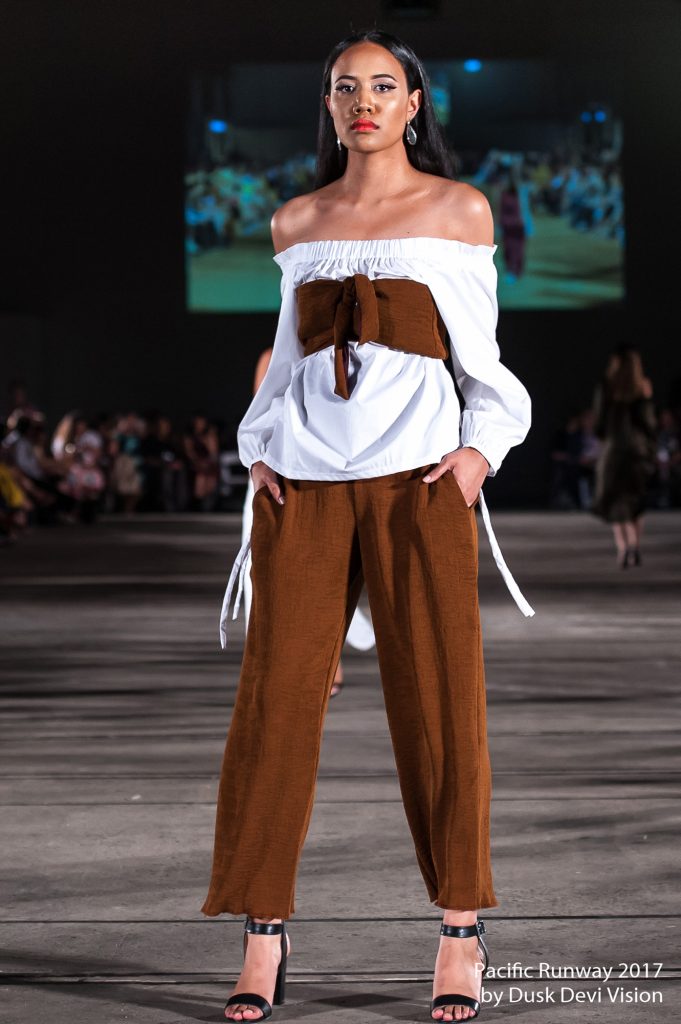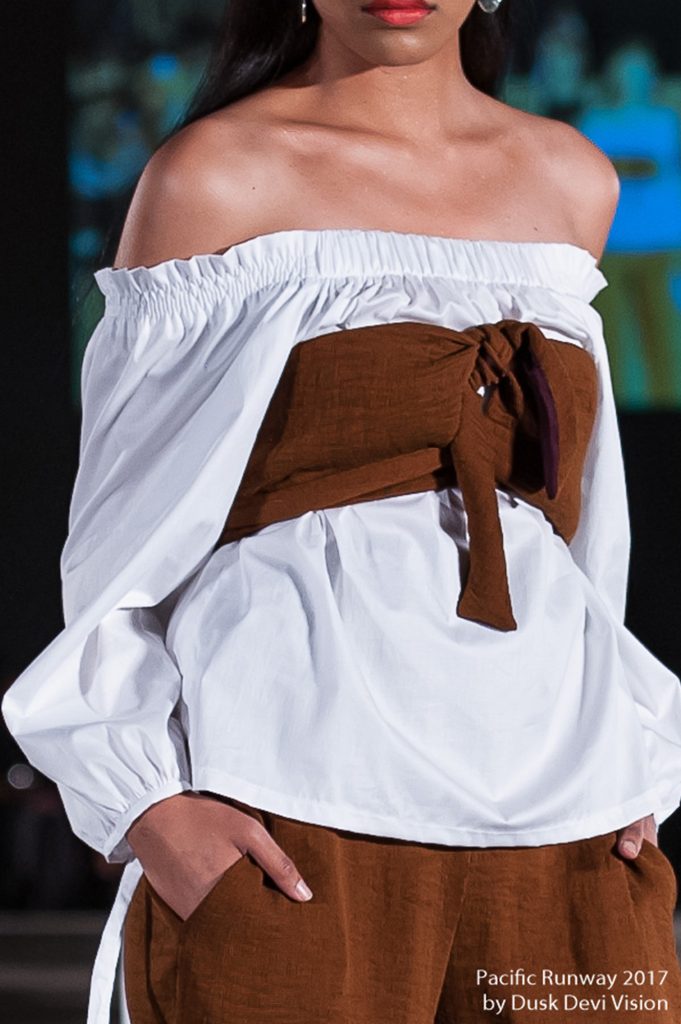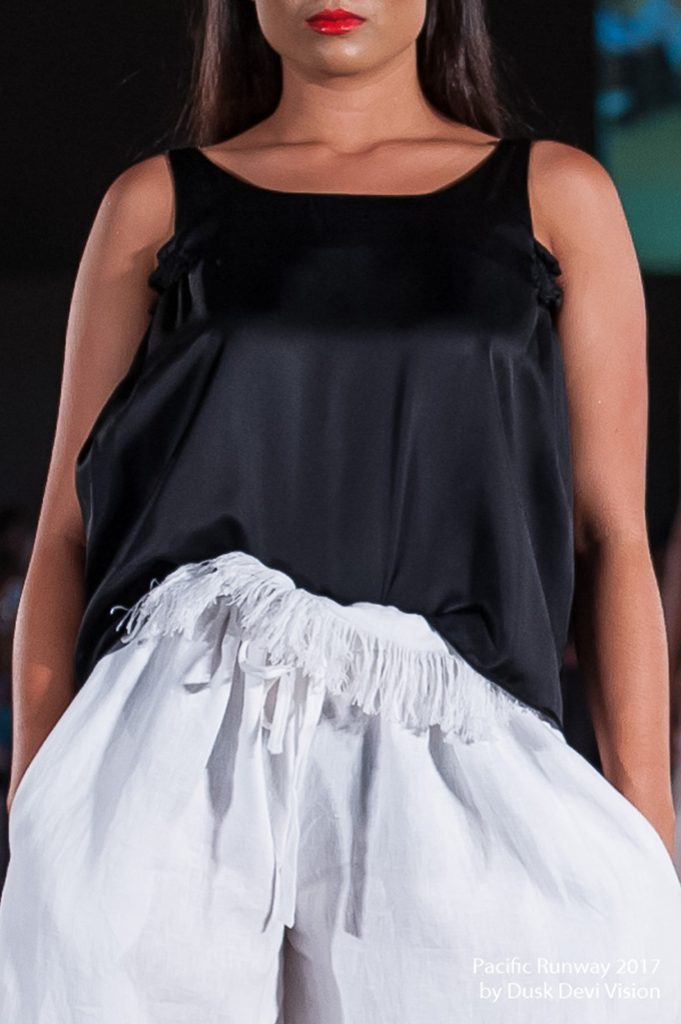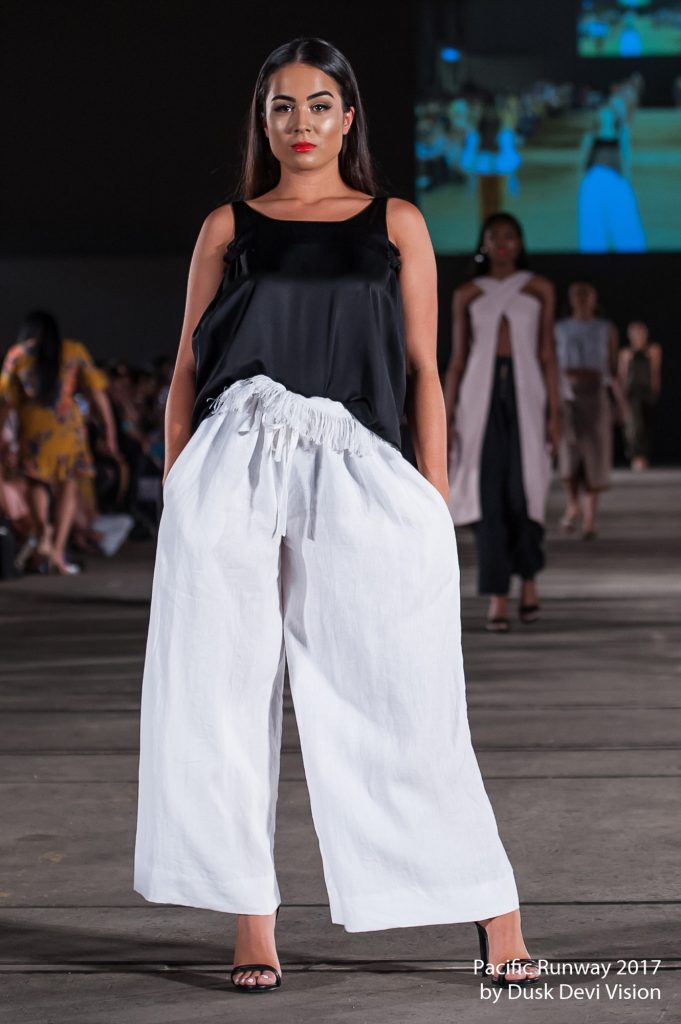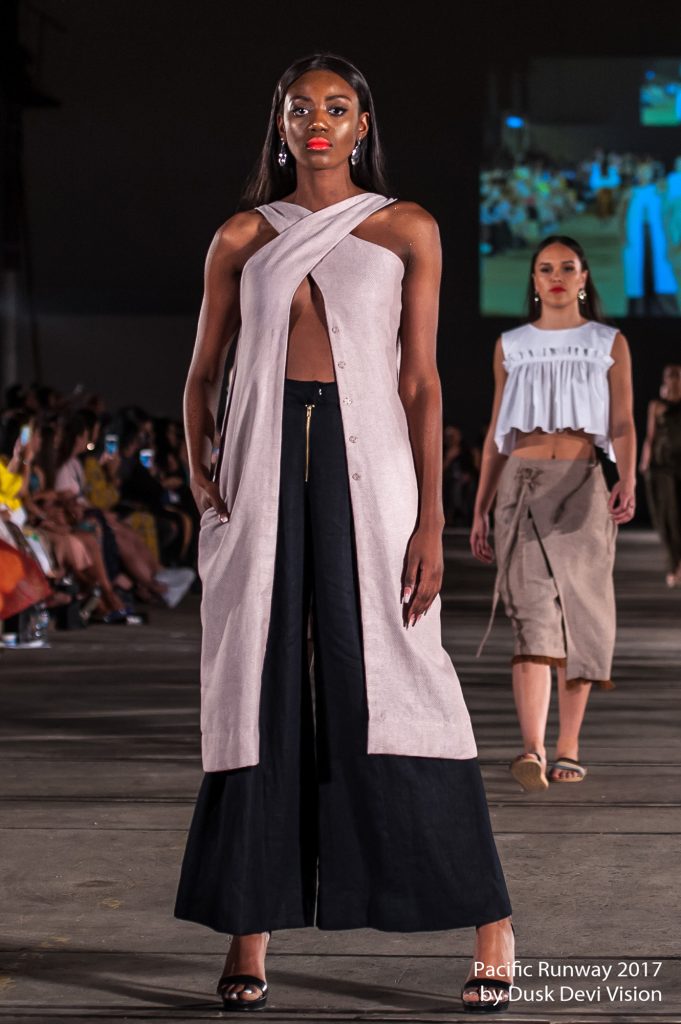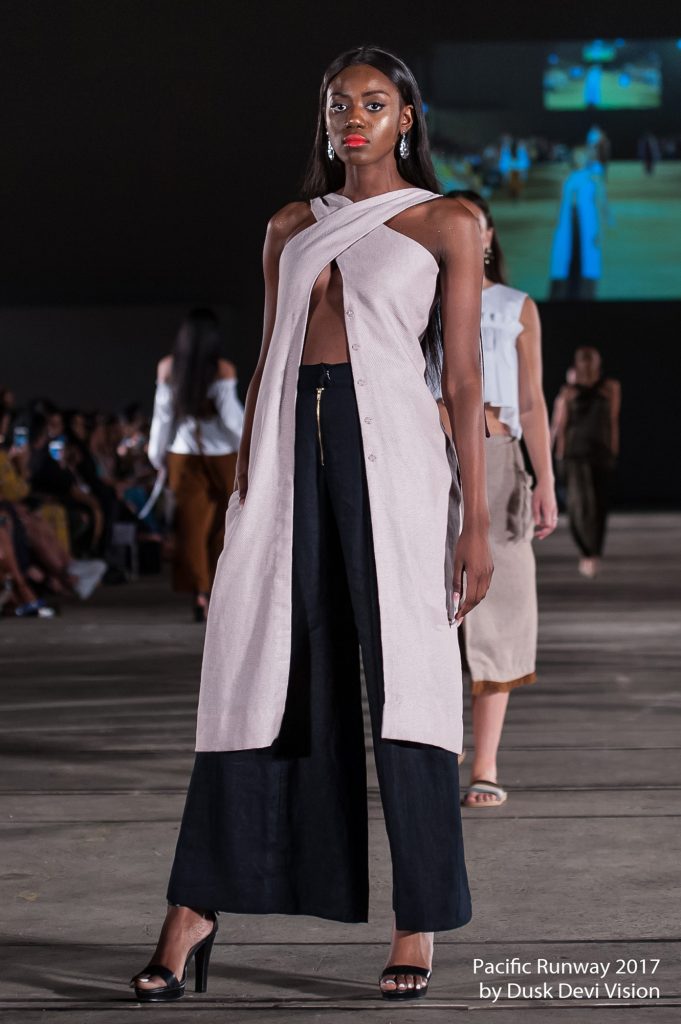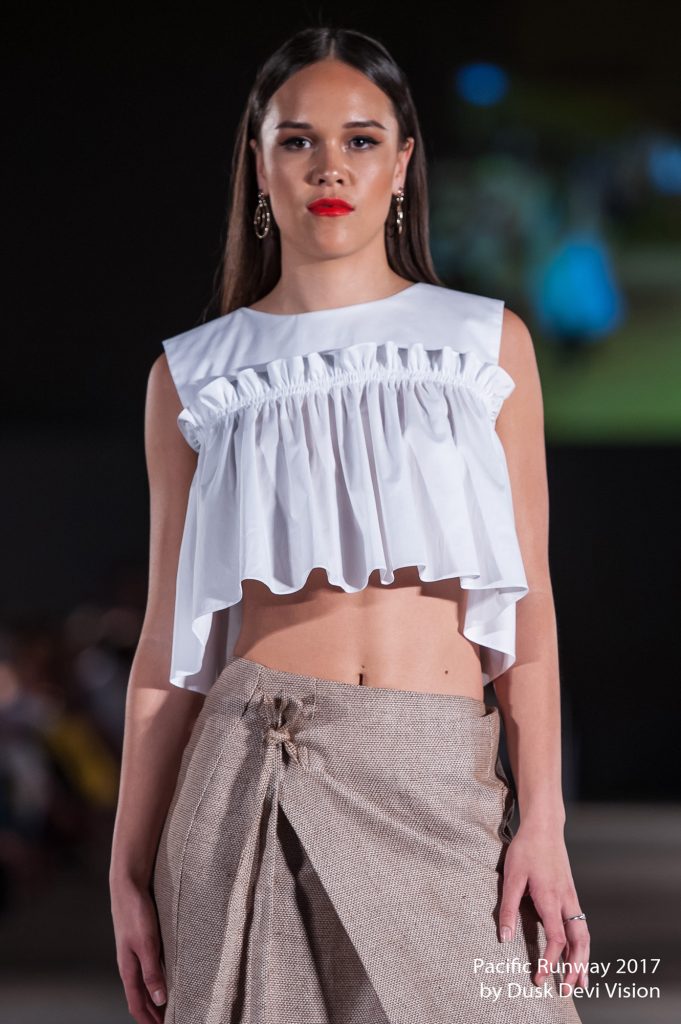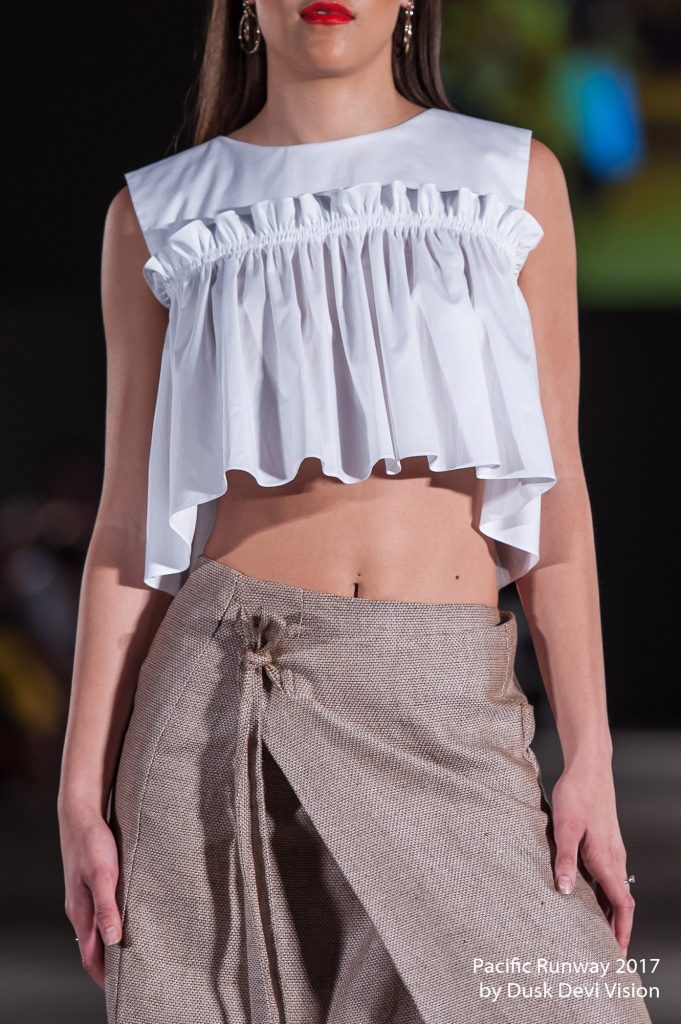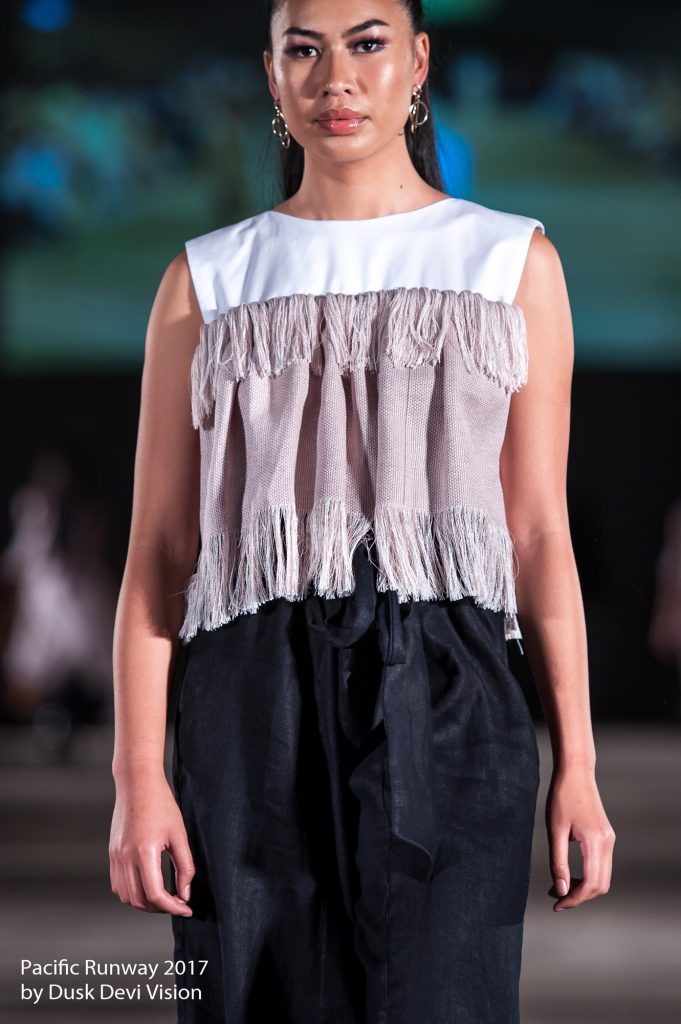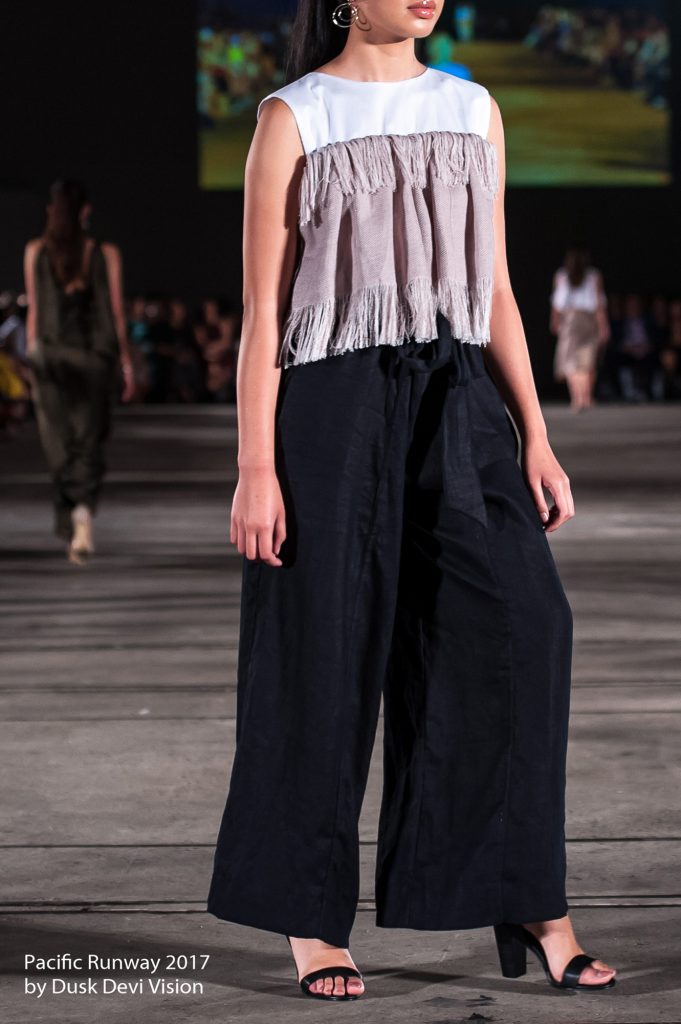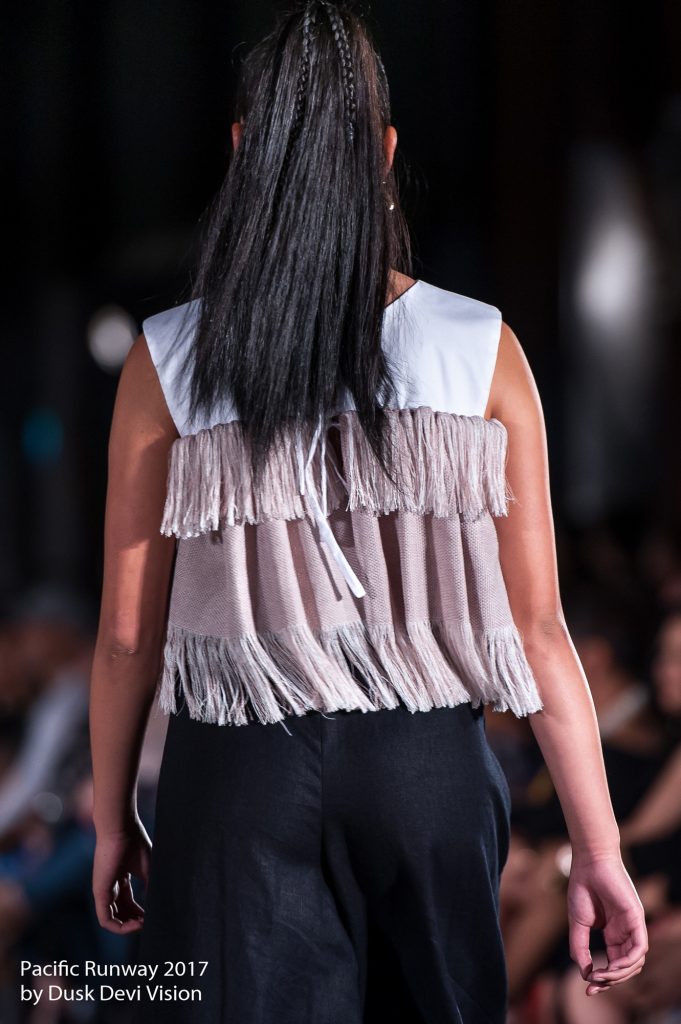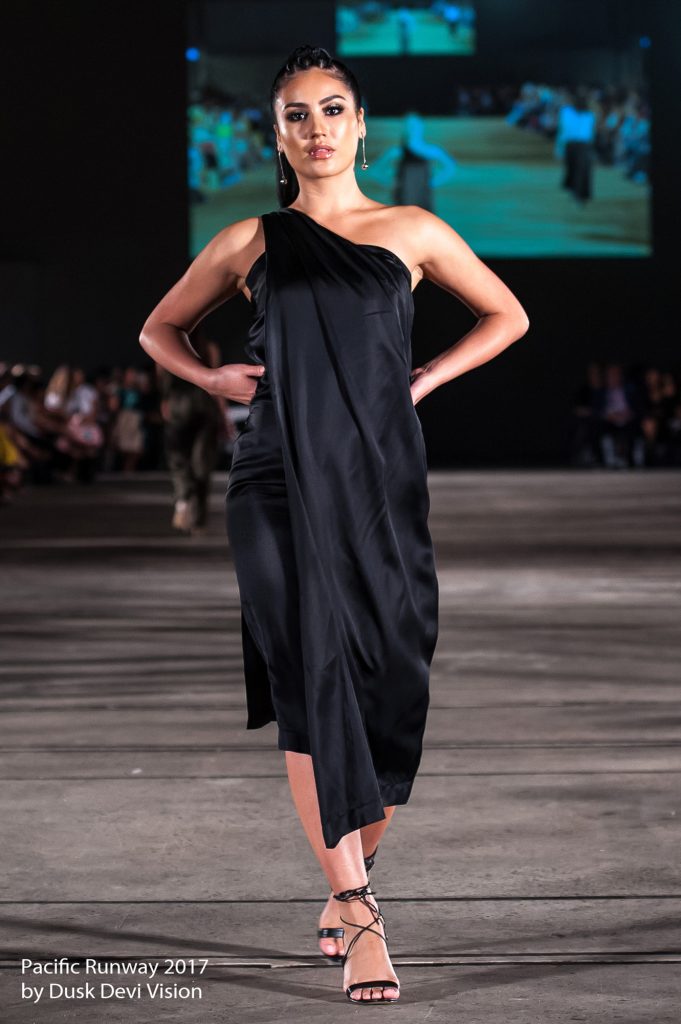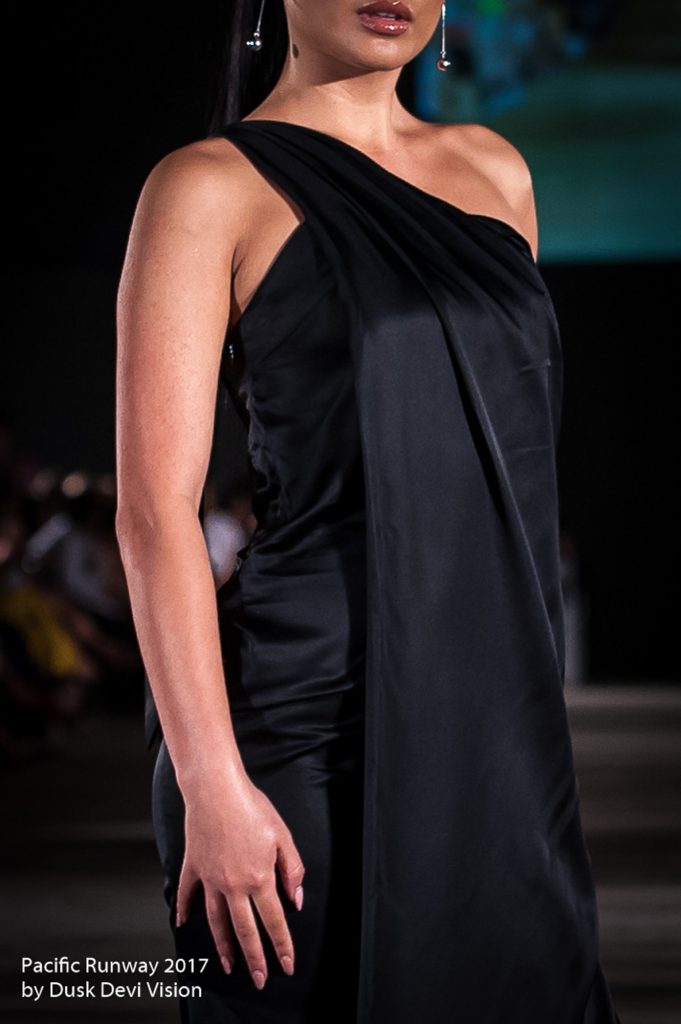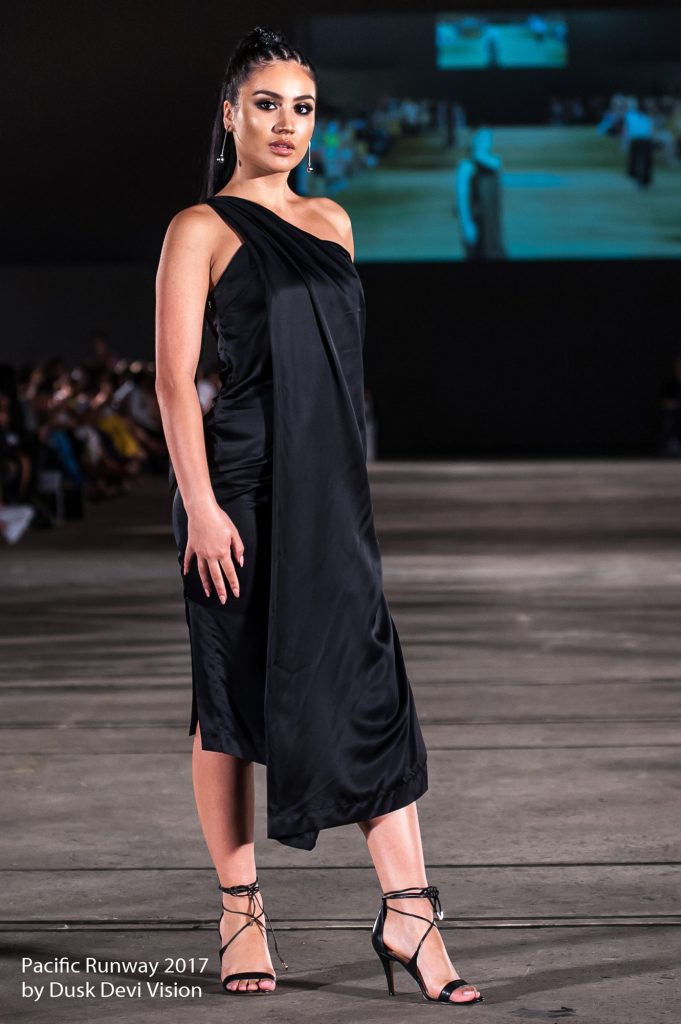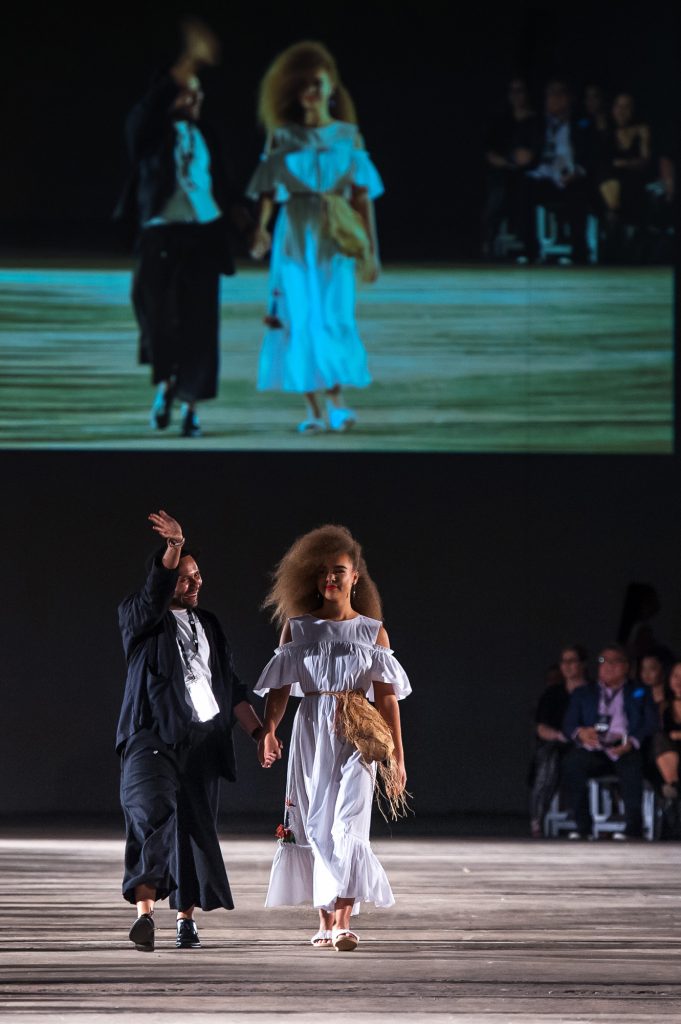WANDERER Issue 1: editorial - LUMINOUS
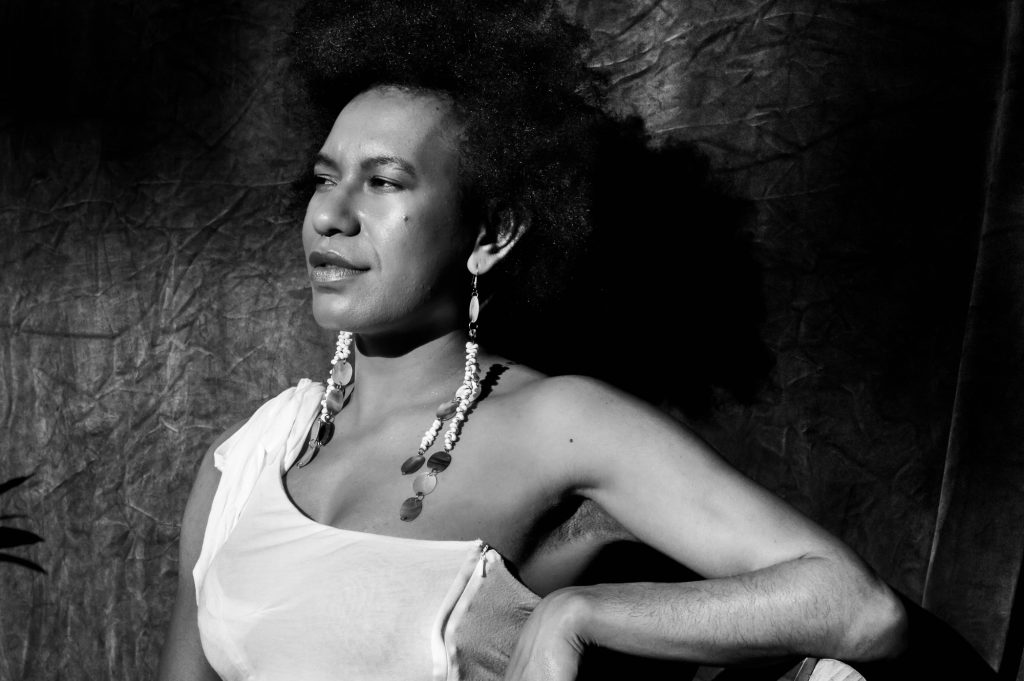

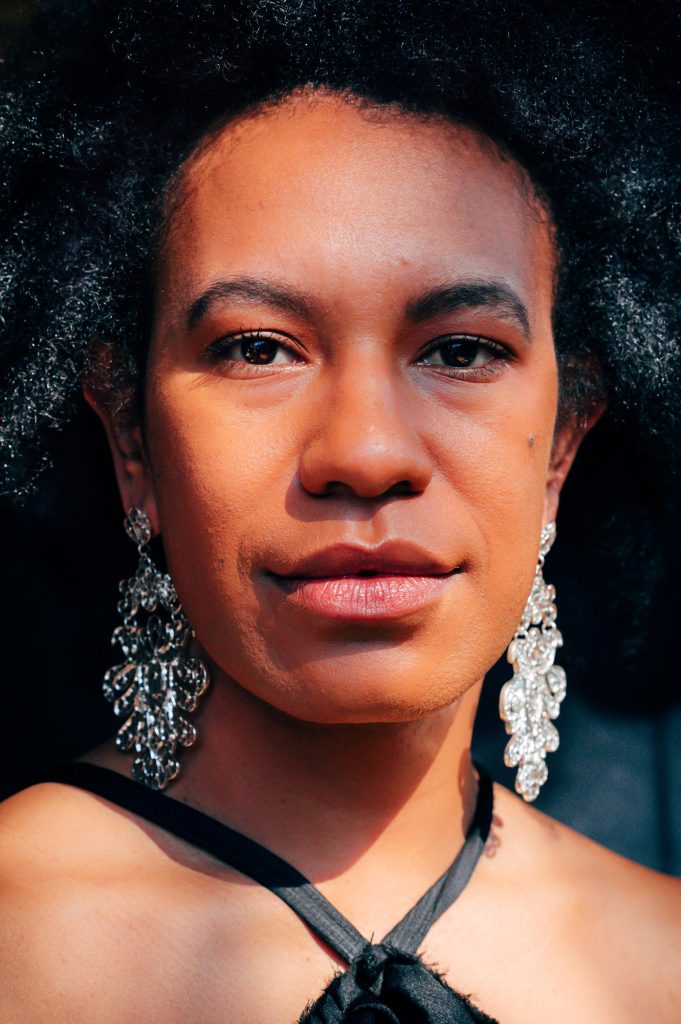
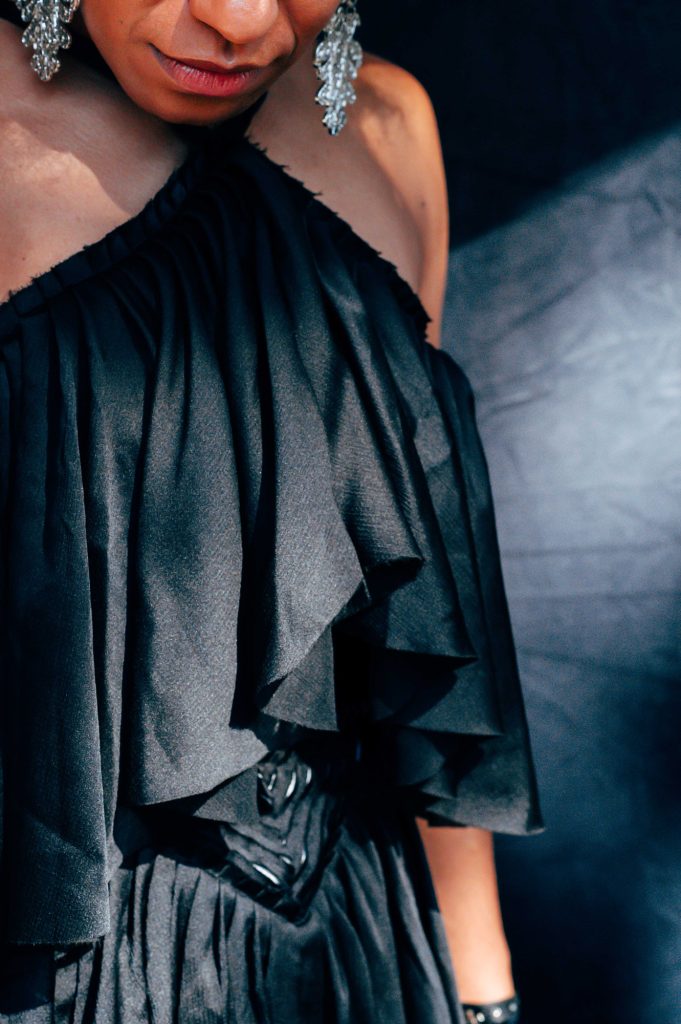
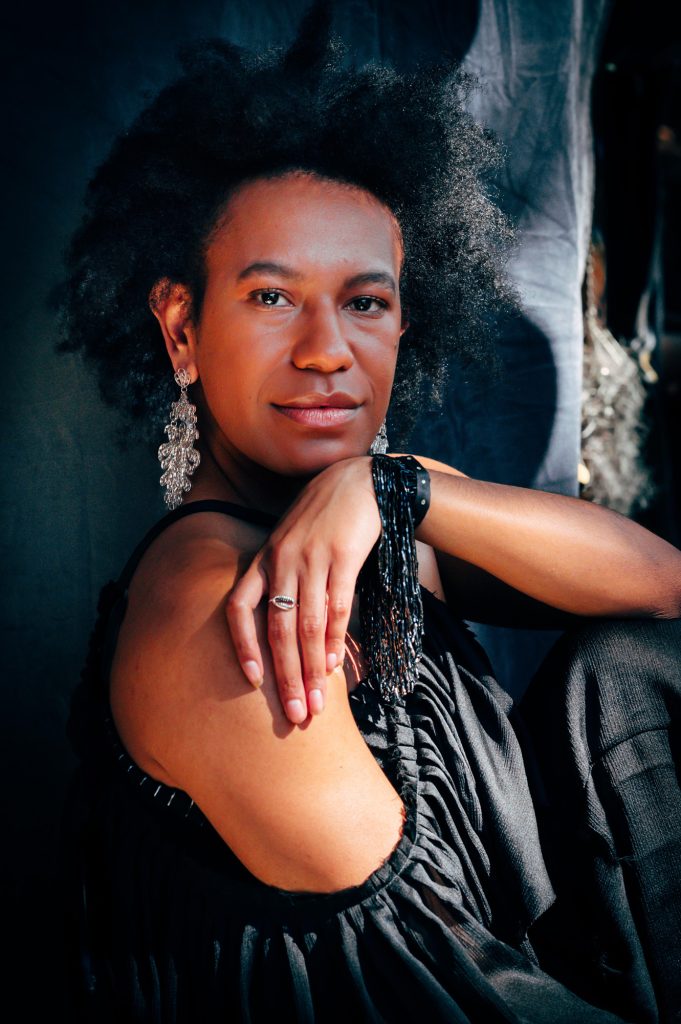
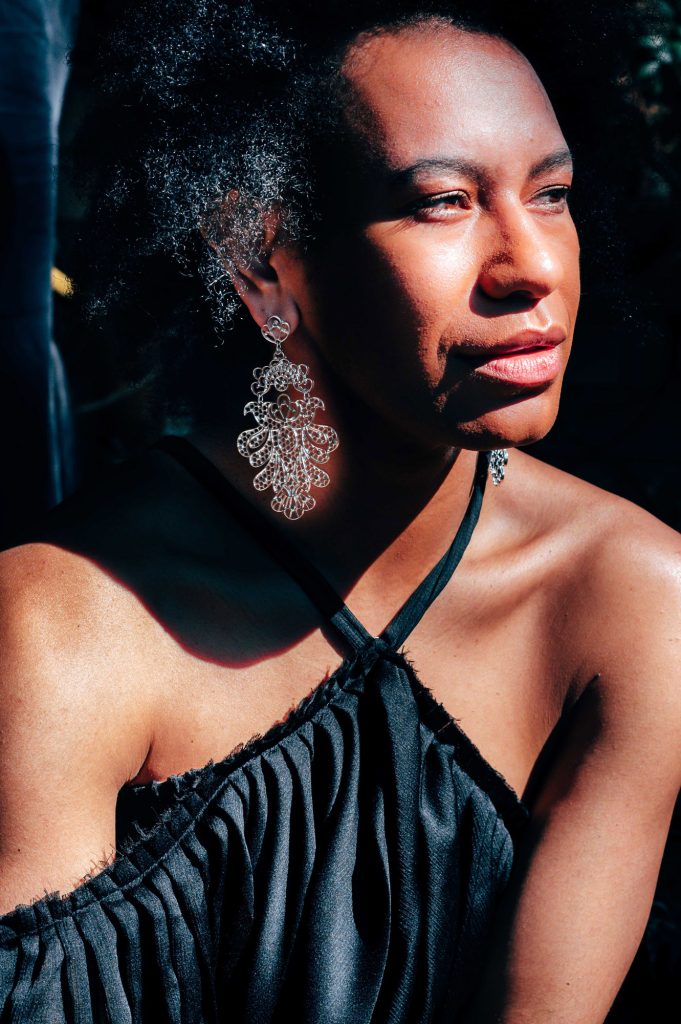
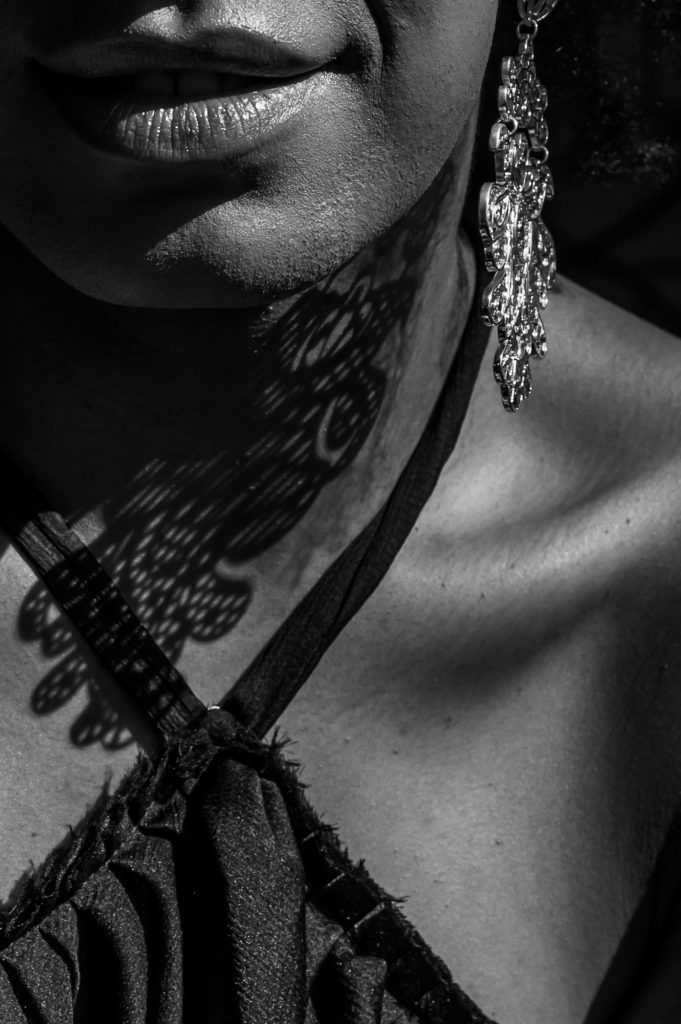
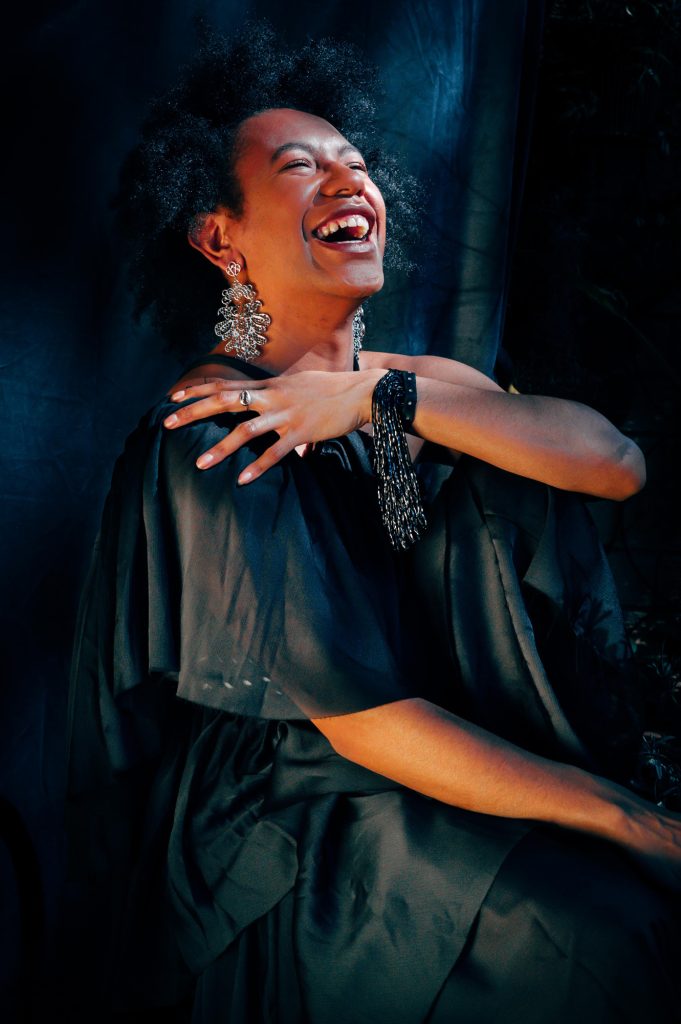
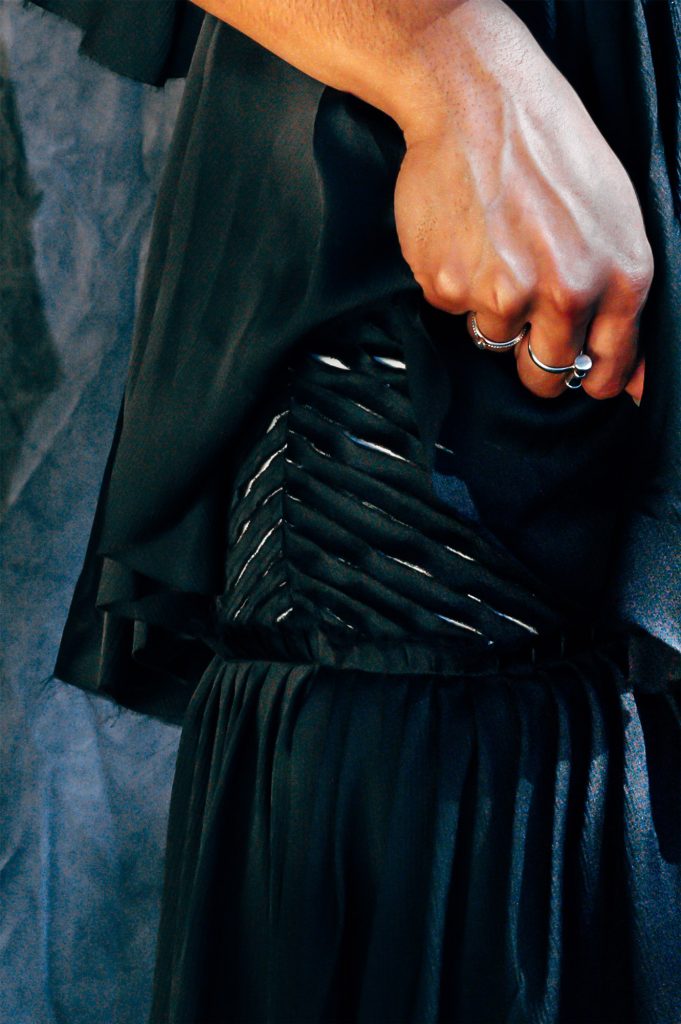
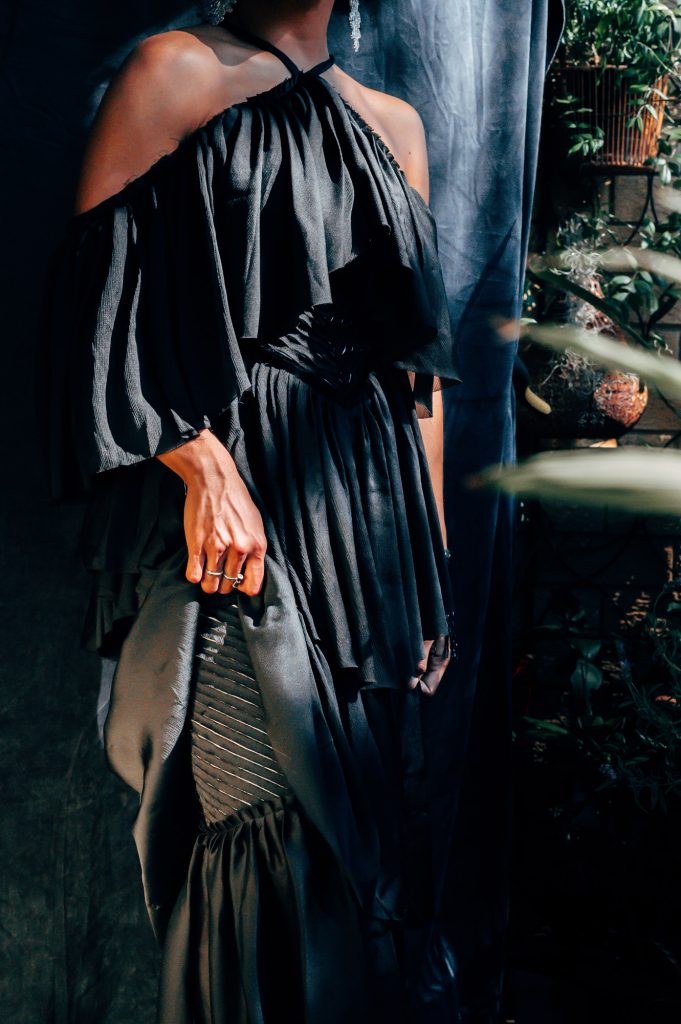
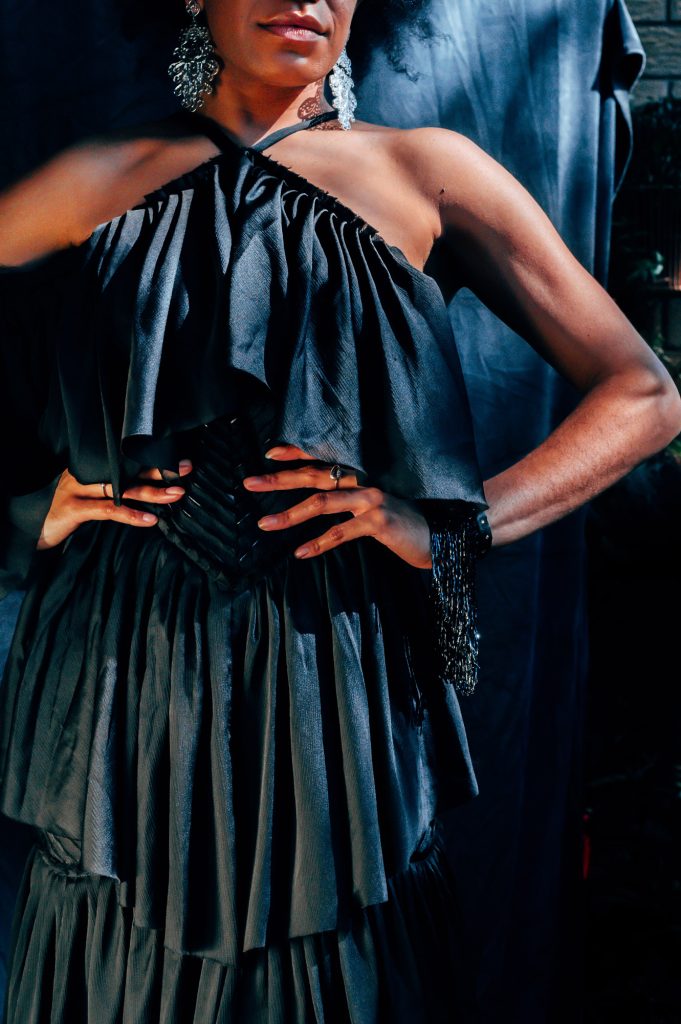
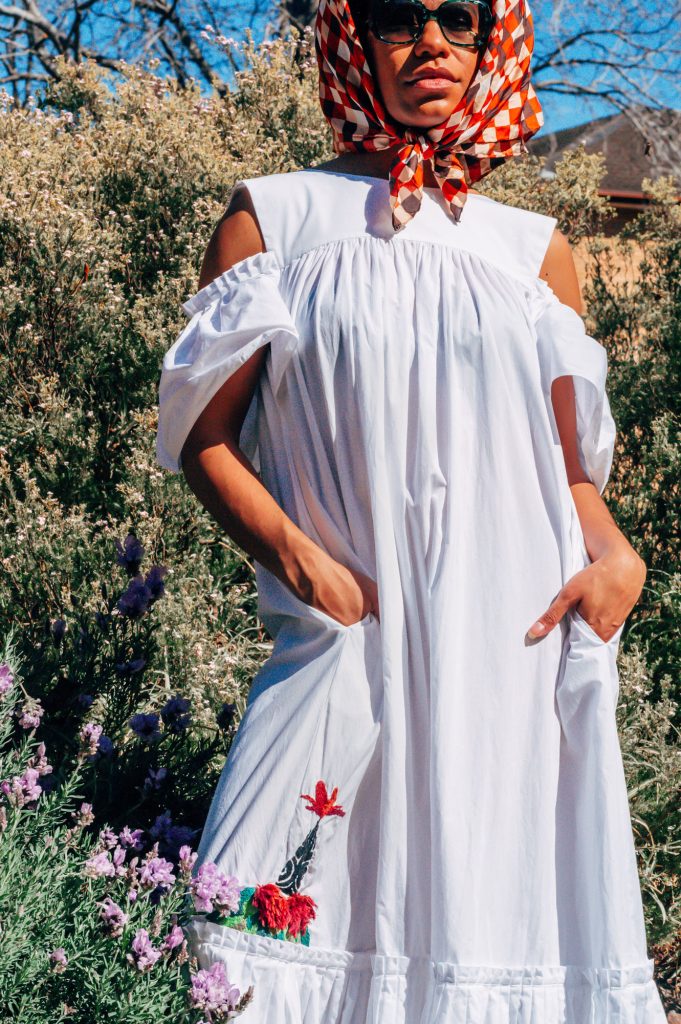
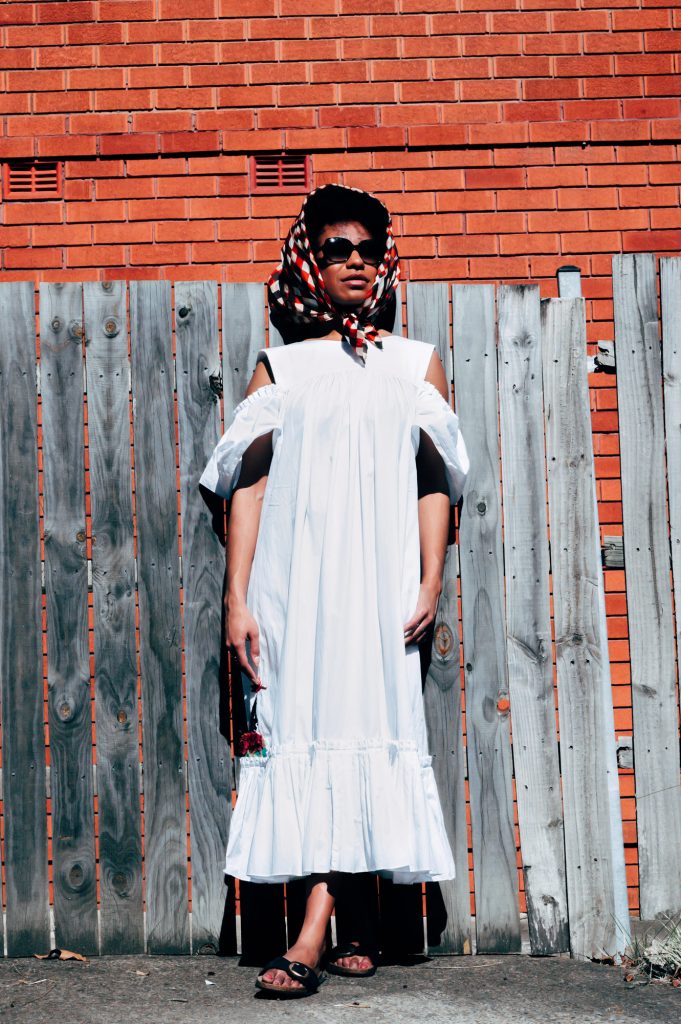
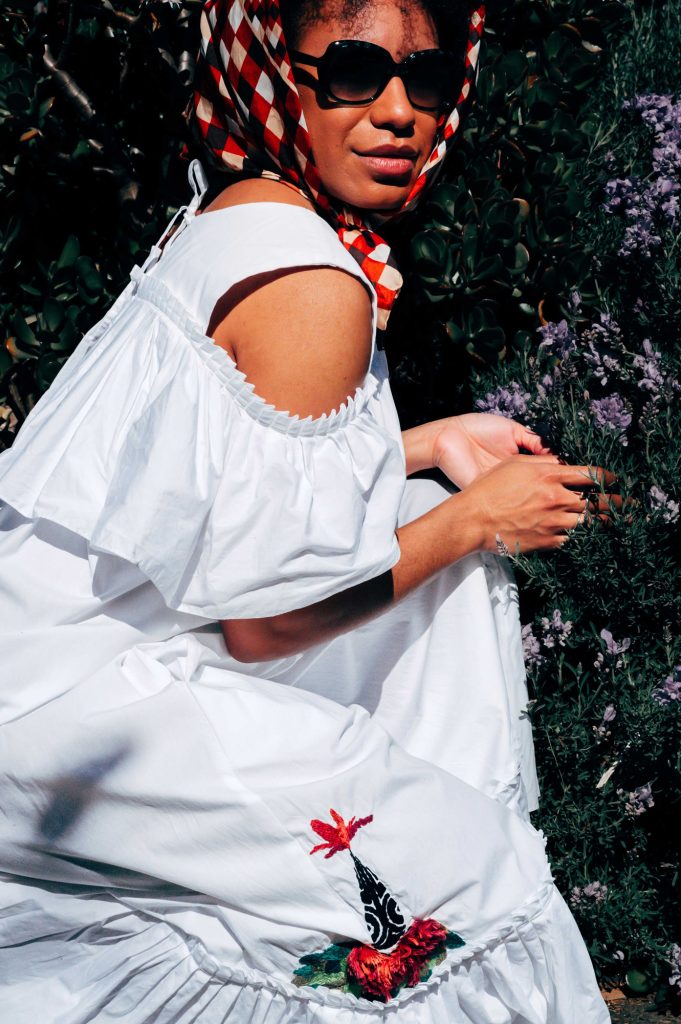
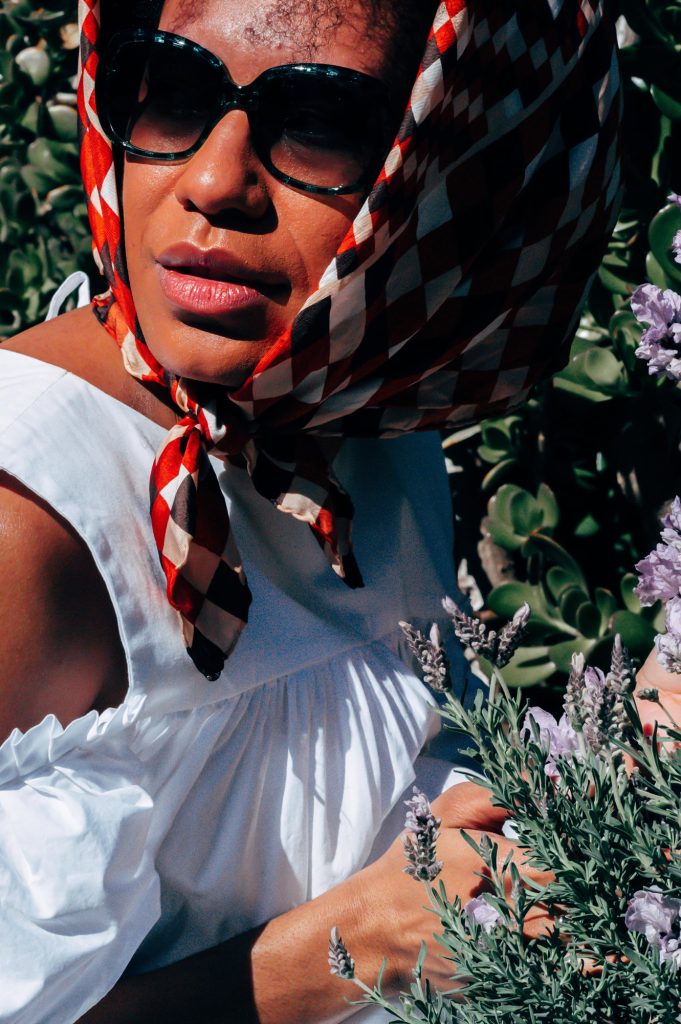
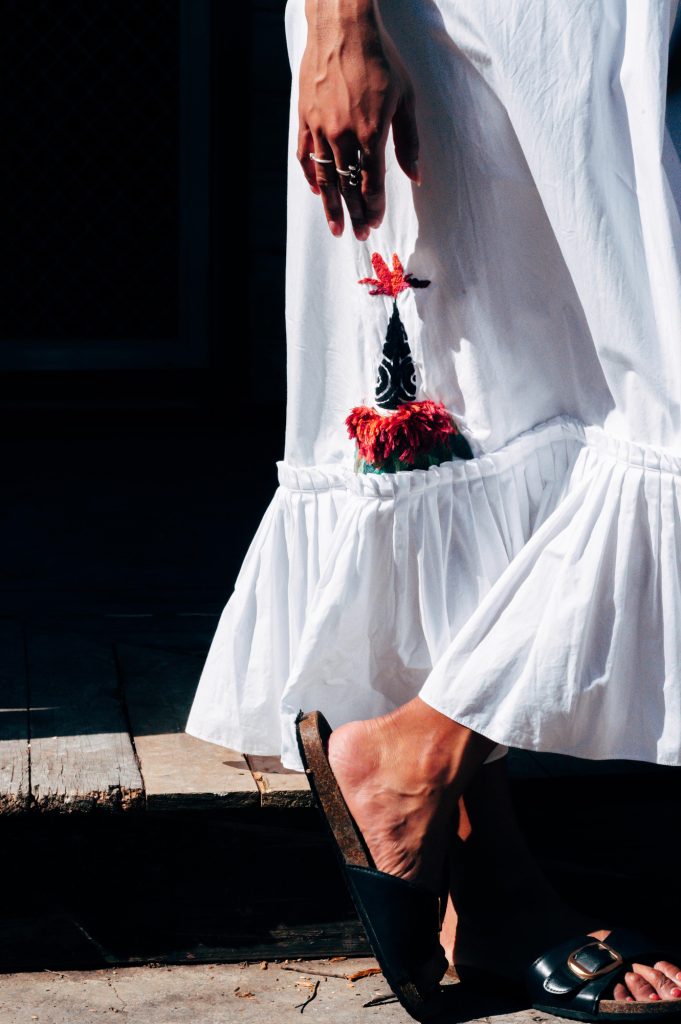

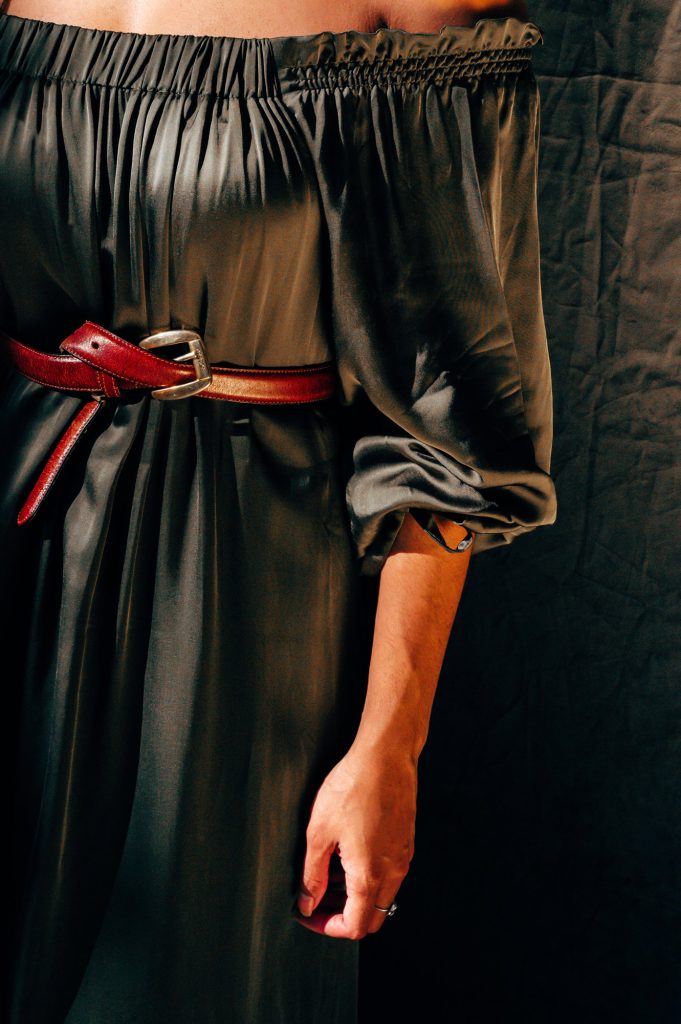
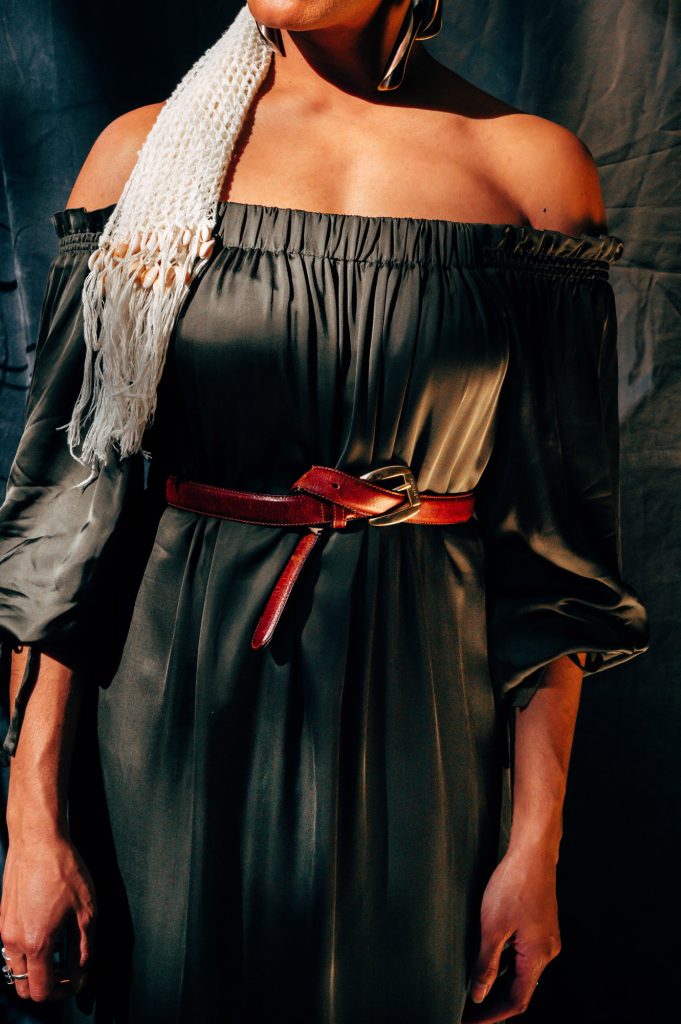
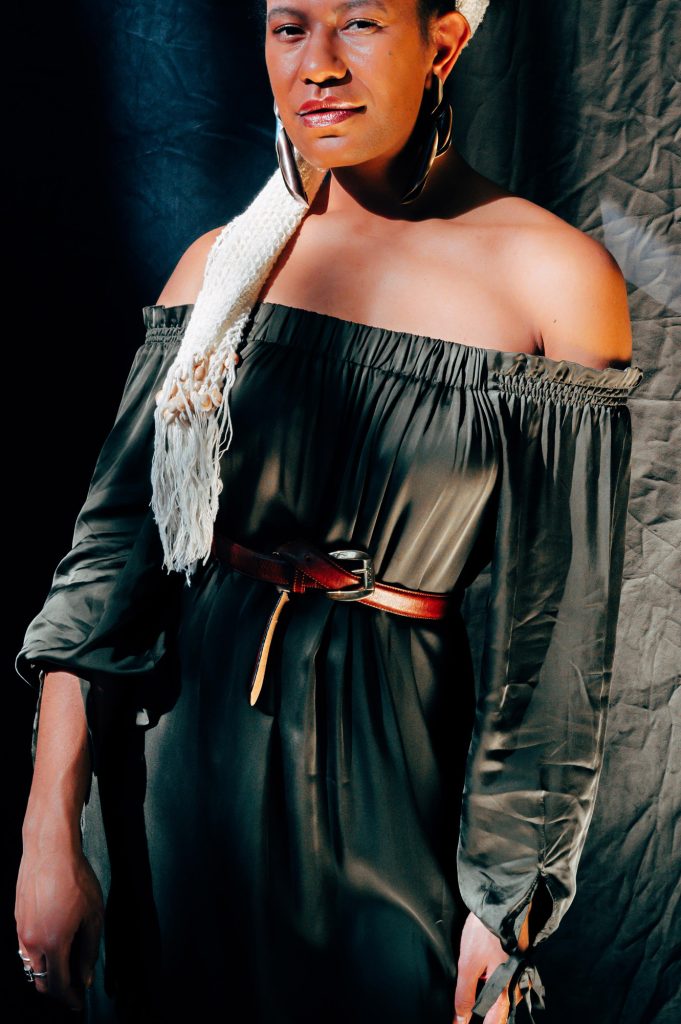
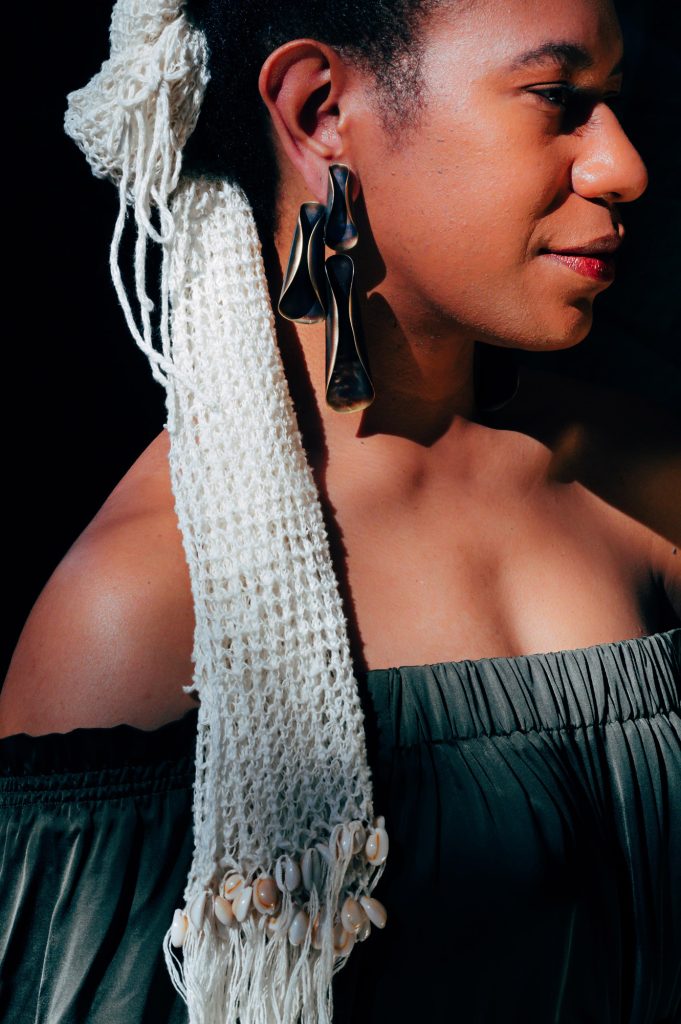
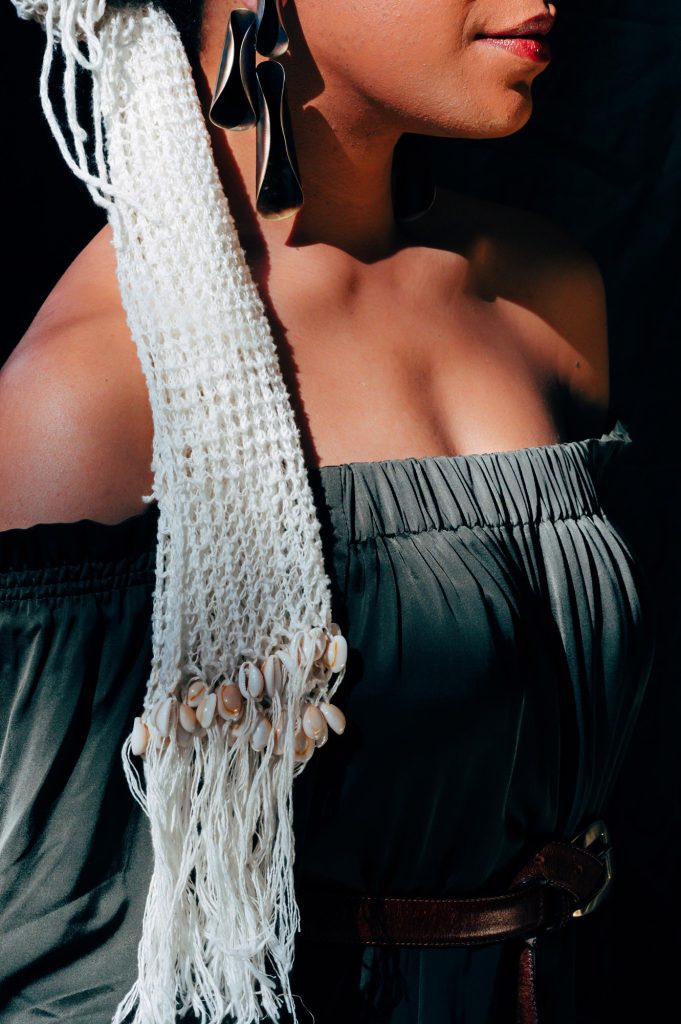
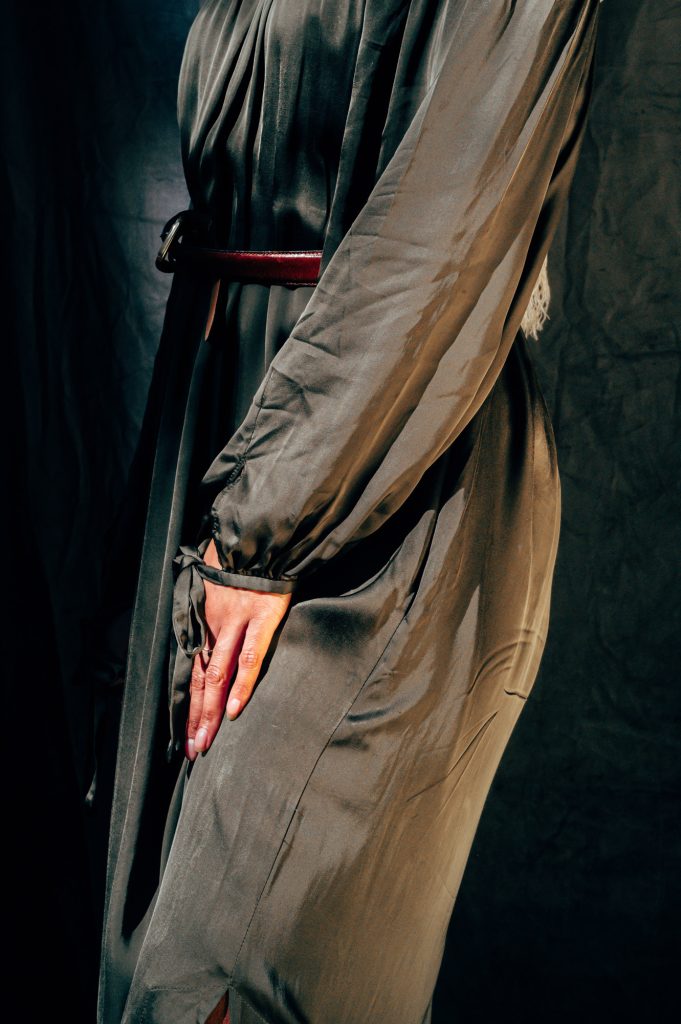
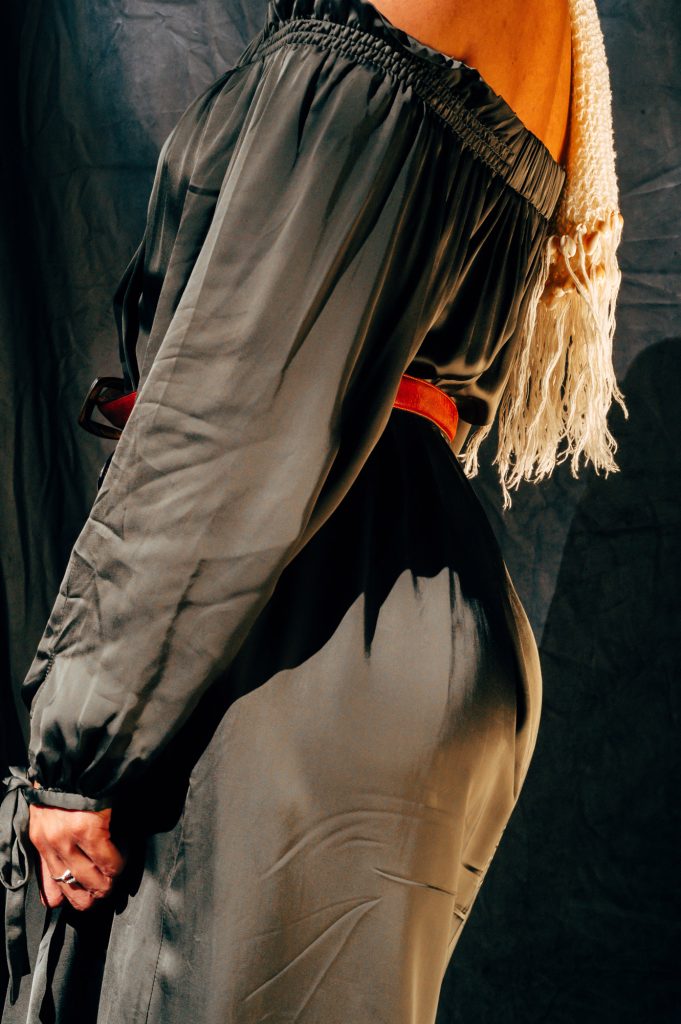
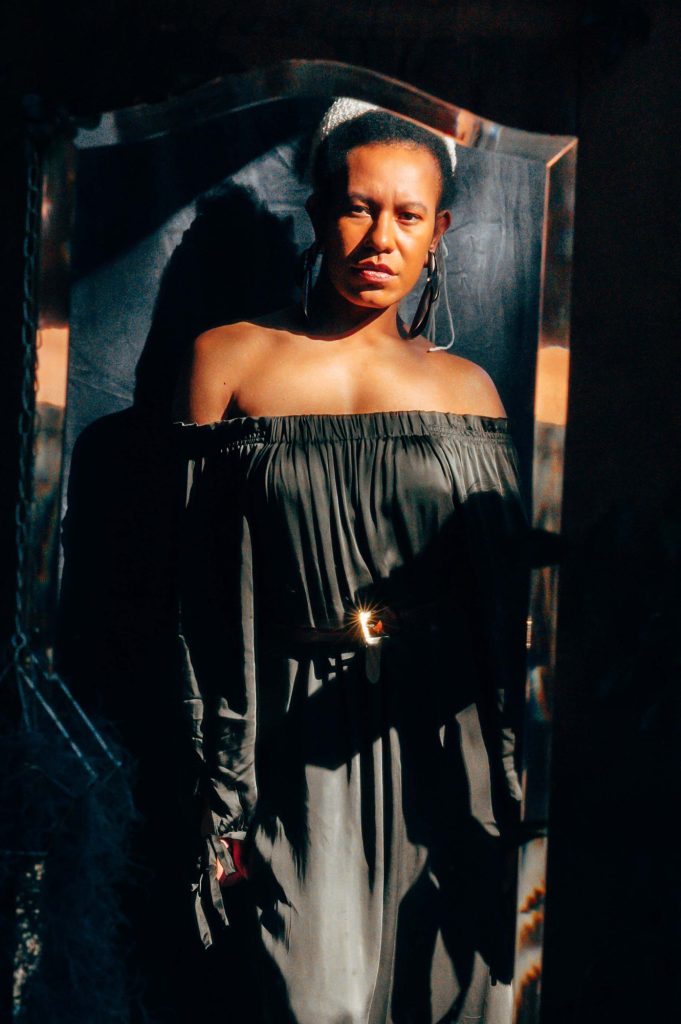
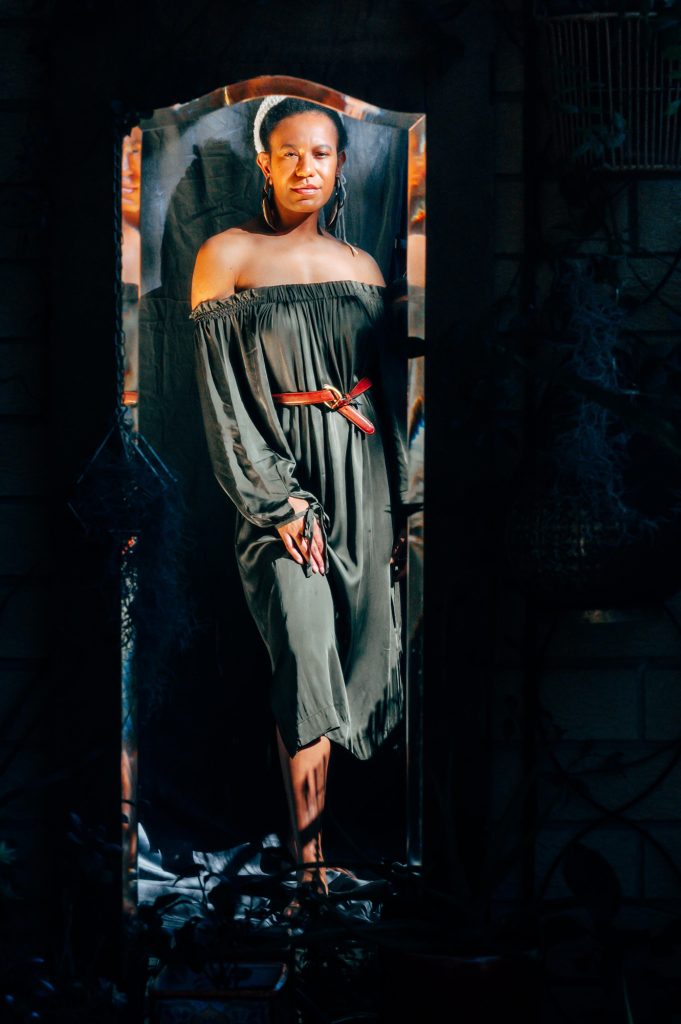
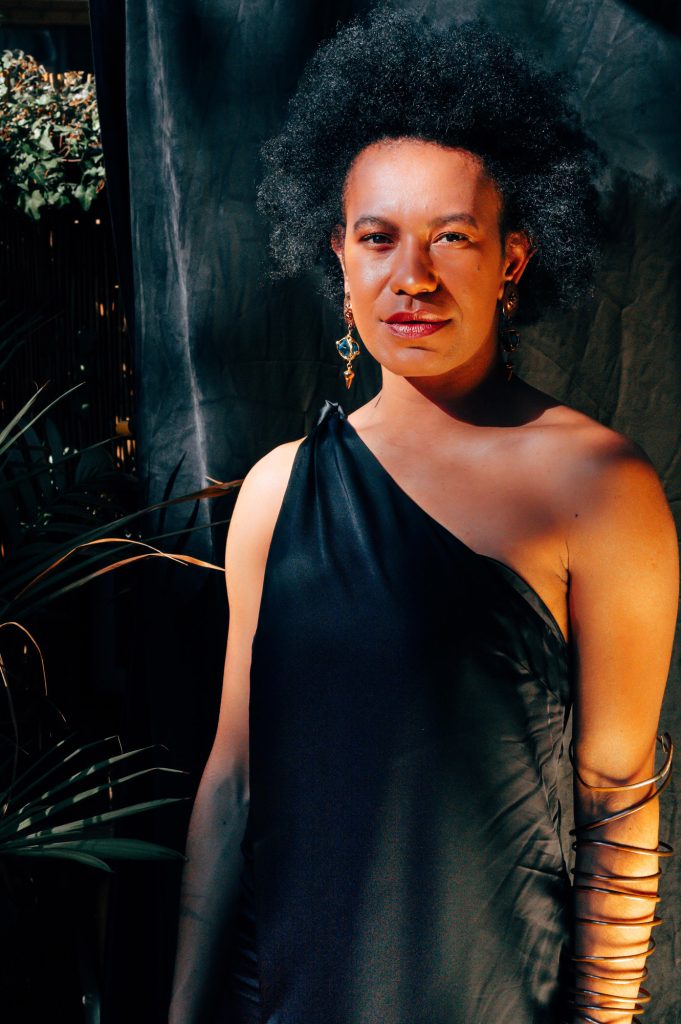
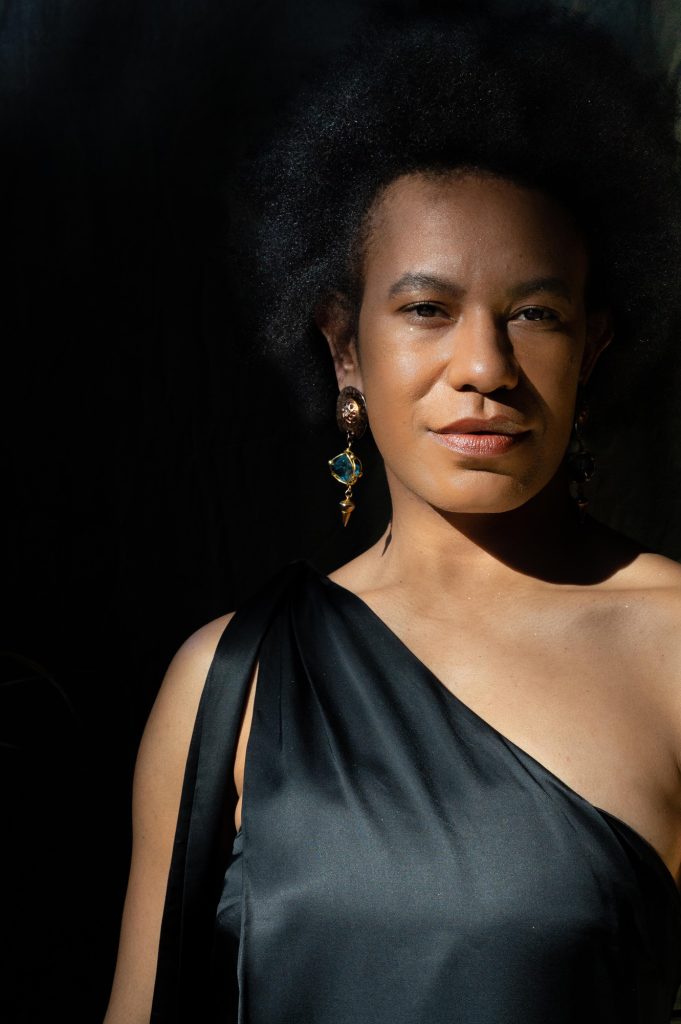
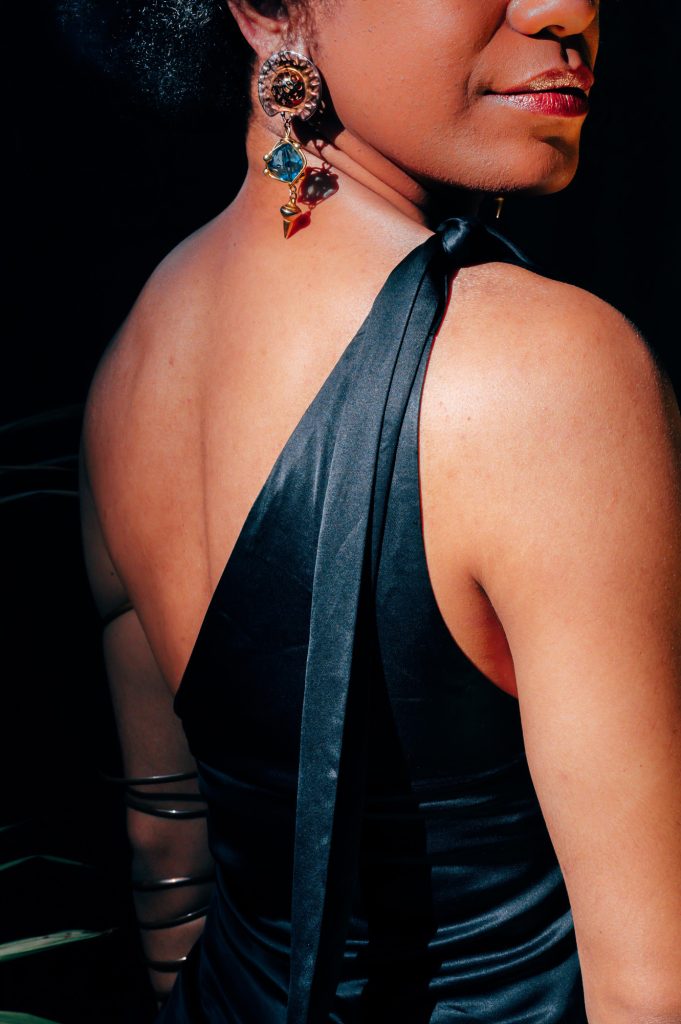
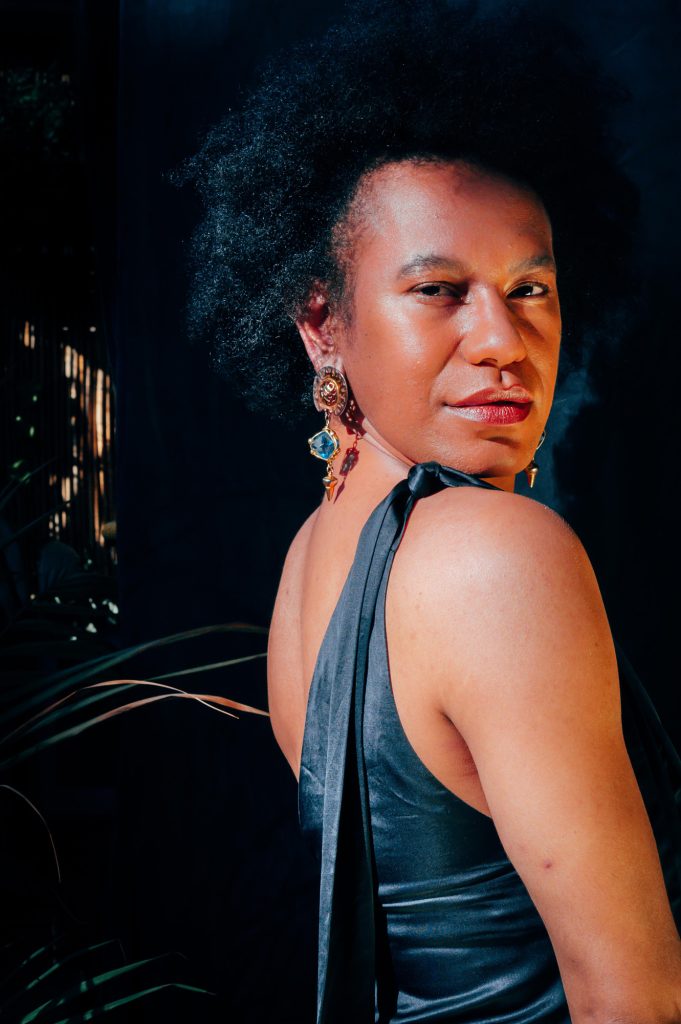
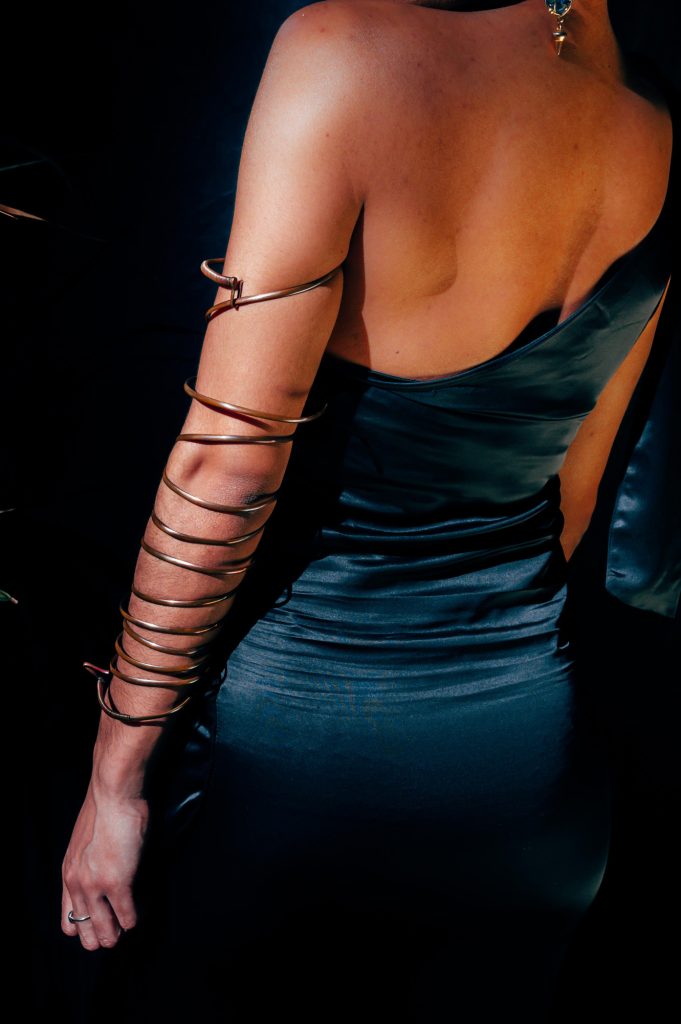
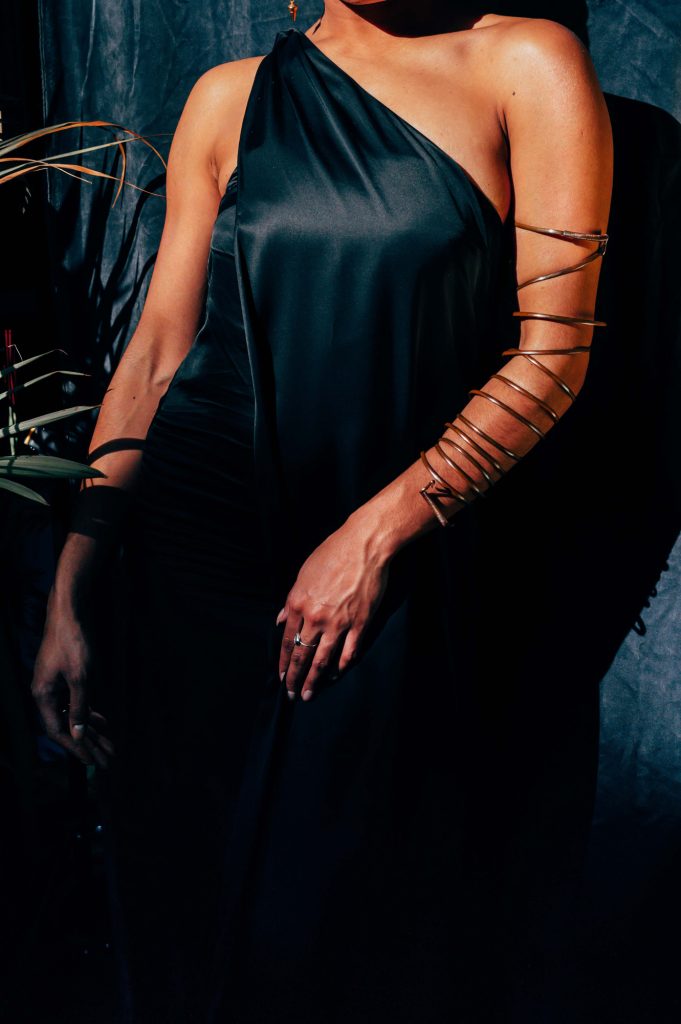
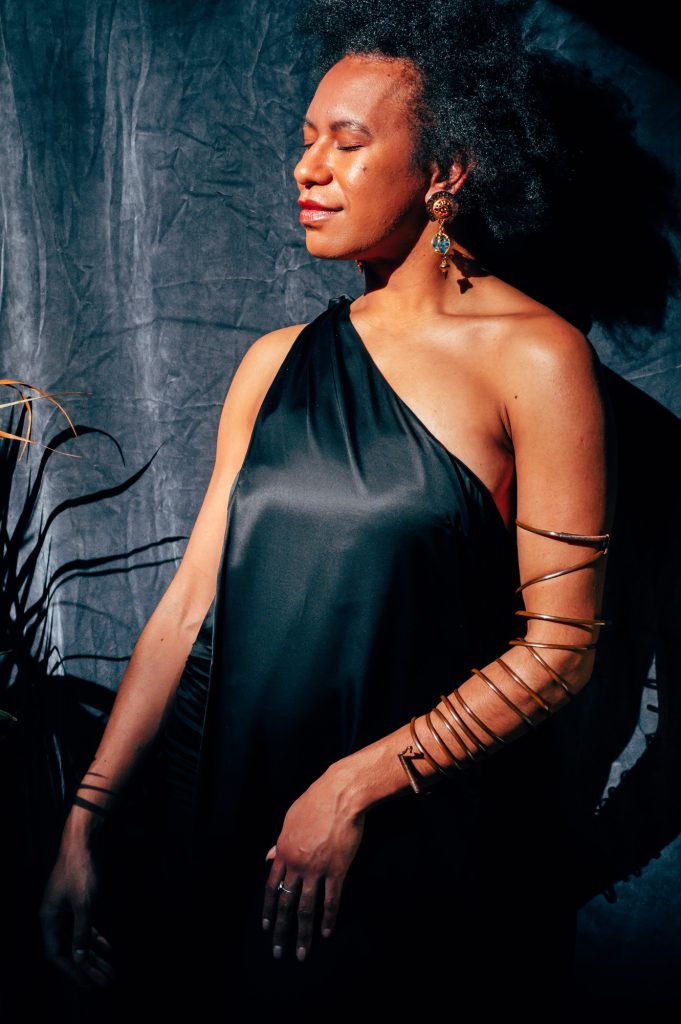
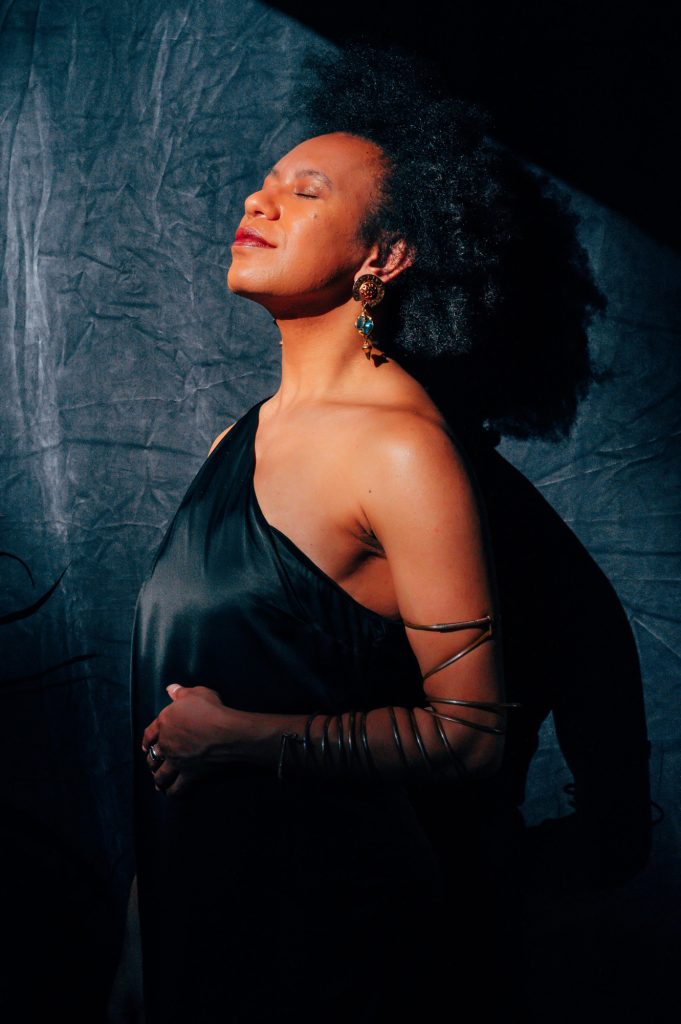
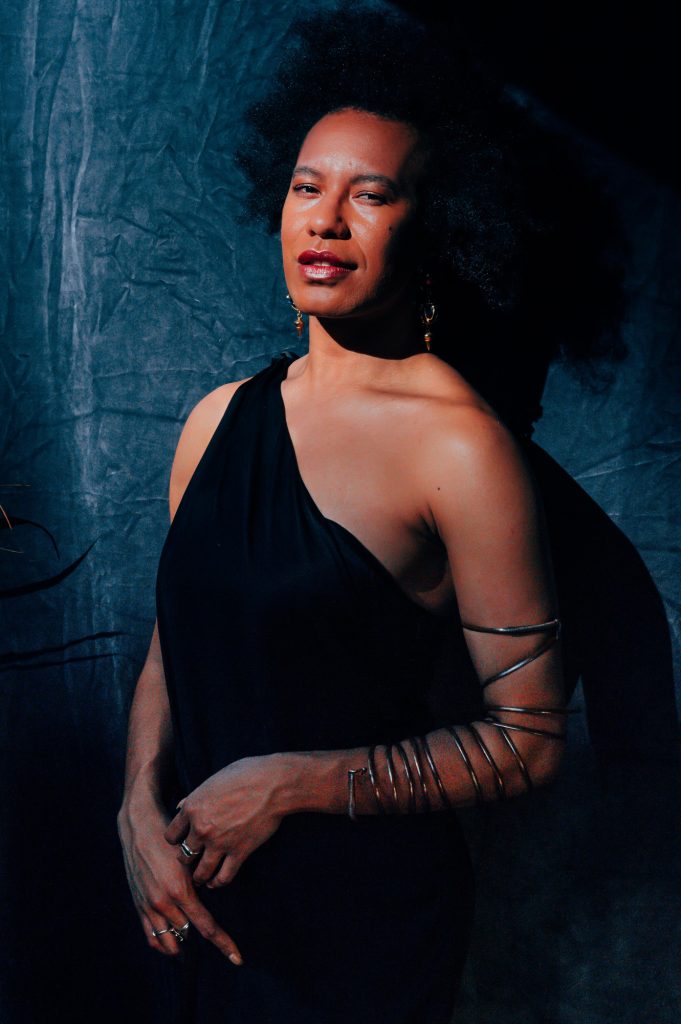
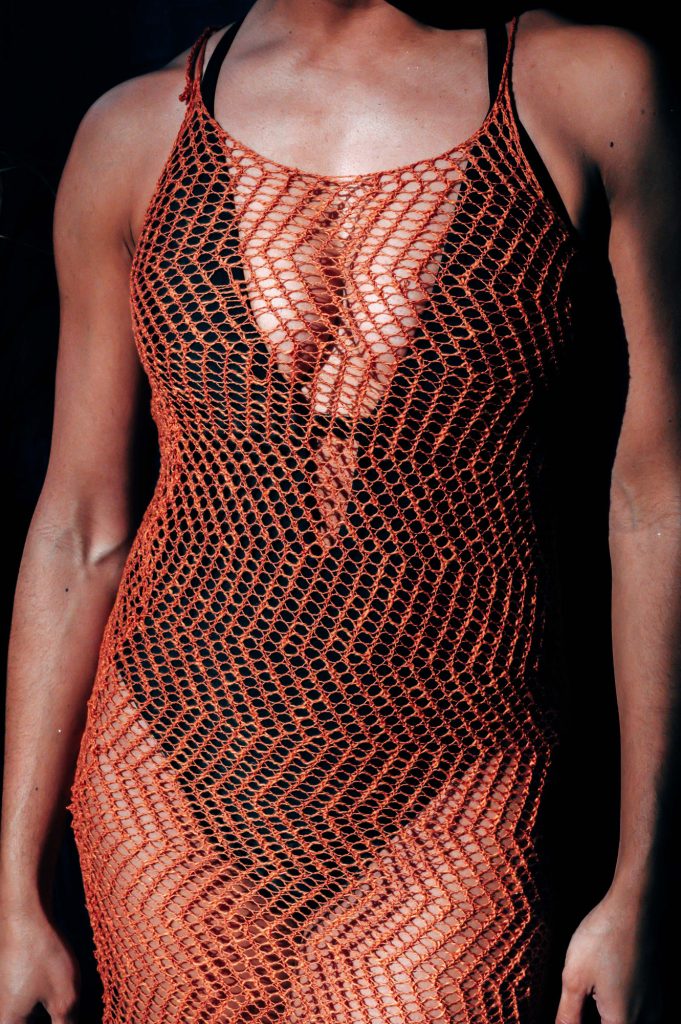

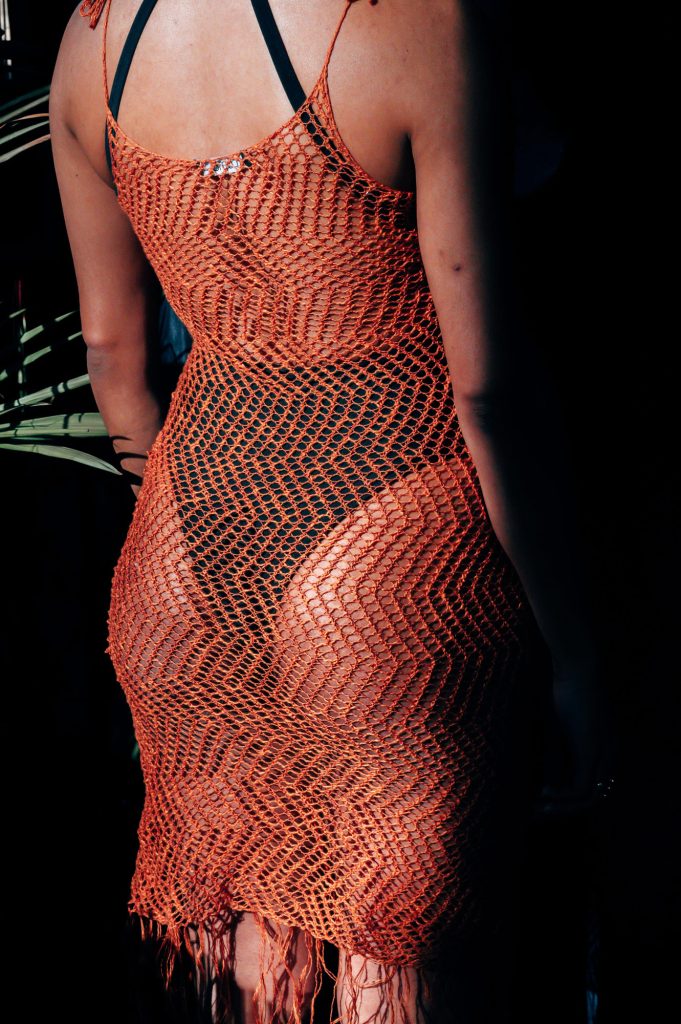
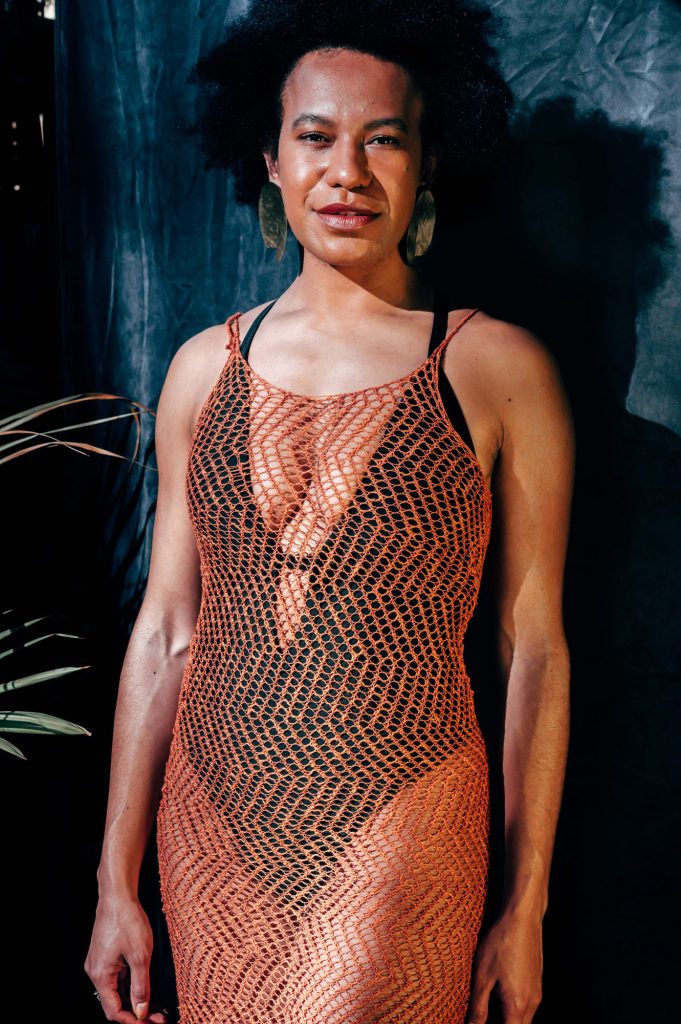
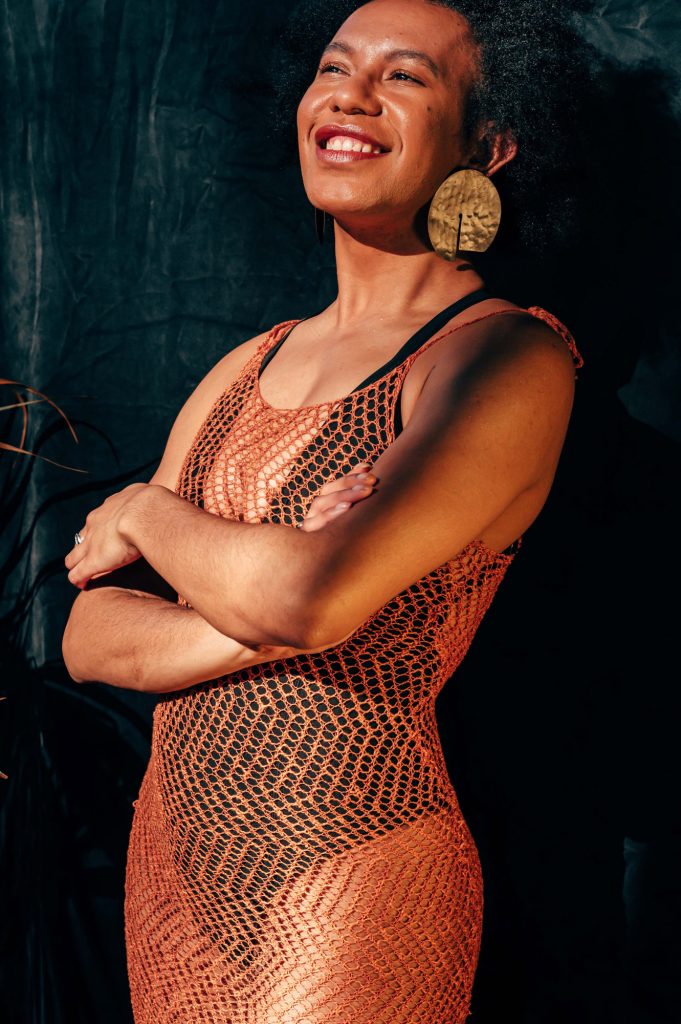
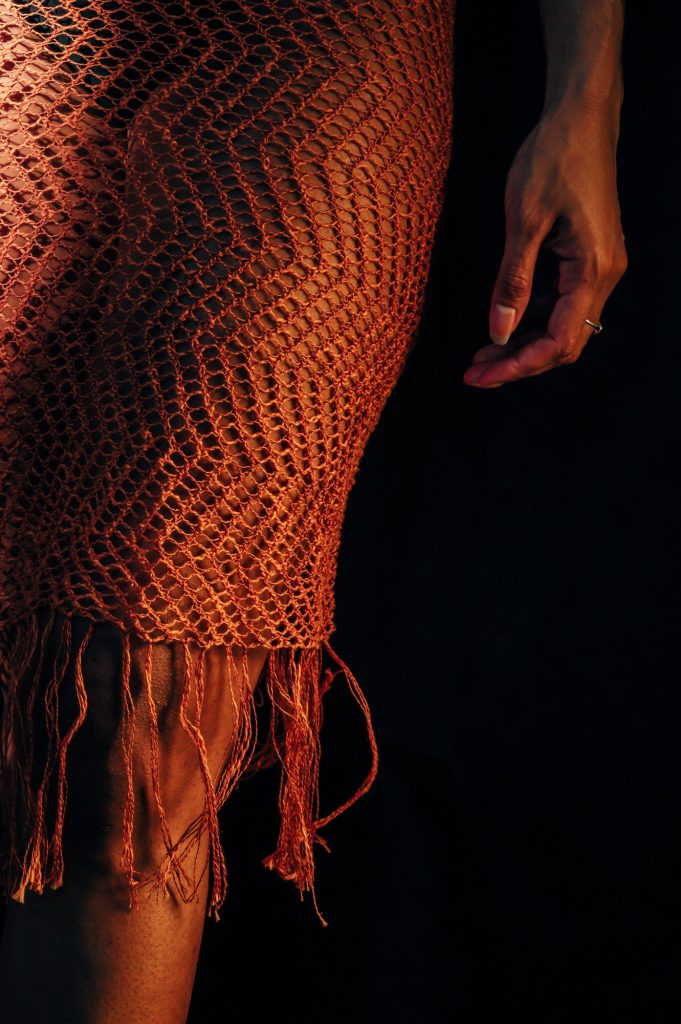
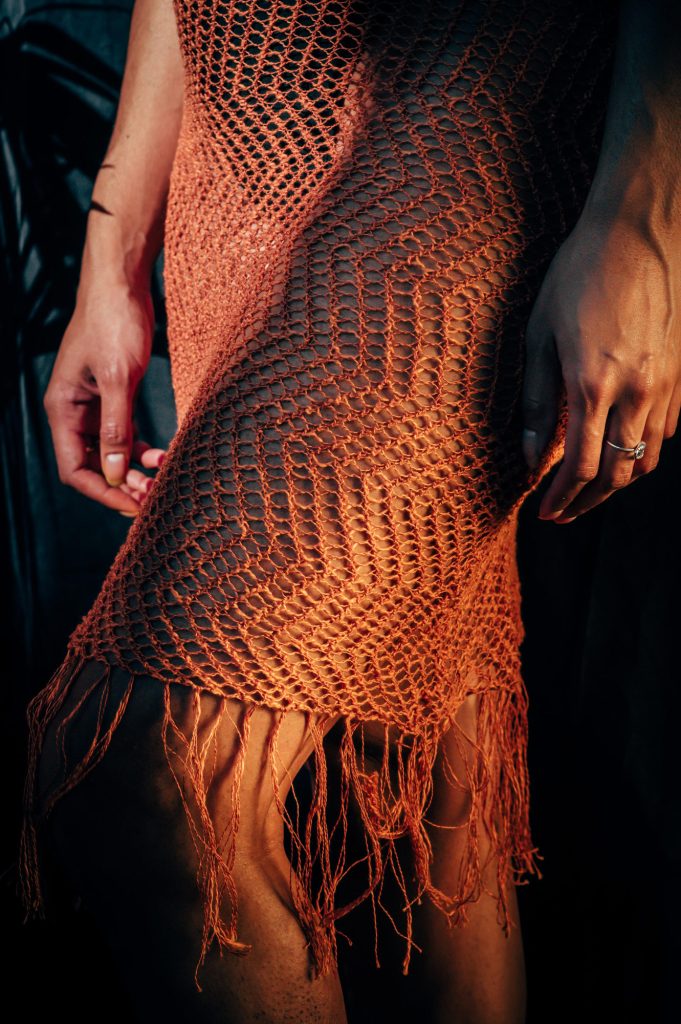

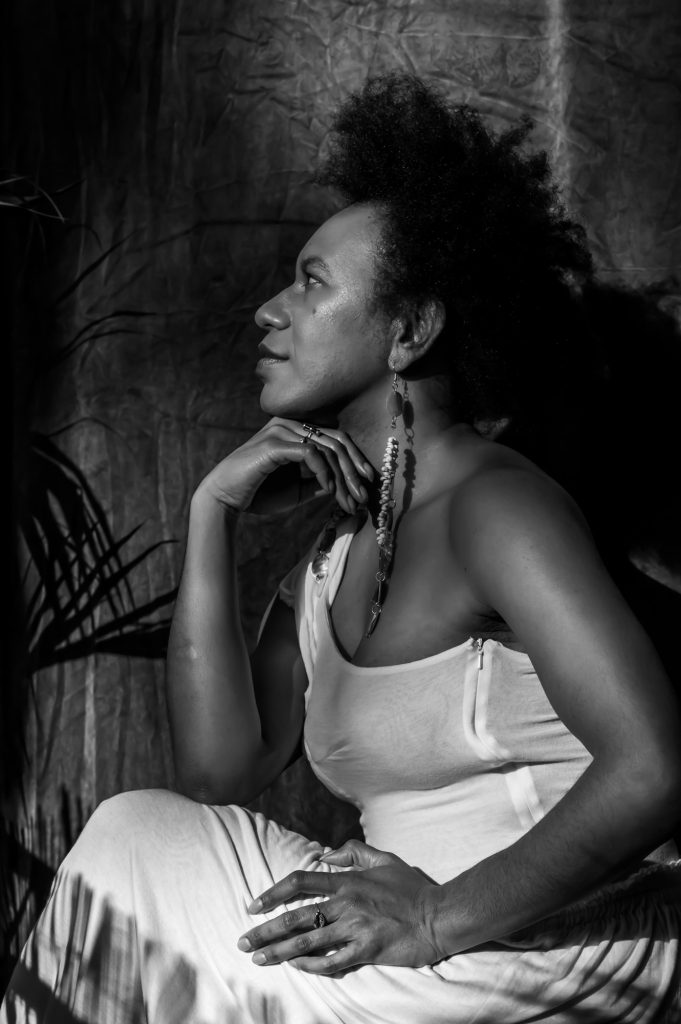
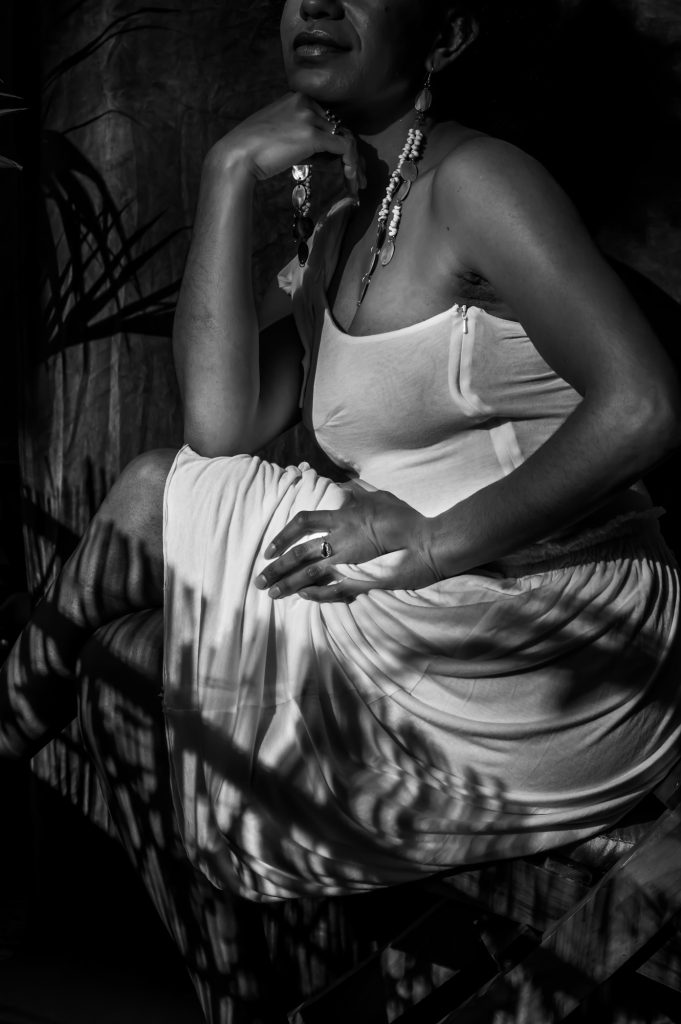
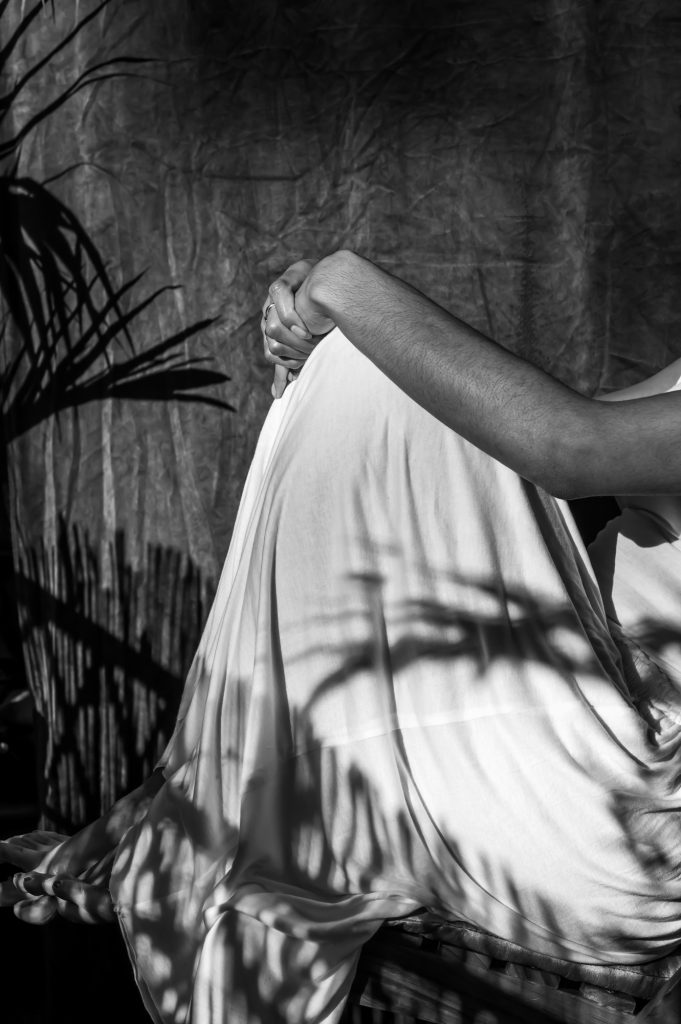
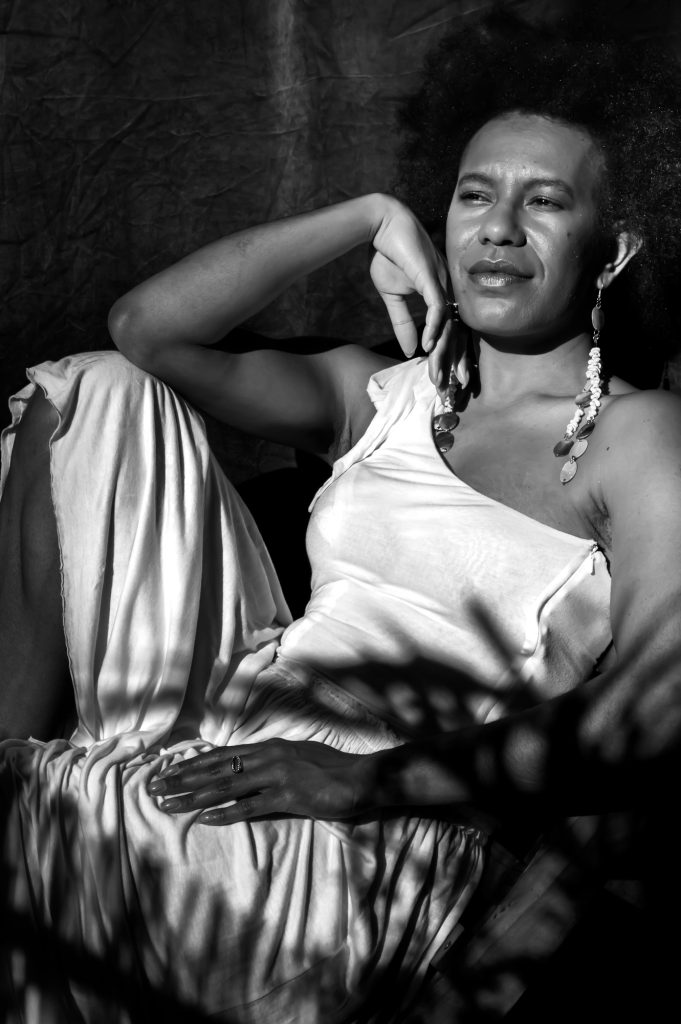
editorial
Lumai
Rabaul born, NZ based Andrew (Dru) Douglas creates simple yet detailed structural pieces inspired by PNG culture.
LUMAI is a subtle homage to Papua New Guinean heritage, while also being clever tweaks of modern silhouettes.
“Storytelling. I have always loved the idea of being able to communicate ideas and stories through garments. Everything I create has intention and purpose behind it. My creative expression helps honour who I am and how I see myself in the world.”
What is success?
My cultural heritage is inherent to Lumai’s success.”
Dru draws inspiration from the cultural fusion that is the everyday fashion of Papua New Guinea, combining elements of “bilas” (body adornment) traditional cultural dressing, with the Euro style of dressing introduced by Christian missionaries.
LUMAI is named after Dru’s Mother’s indigenous name.
Dru calls himself a Phygital Fashion Designer but…“I tend to work with natural fibres, silks, cottons and linens; they’re also my favourites to sew with. “
Being an autonomous designer means you can make your own rules and not follow the norm of the established fashion cycle.
FEATURE - Dru Douglas

[Please see PNG AT PACIFIC RUNWAY]
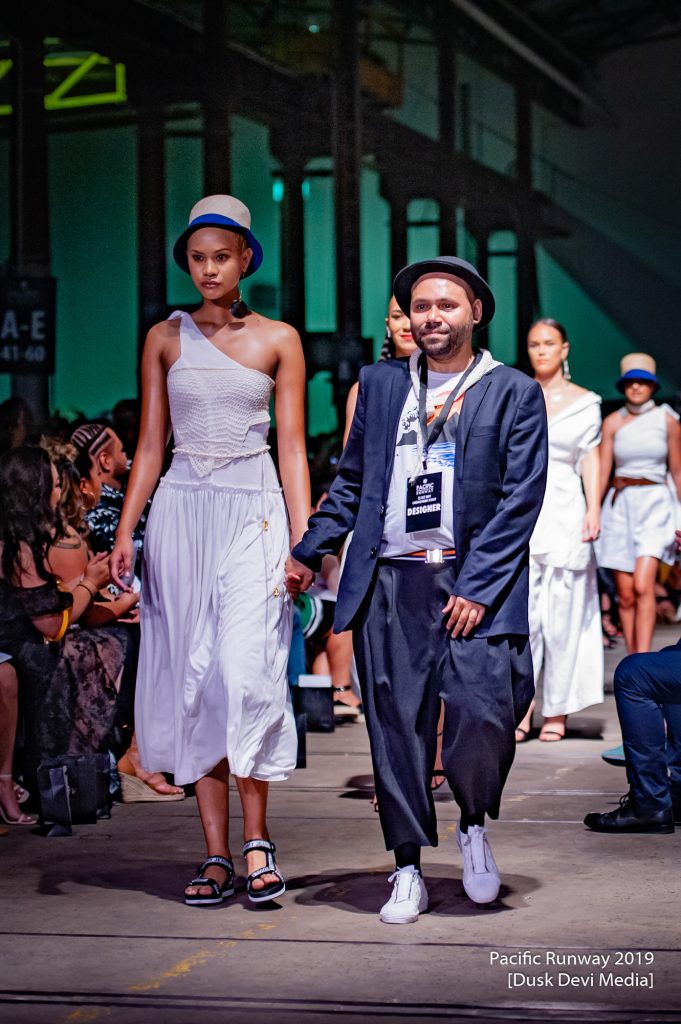
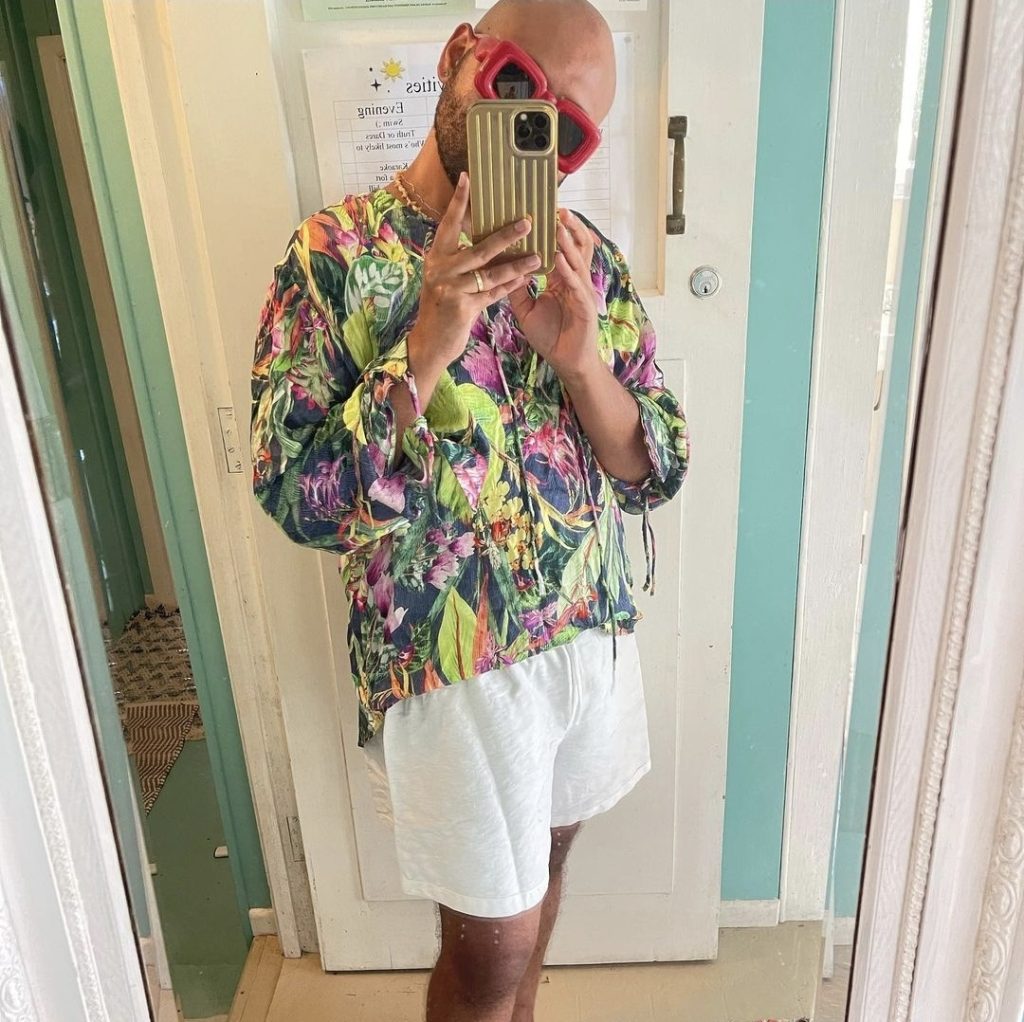
Yes. I have always wanted to be a designer since a very early age. My mother used to sew meri blouses when I was a child, so I’d always use her fabric scraps to dress up my dolls (Yup I had barbie dolls – I cried every year for them so my parents finally gave in one year).
My fav TV show was Style with Elsa Klensch on CNN! That was when I discovered Versace (when Gianni was the creative director) and I wanted to grow up to be Gianni.
2. Time travel: when, where and why?
Rabaul, PNG; pre-twin volcanic eruptions in 1994. I was 10 when it happened, so it all was rather exciting, school got cancelled for the remainder of the year so it felt like a bit of a holiday…..just with a lot volcanic dust, pumice and constant earthquakes.
Years later when I moved to NZ, I finally realised what a huge loss it really was for me.
We lost our home (it got buried), pretty much everything except the clothes on our backs.
I recently went back to Rabaul to where our house once stood and it was just really sad and difficult for me to see what was no longer there.
3. What are your best traits?
Hardworking, friendly, empathetic, optimistic, sassy? haha
4. What colour would you use to describe yourself?
I’m tossing up between a blue and green.
I’ll go with green because I love going on road trips through NZ and when I see the green hills, trees etc I just feel so calm, relaxed and present.
5. Do you read? If so, 3 favourites (can be books, newspapers, magazines) and why.
Yes. Long Walk to Freedom – Nelson Mandela, A Fine Balance – Rohinton Mistry, My Walk to Equality – Rashmii Bell, a collection of Women’s writing from PNG.
6. If you could eat only one meal for the rest of your life, what would it be?
Aigir (traditional dish from Rabaul, PNG)
7. What is fashion to you?
An expression of oneself at a certain period in time.
8. Do you have a signature outfit?
Usually a black and white colour palette.
9. What do you believe in?
Good energy!
10. What do you want to be remembered for?
Having some sort of impact on the fashion industry in PNG.
11. What do you wish someone would ask you?
Do you want me to help fund your label?!

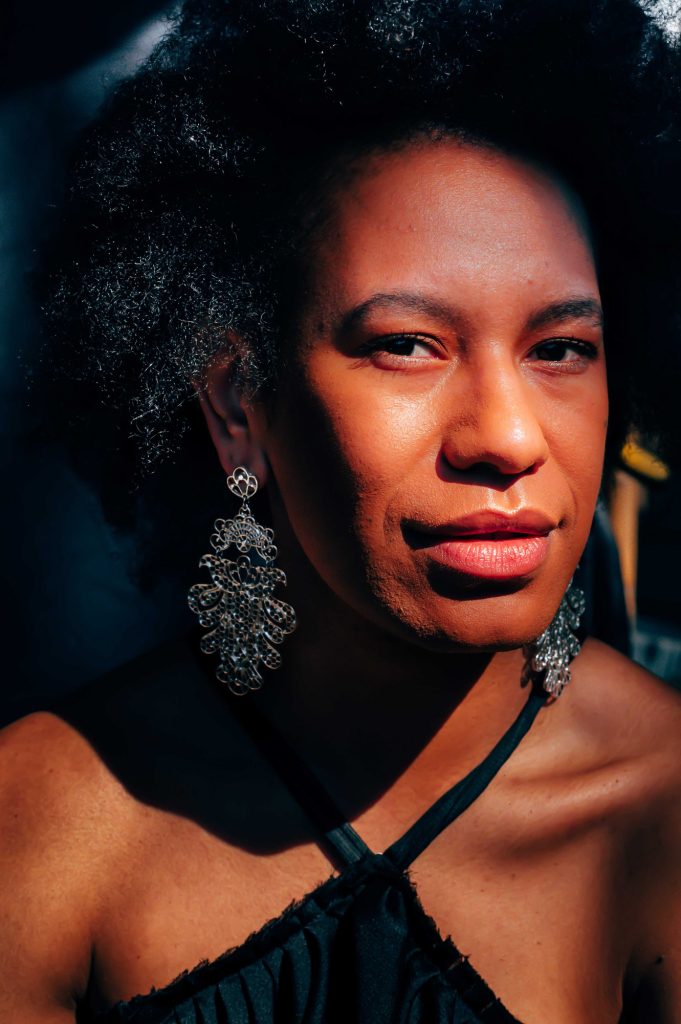
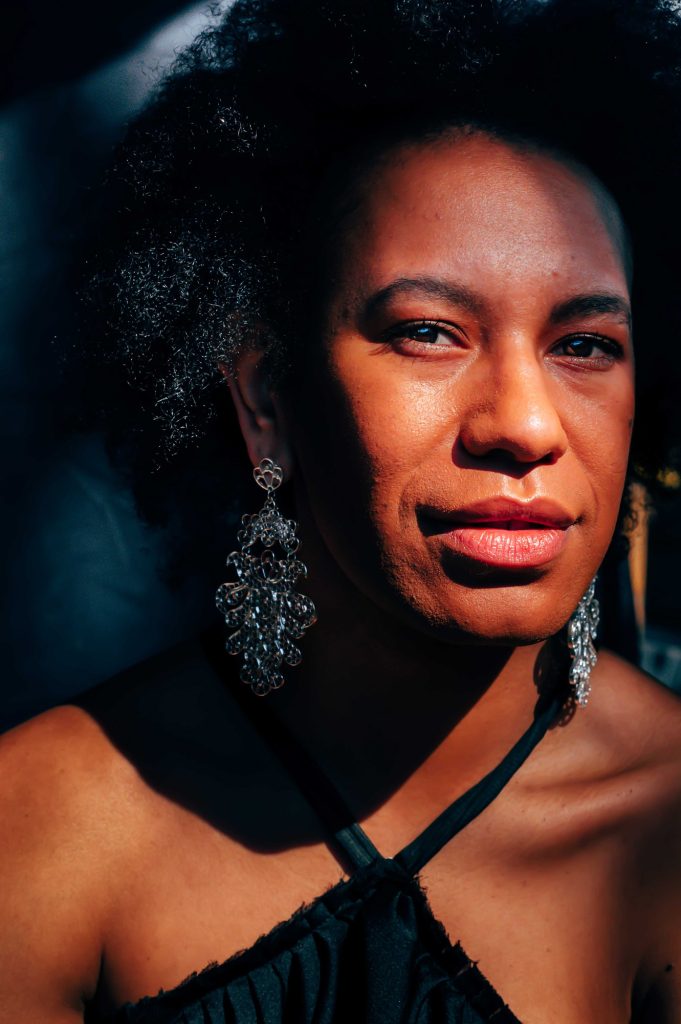
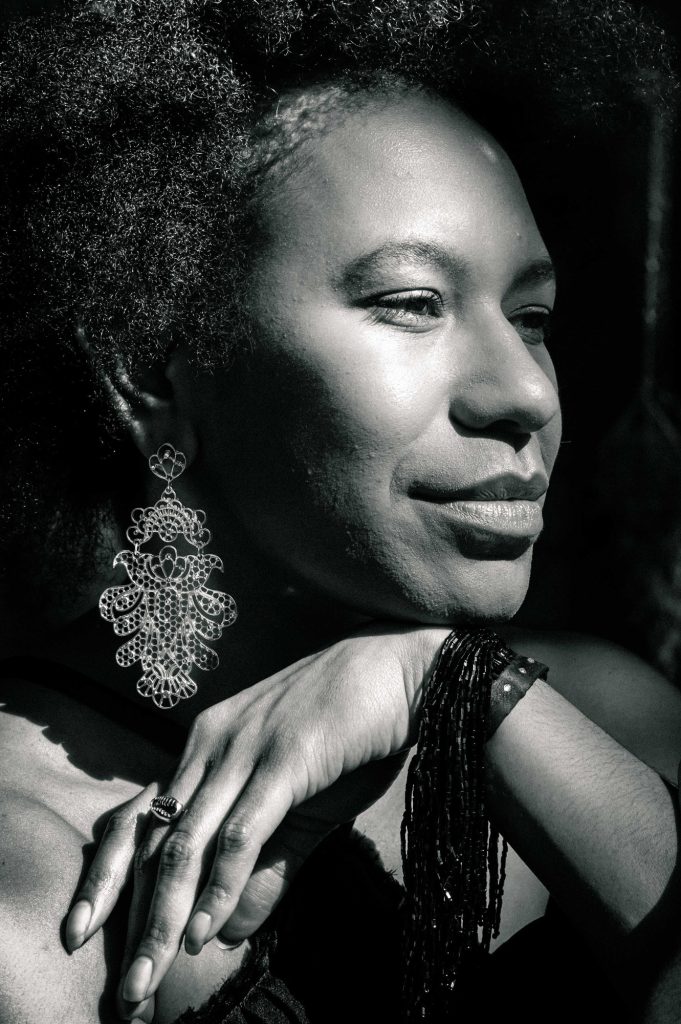
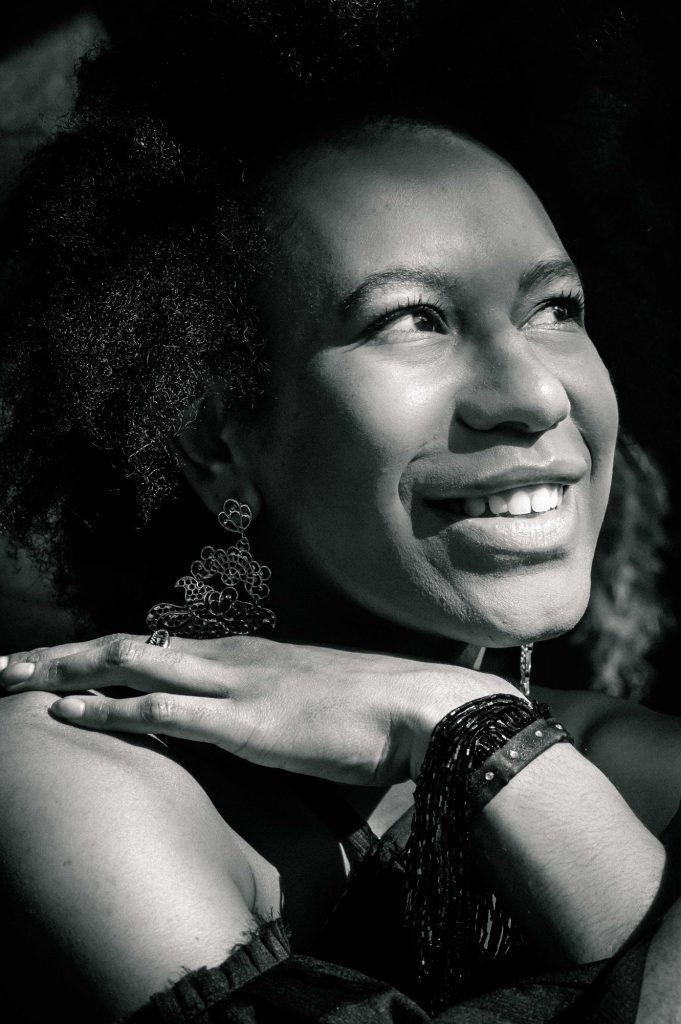
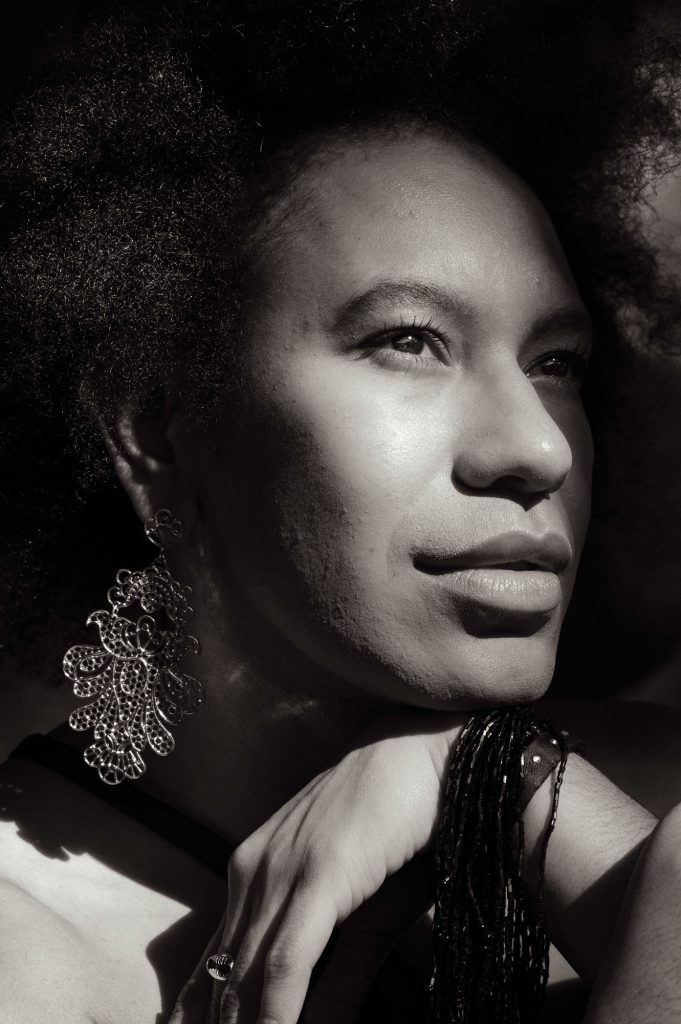

PACIFIC RUNWAY (2012-2022),
1. IYARA 2016
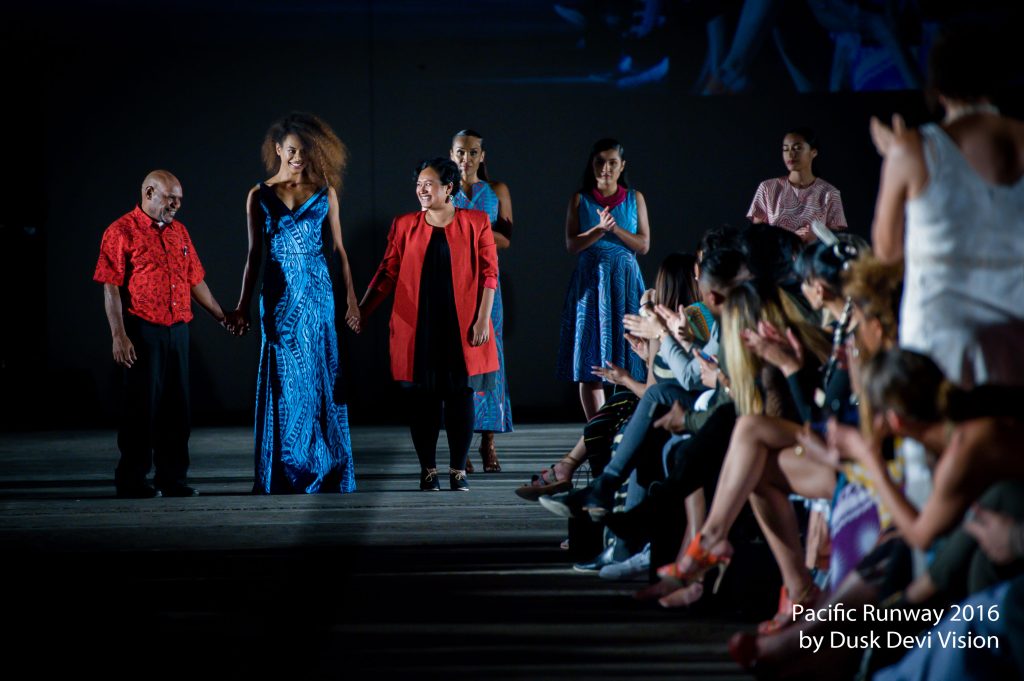
GALLERY SLIDESHOW
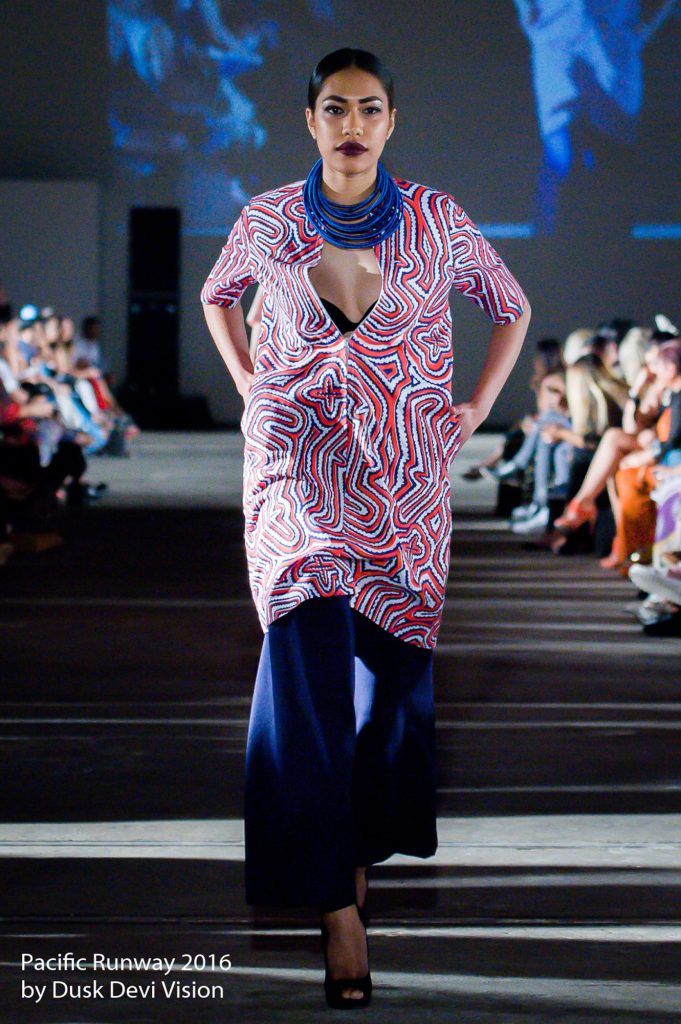
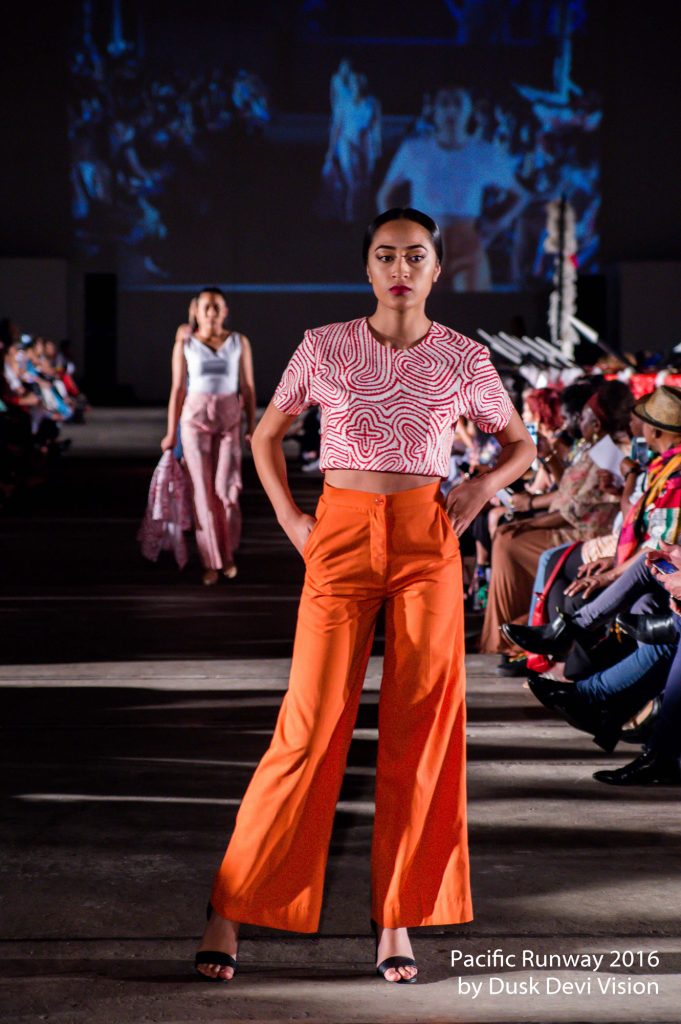
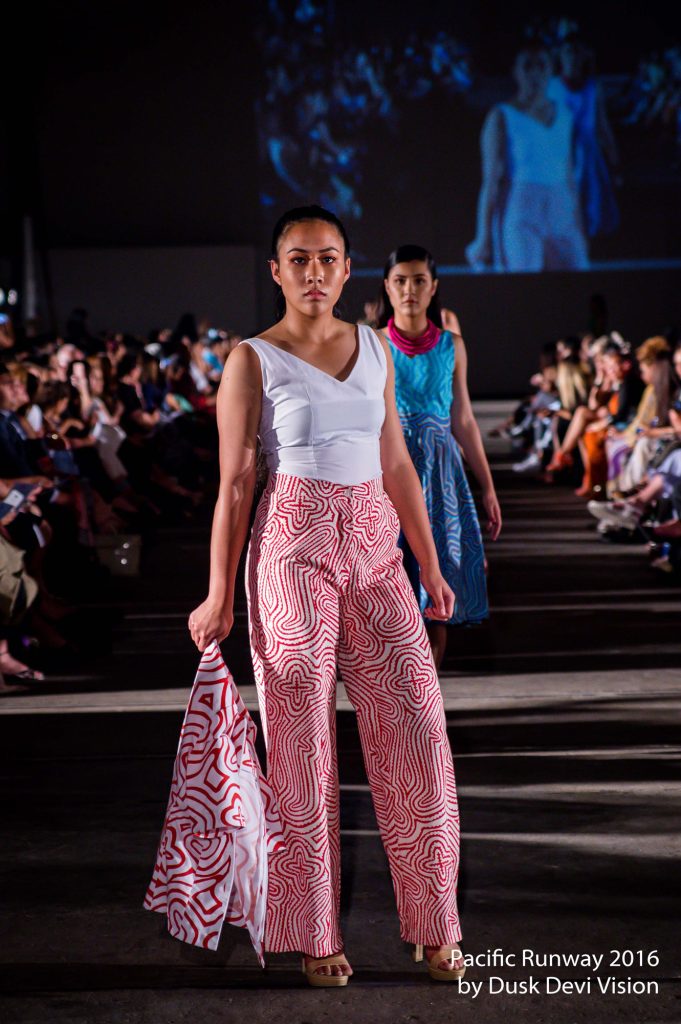
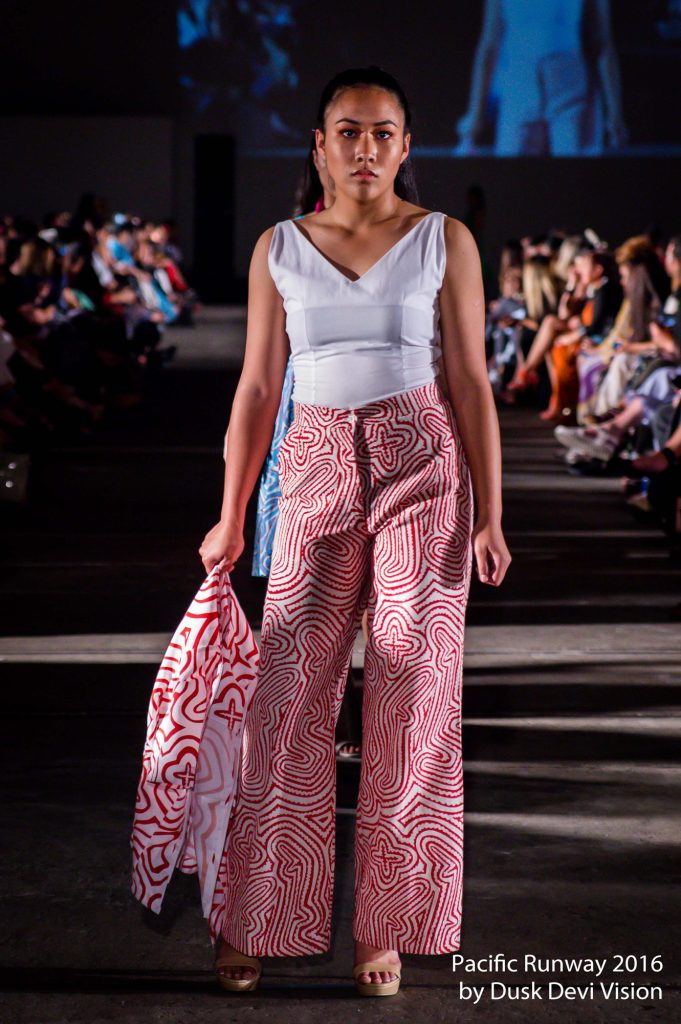
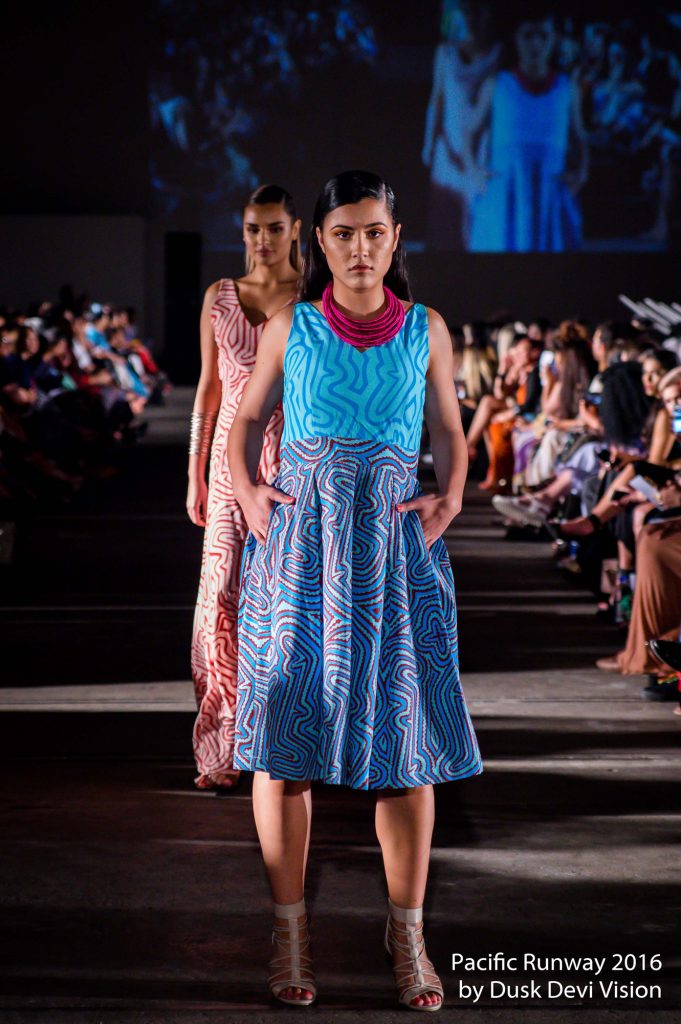
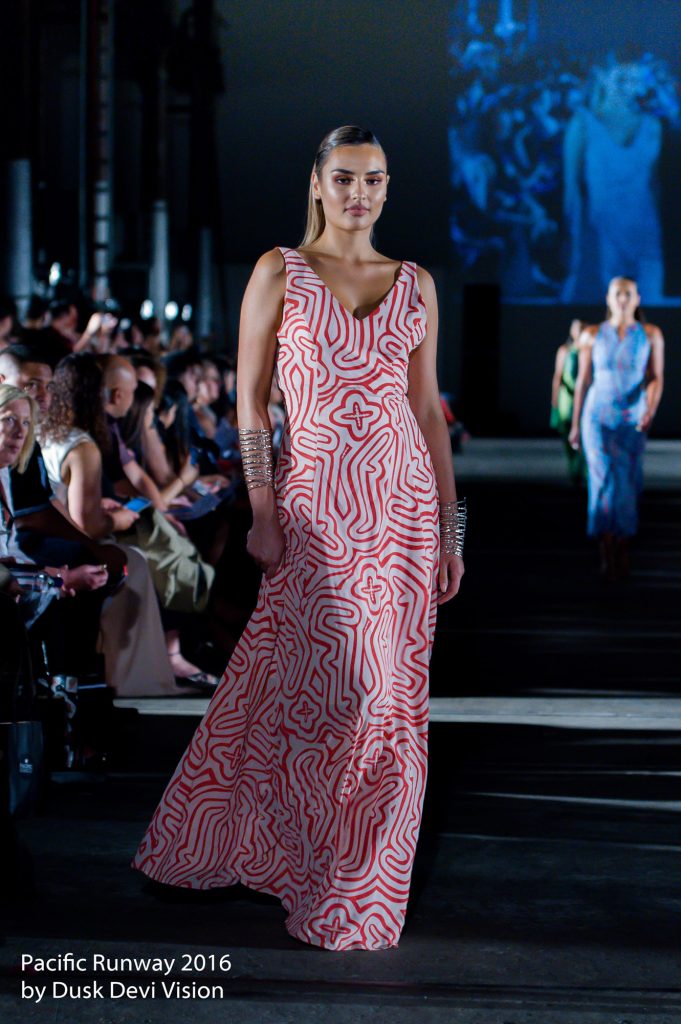
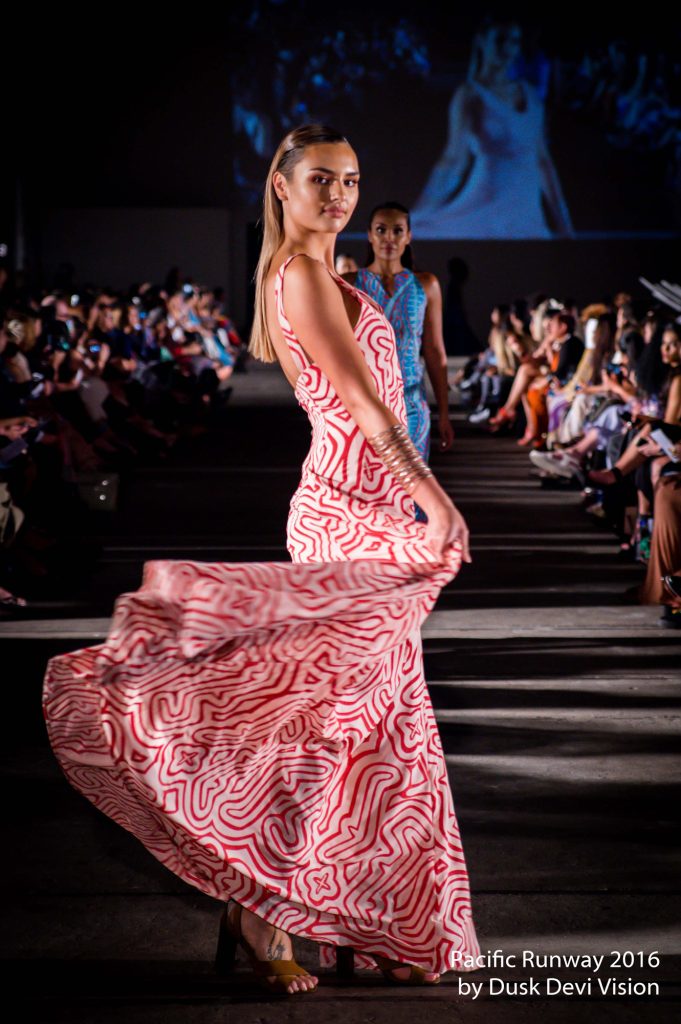
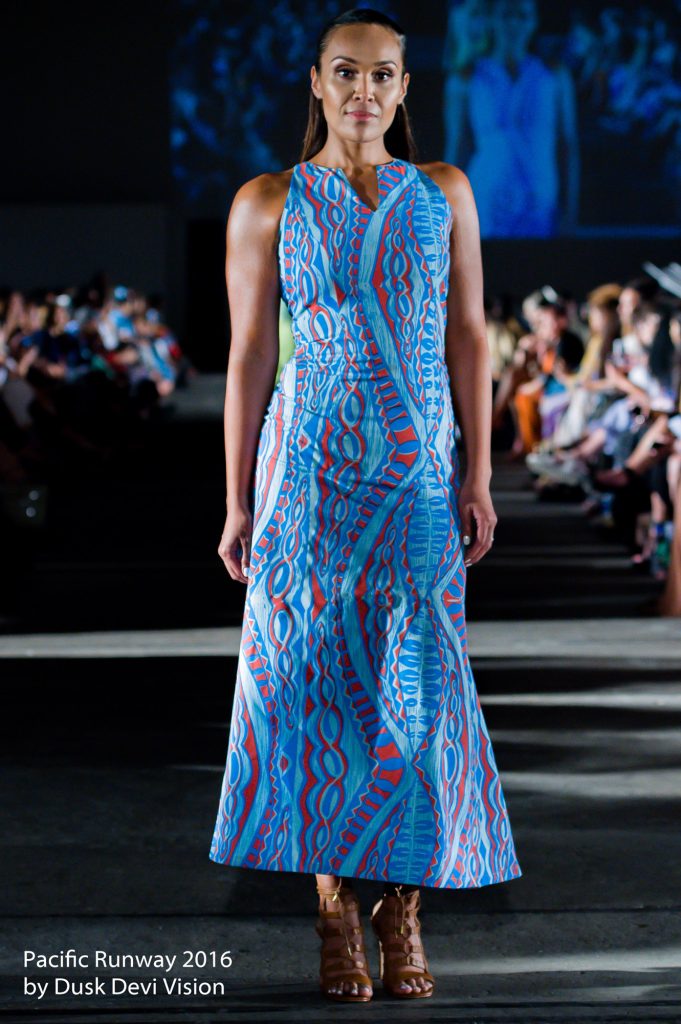
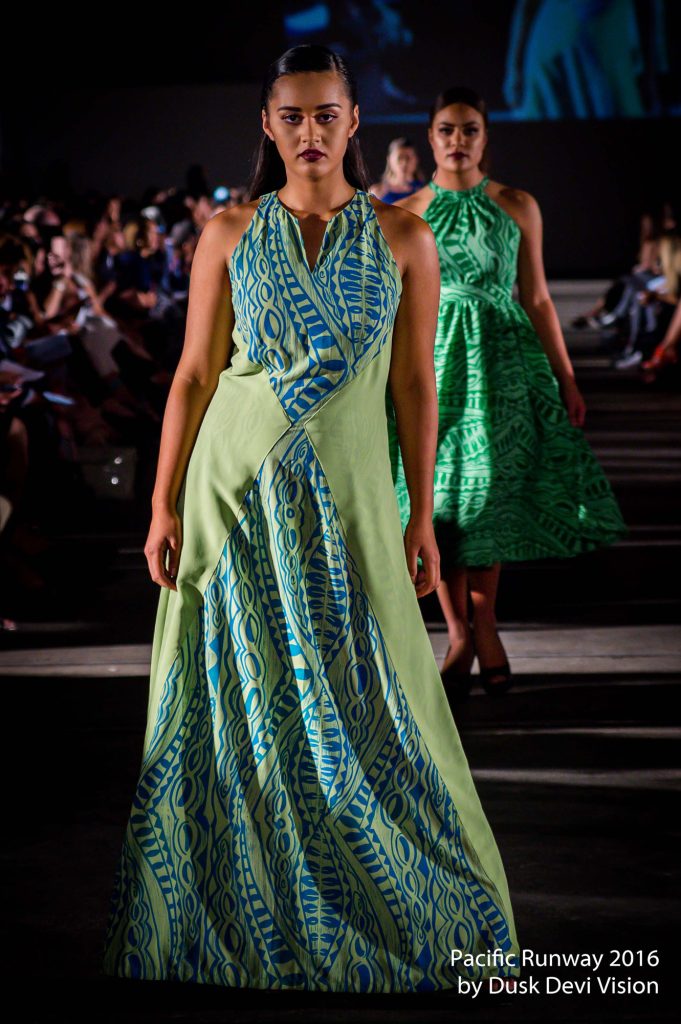

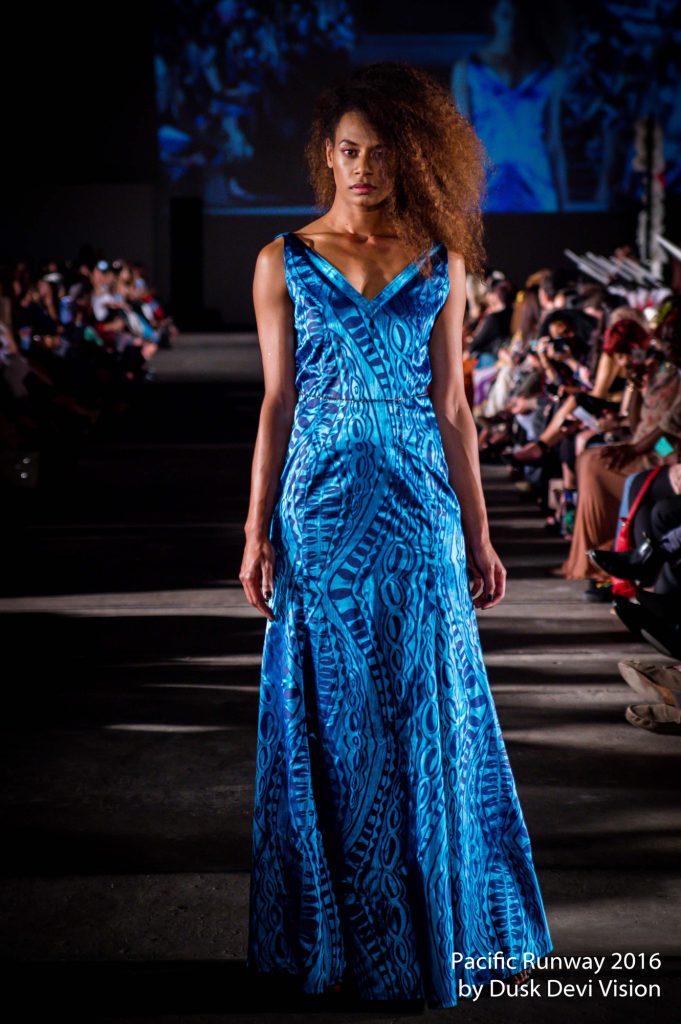

2. LUMAI 2017
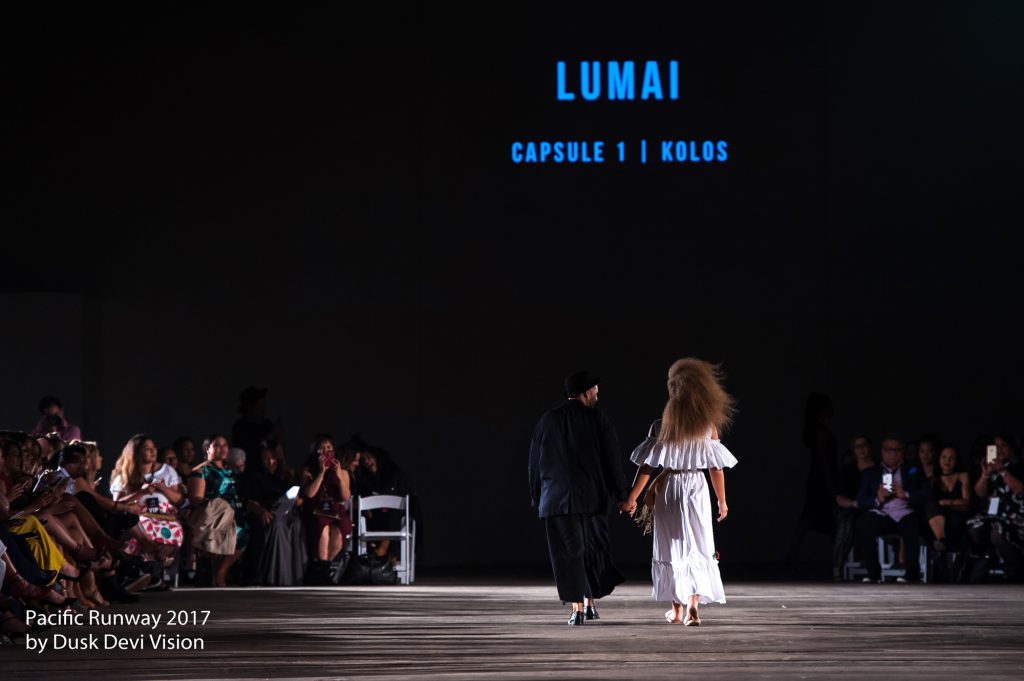
3. TABU 2018
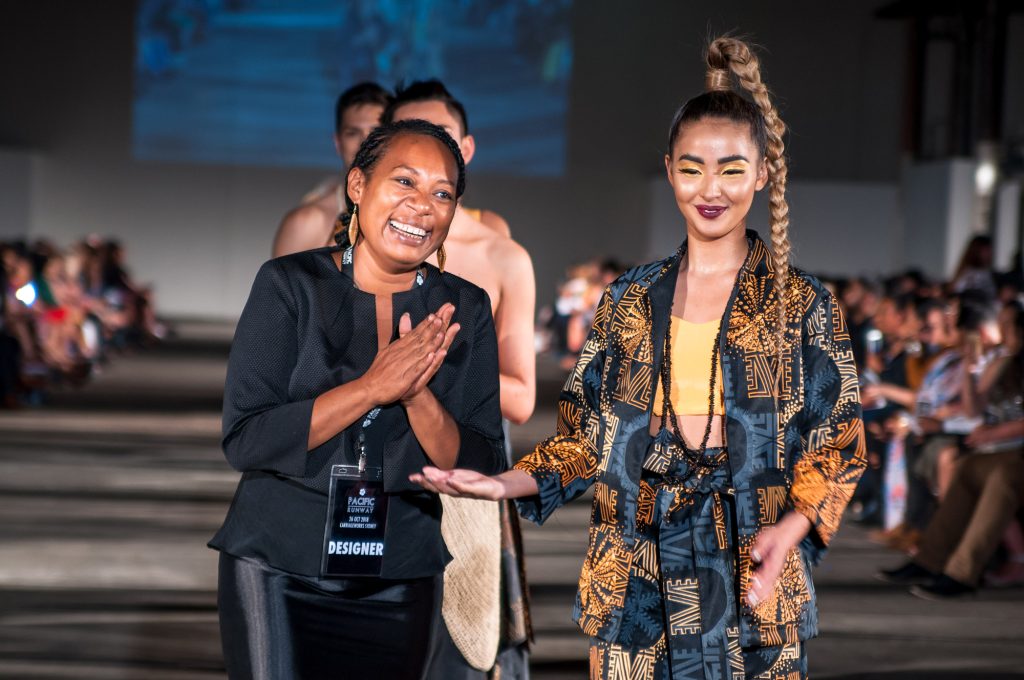
Tabu’s designs depict the diversity of PNG’s 800 different cultures. Fashion being a language, TABU respectfully combines cultural motifs to create a lingua moda!
The beadwork, weaving of raw and natural materials, hand-printe, hand-dyed fabrics and structured silhouettes, fuse and evolve to become a statement of cultural identify in a modern world.
GALLERY SLIDESHOW
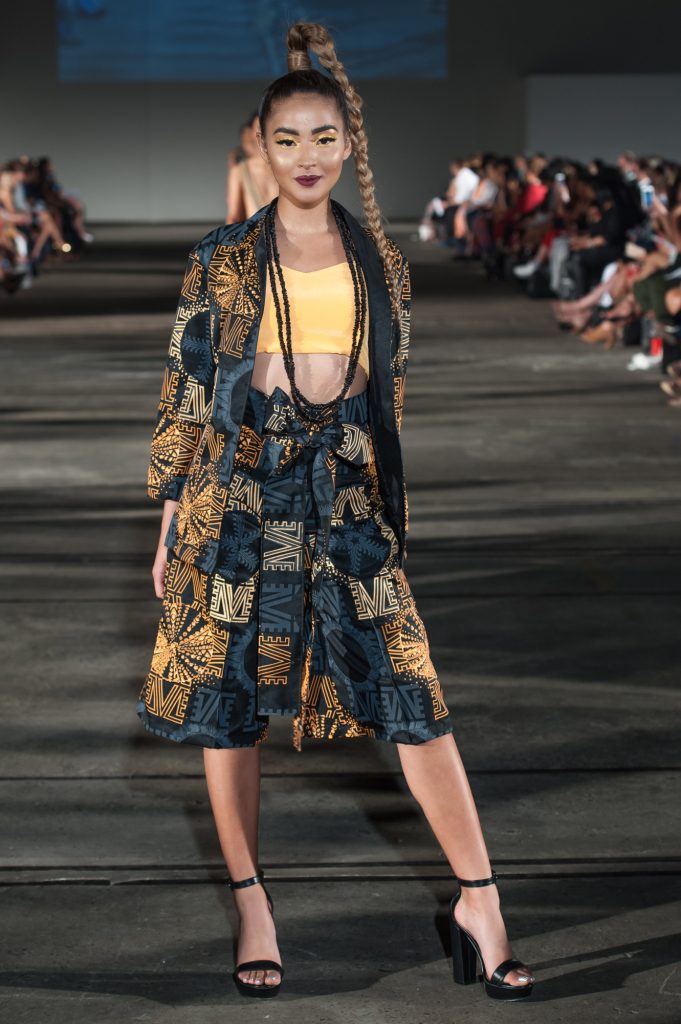
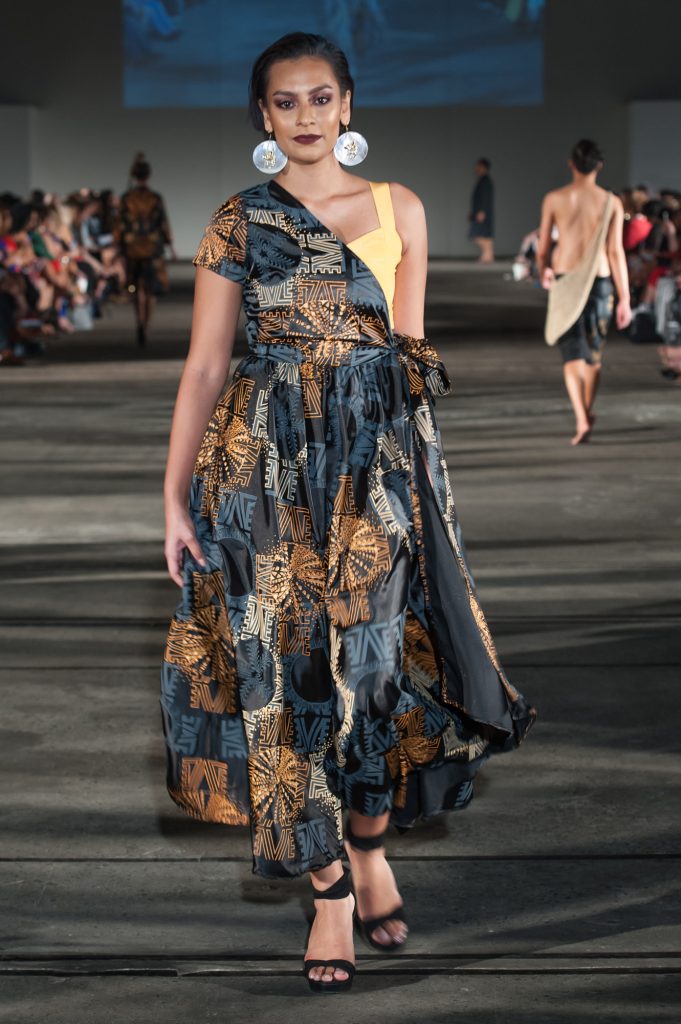
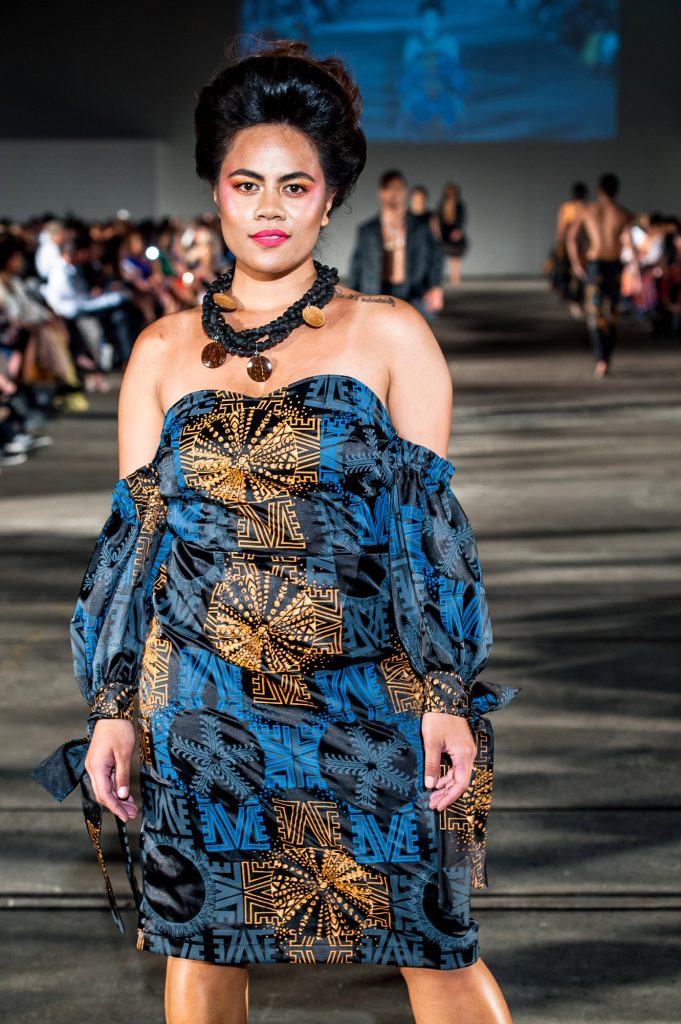
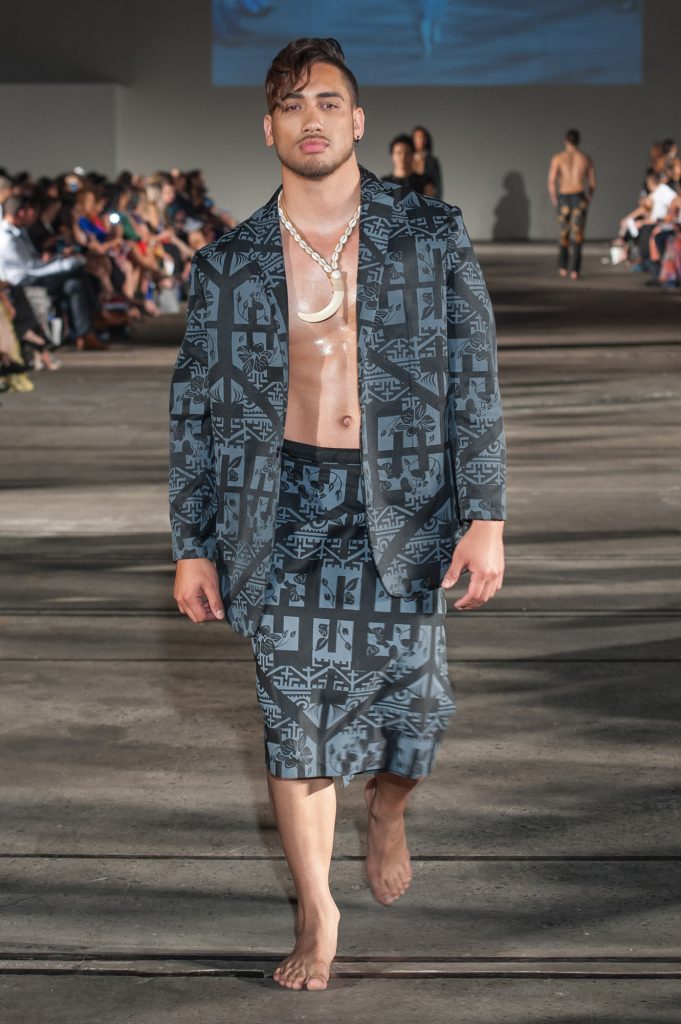

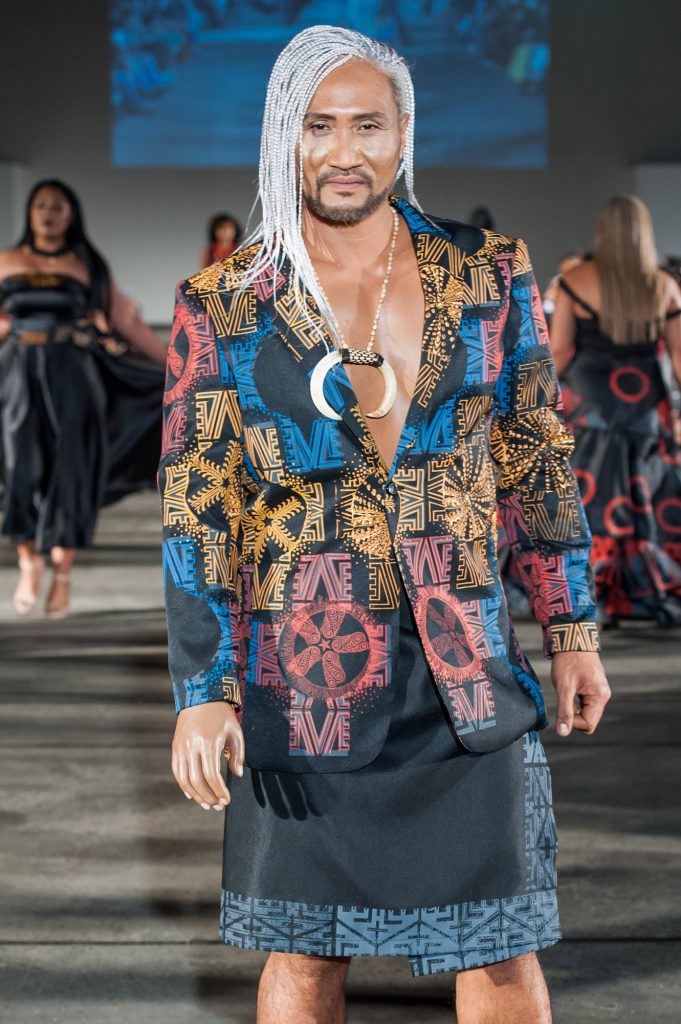
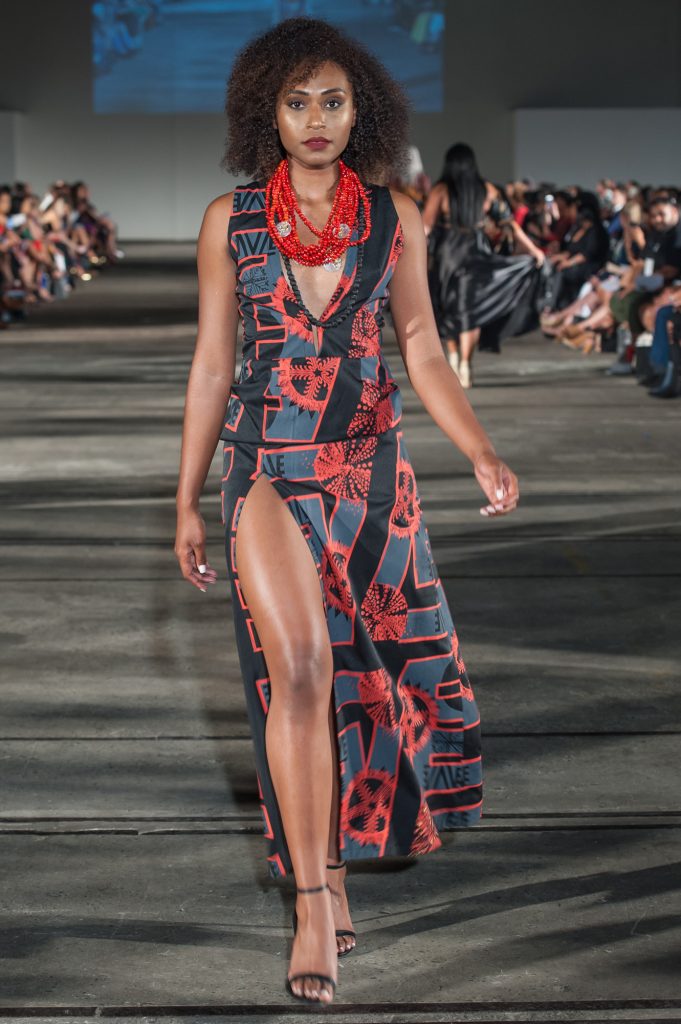

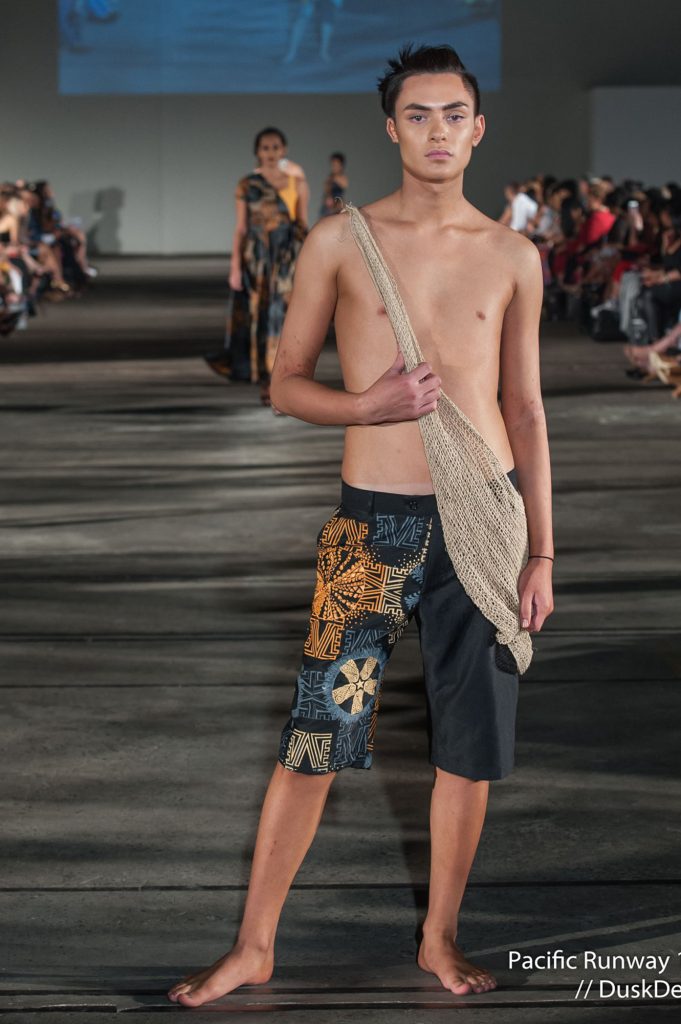
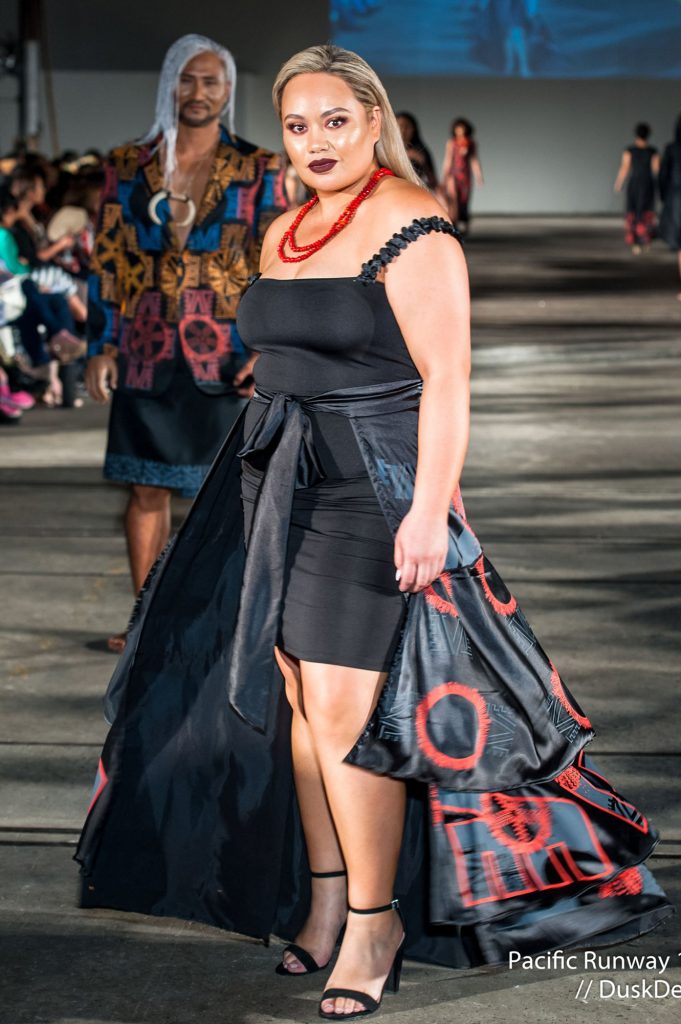
4. KAPILOU 2019

Kapilou is the creation of CATHY CURRY of Papua New Guinea, originally from Manus island, now residing in Brisbane, Australia. In 2014, Curry started a small business called Kapilou Products Pty Ltd, specializing in growing fresh, organic PNG and Pacific Islands food.
Being a multi-skilled woman, Curry is also a dressmaker and she branched out as a designer, launching her first collection in 2017 in Brisbane. Since then she has also showcased a collection in PNG, again in Brisbane and now is a part of the Pacific Runway legend.
Currey’s PACIFIC RUNWAY 2019 collection, called ‘Summer Sih II’, was a collaboration with Malolo Fabrics, by Jack and Margaret Fenton, whose prints depict traditional motifs from Papua New Guinea and around the Pacific region.
“Designing traditional costumes inspired me to create a vibrant everyday collection that can be worn by the young and the young at heart!”
“I wanted to put the stories of our traditional dances and culture on to fabrics so that they can stay alive, and educate people out side of PNG about our ways, our life, our culture. I respect my strong PNG culture very much and wanted to show its beauty.”
GALLERY SLIDESHOW
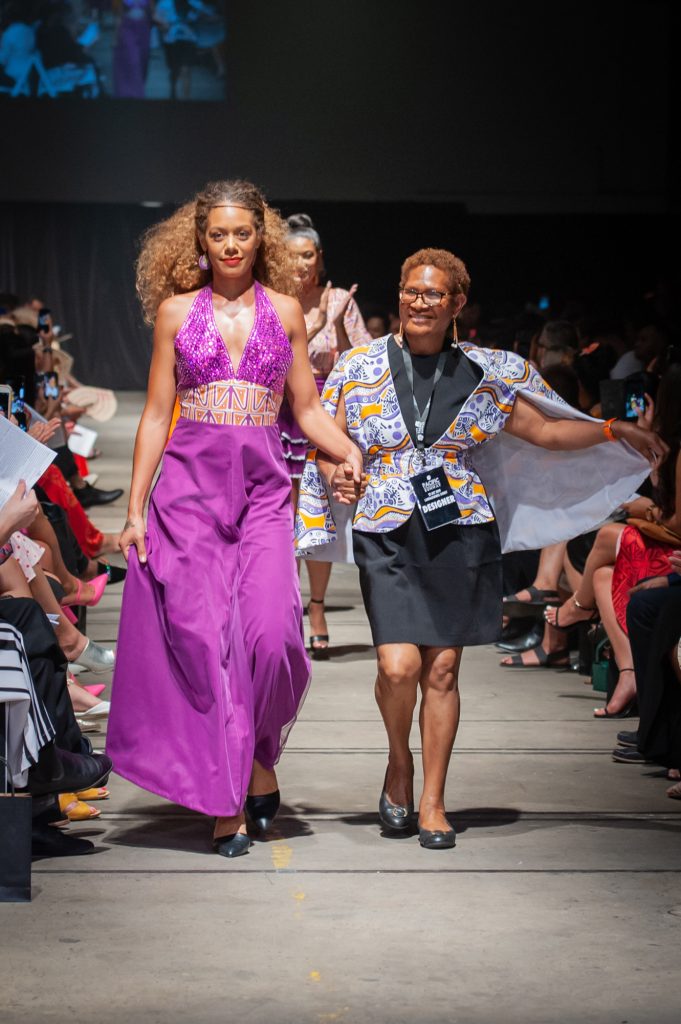
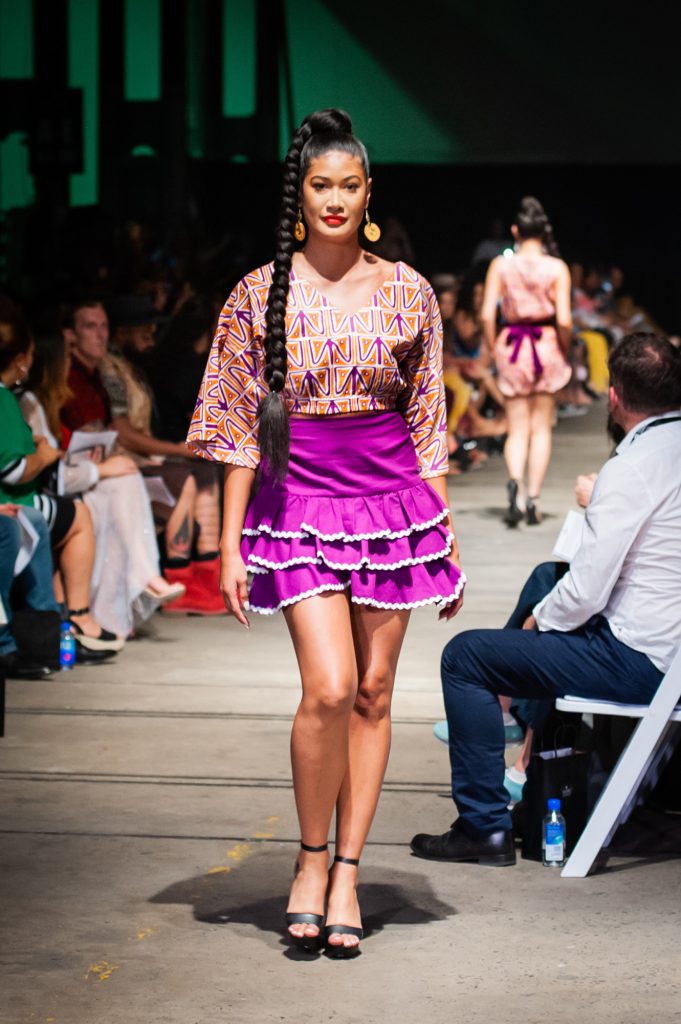
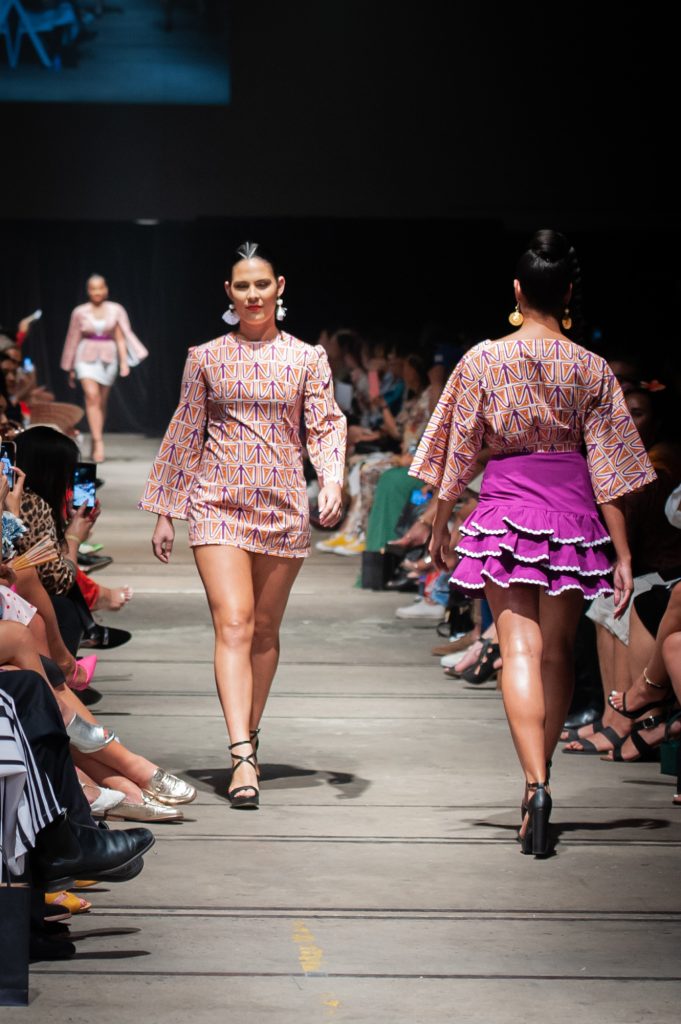
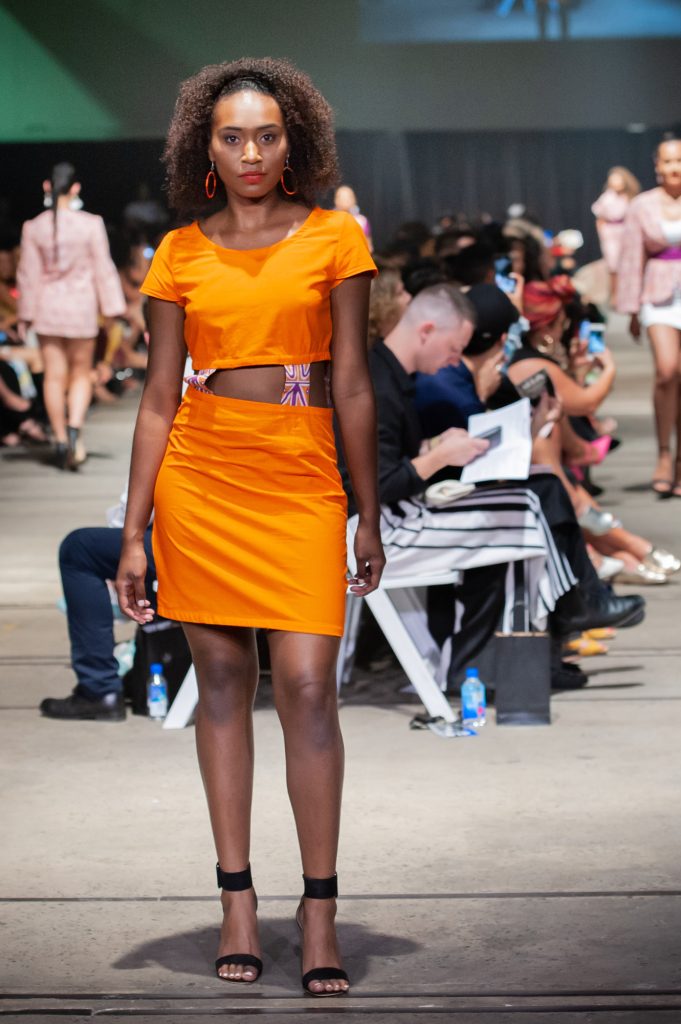
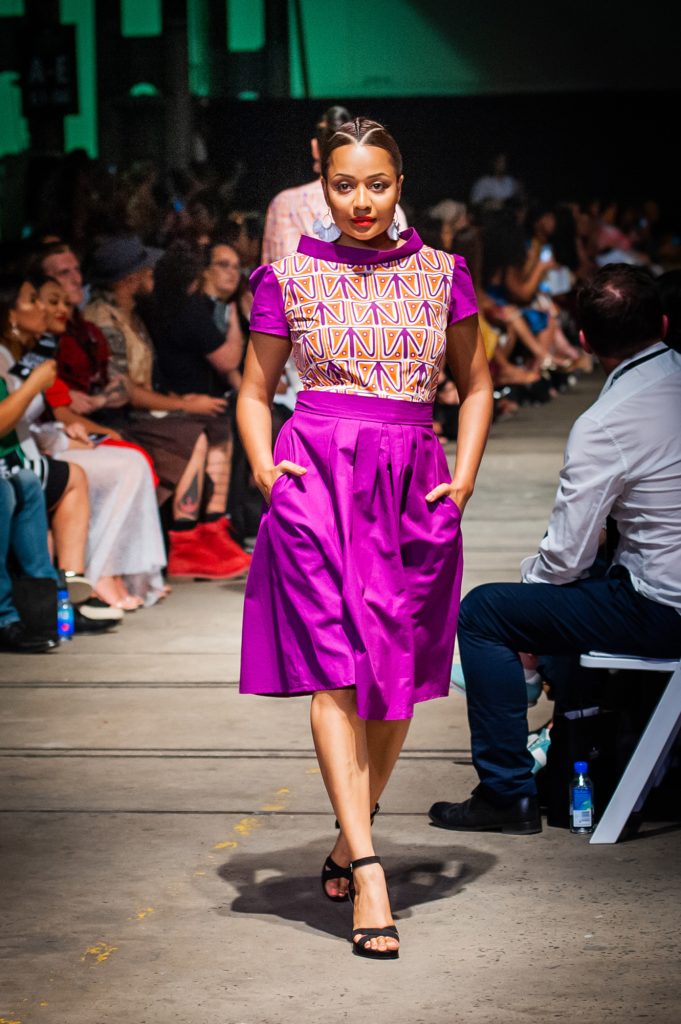
5. LUMAI 2019
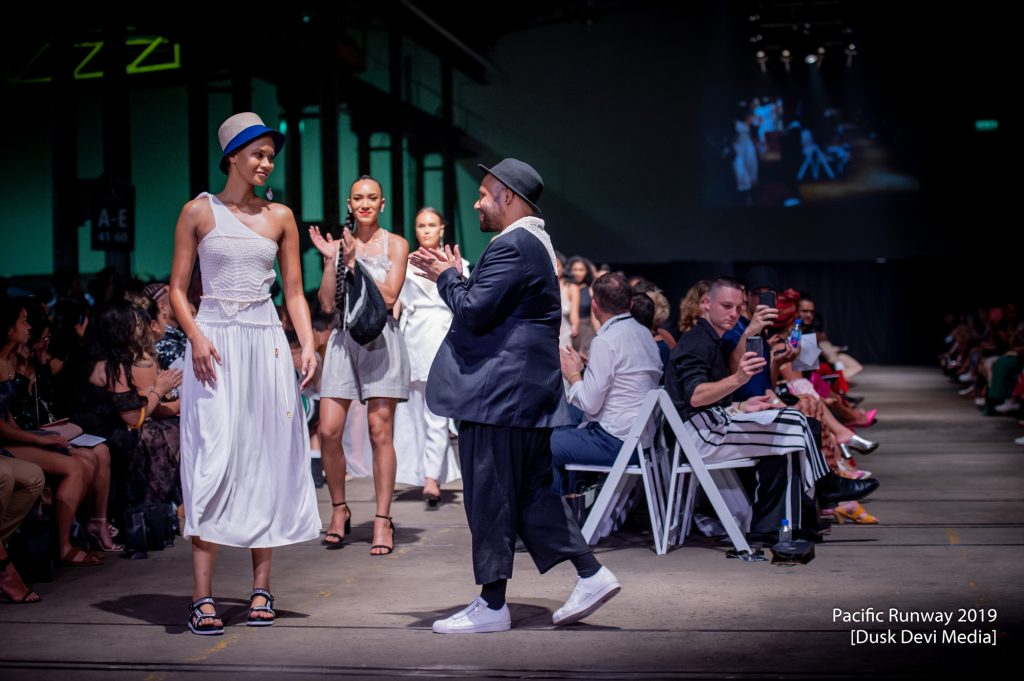
GALLERY SLIDESHOW
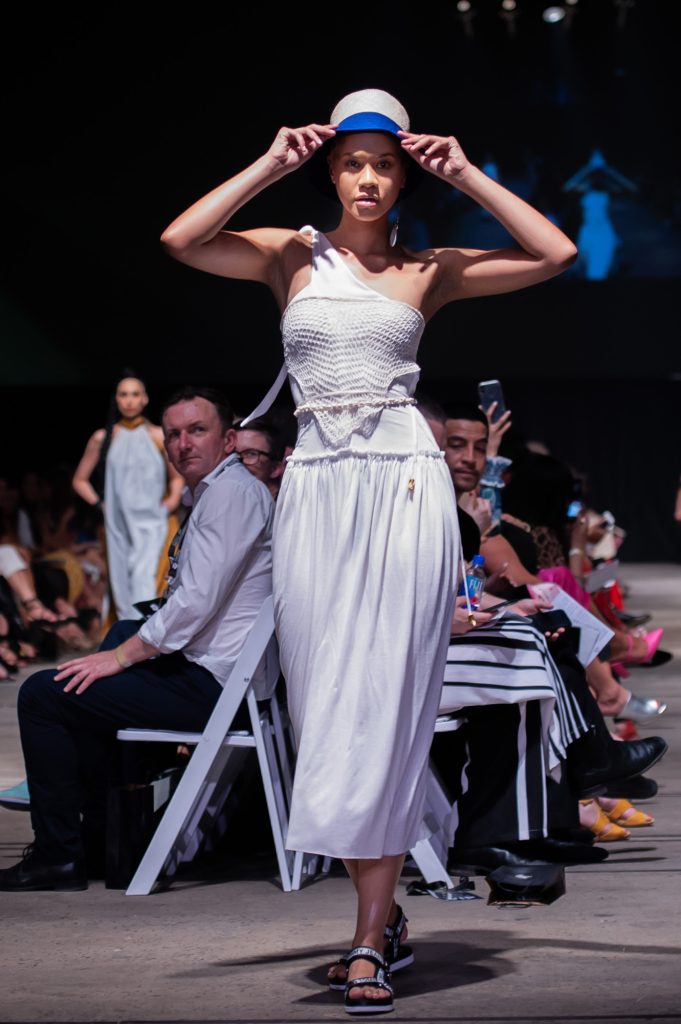
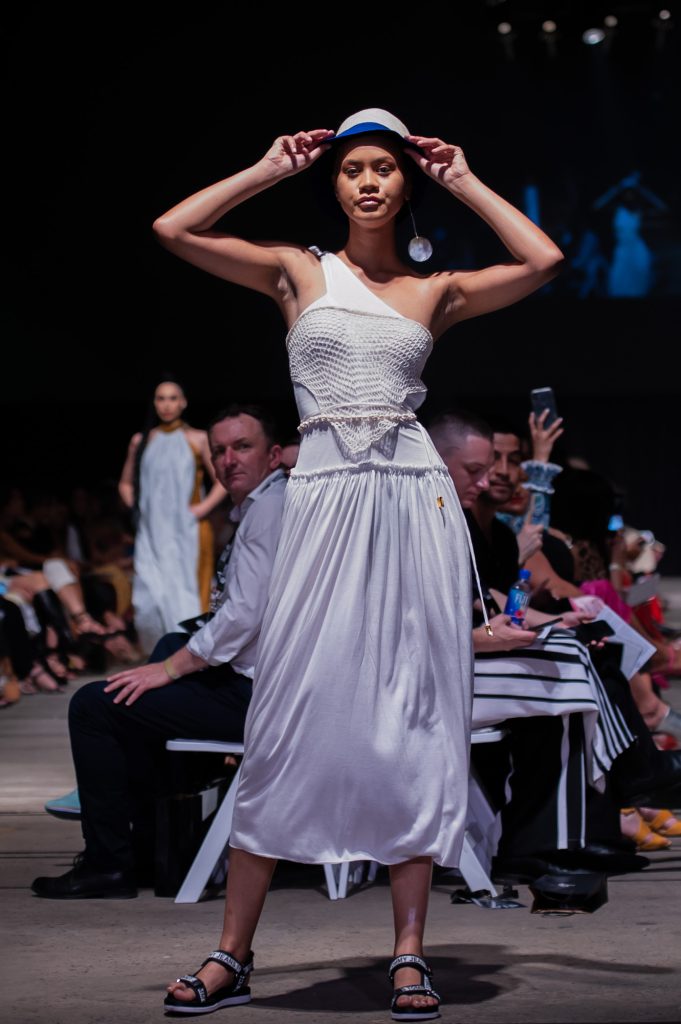
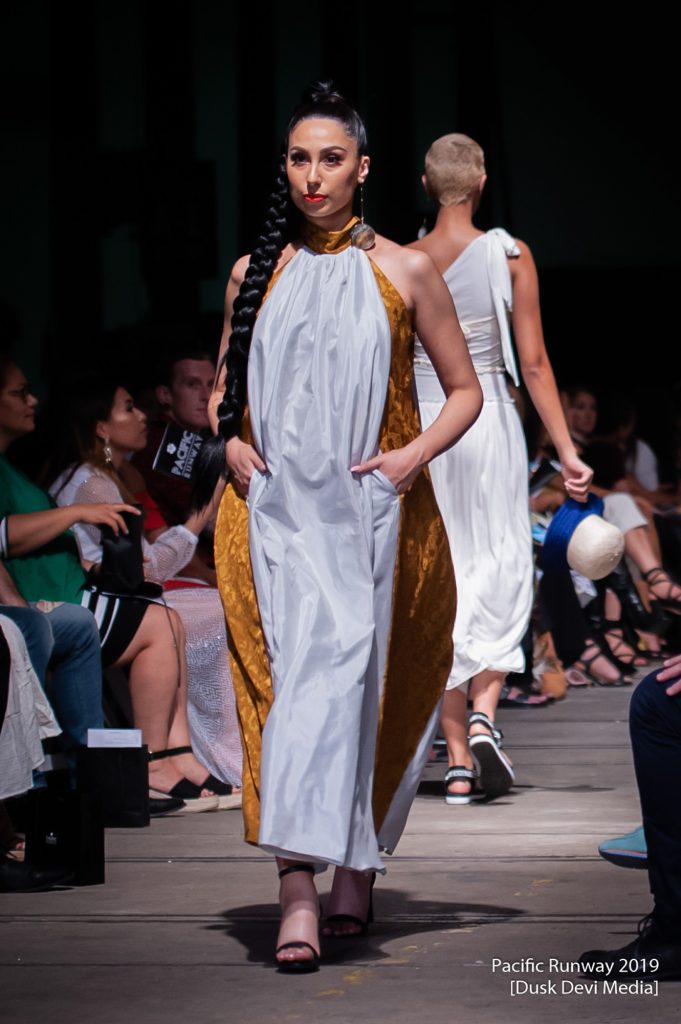

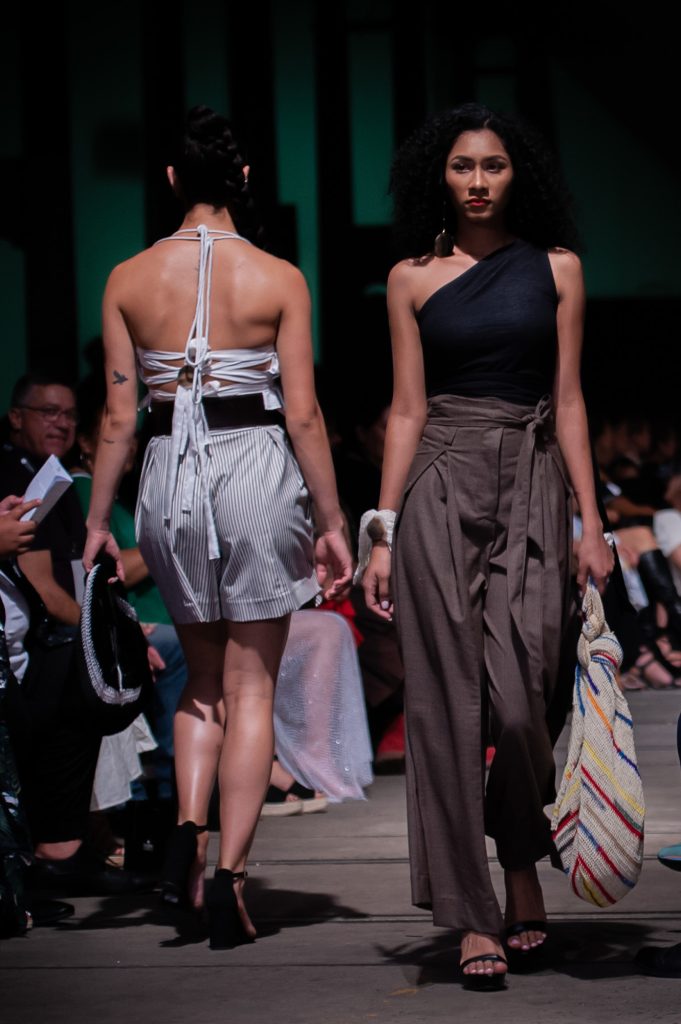
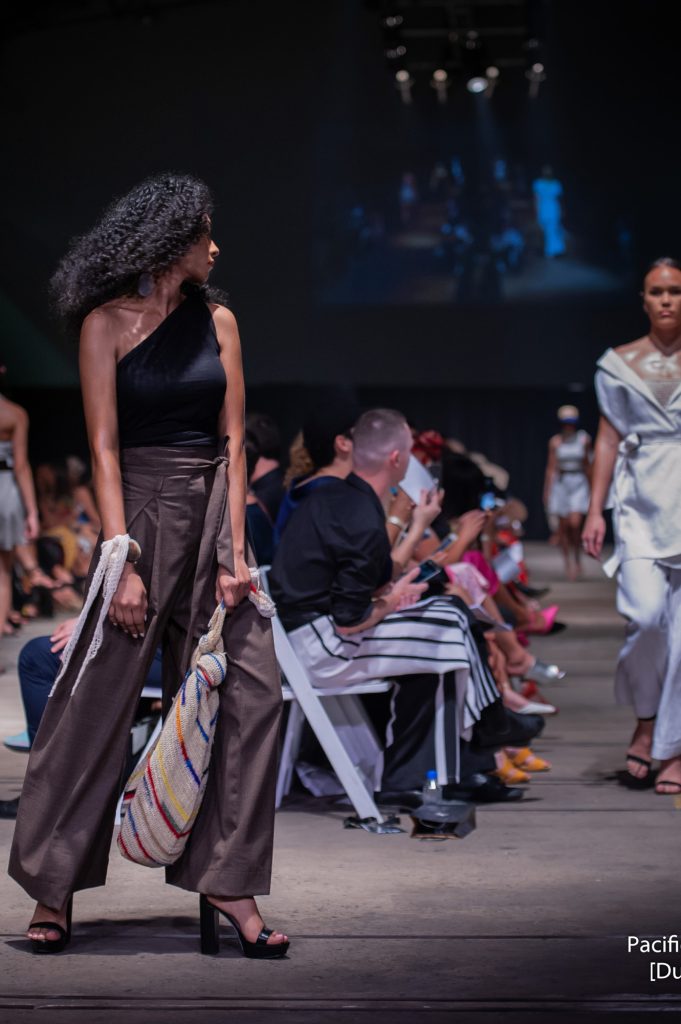
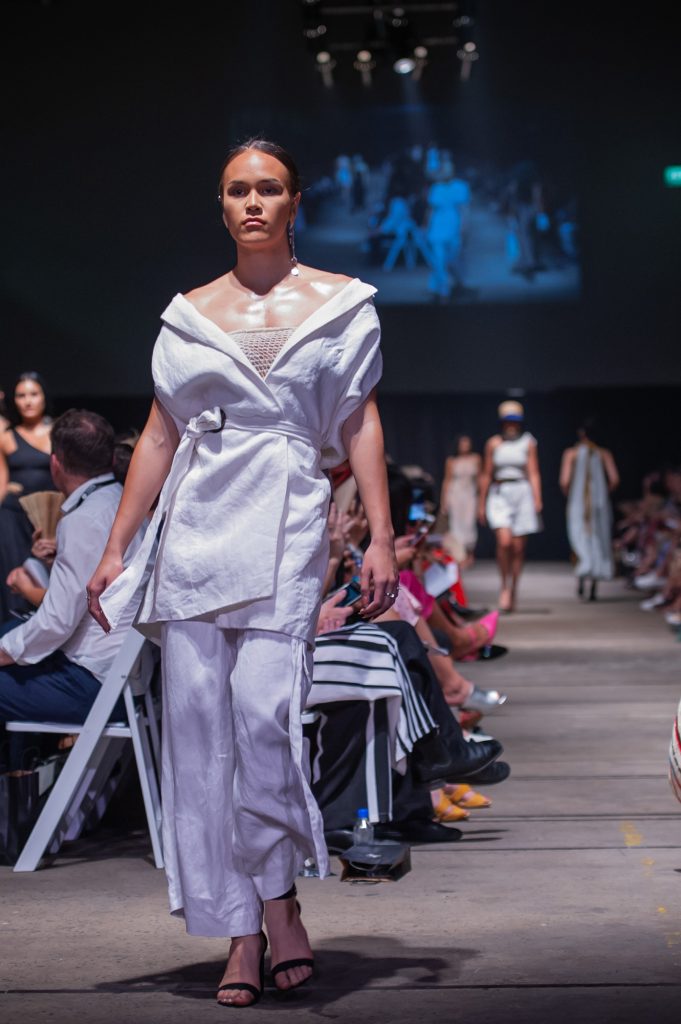

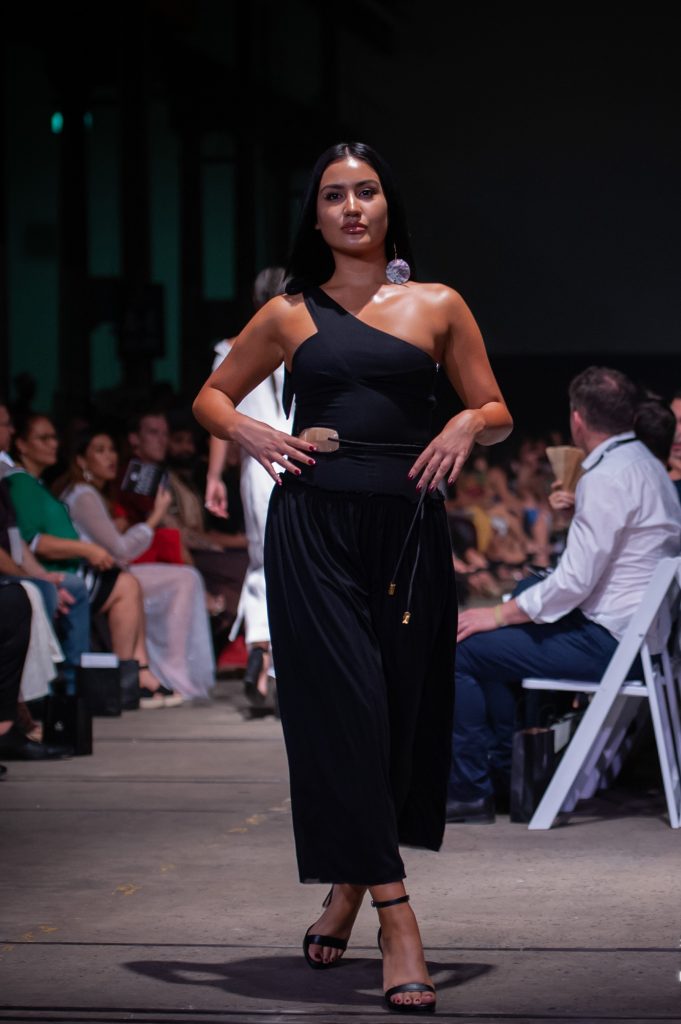
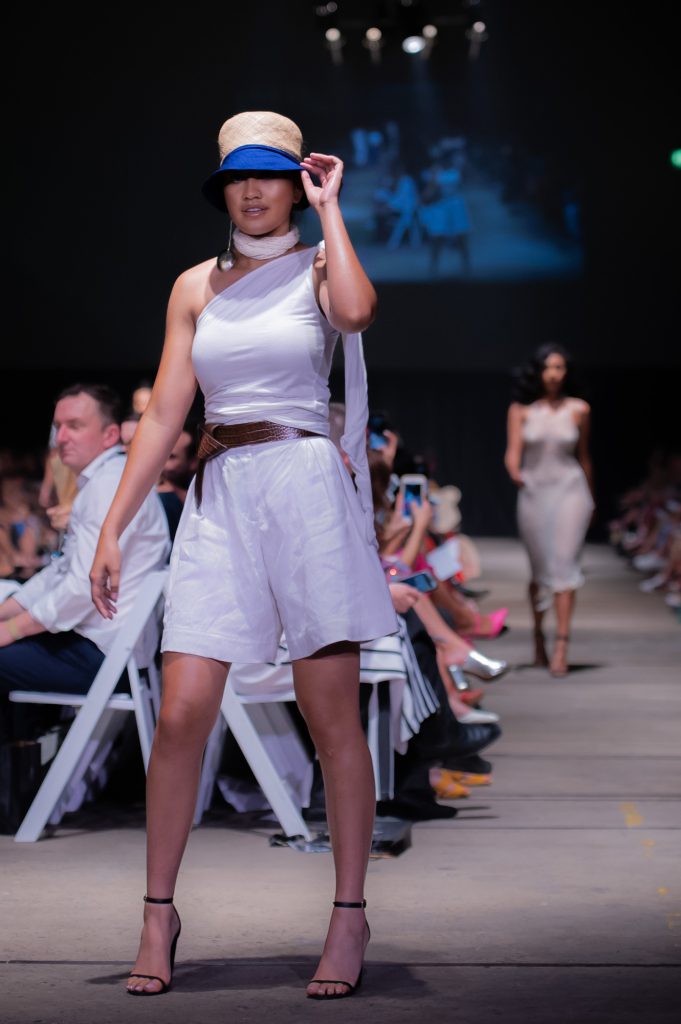
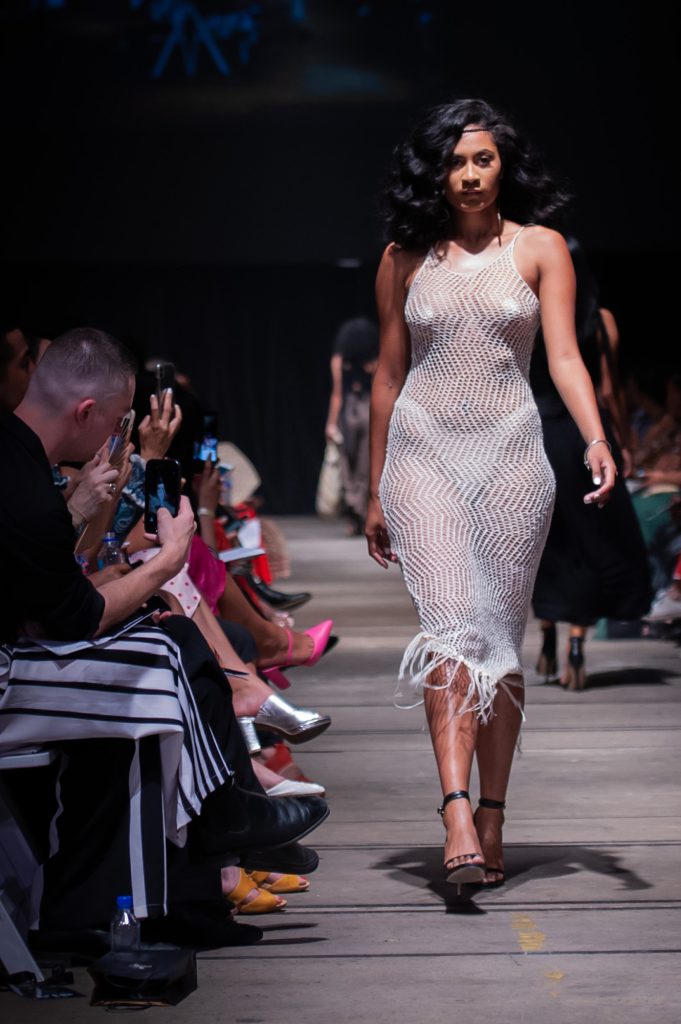
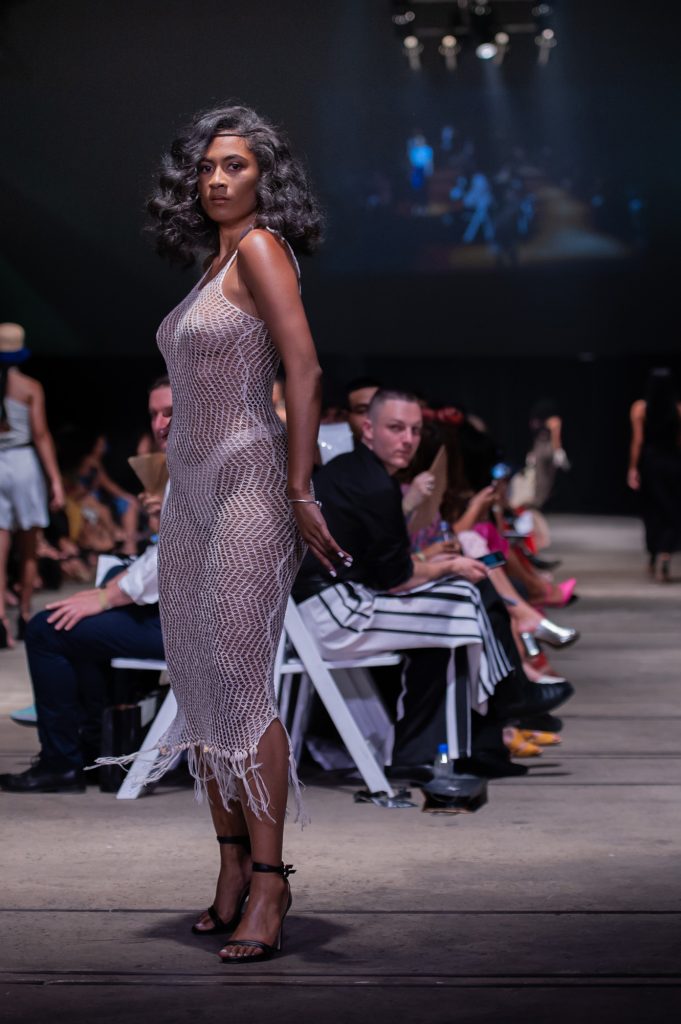
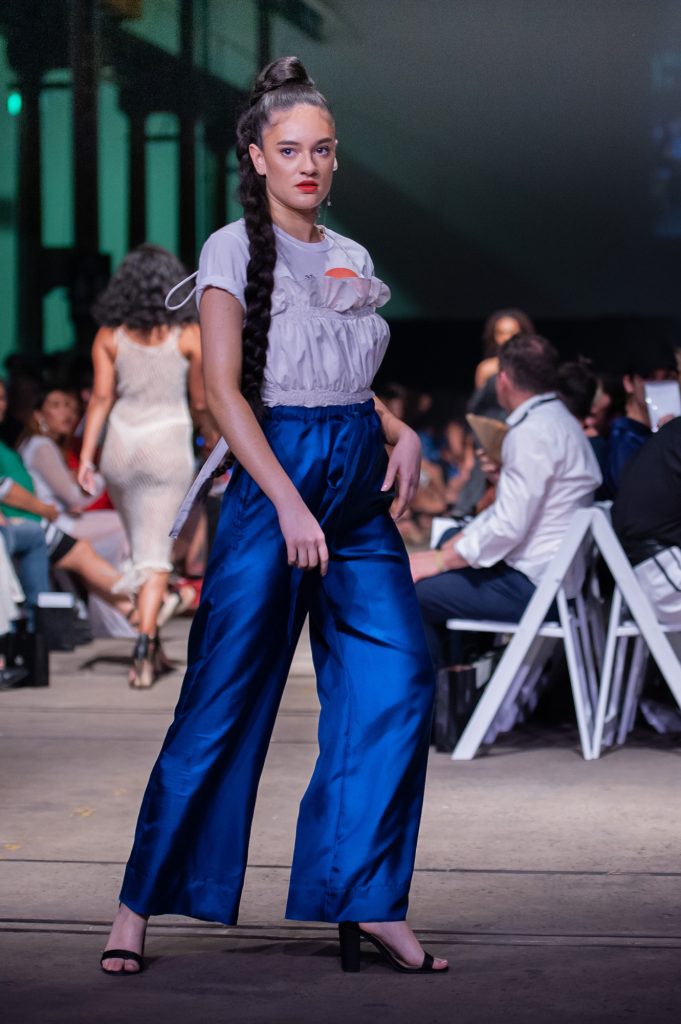

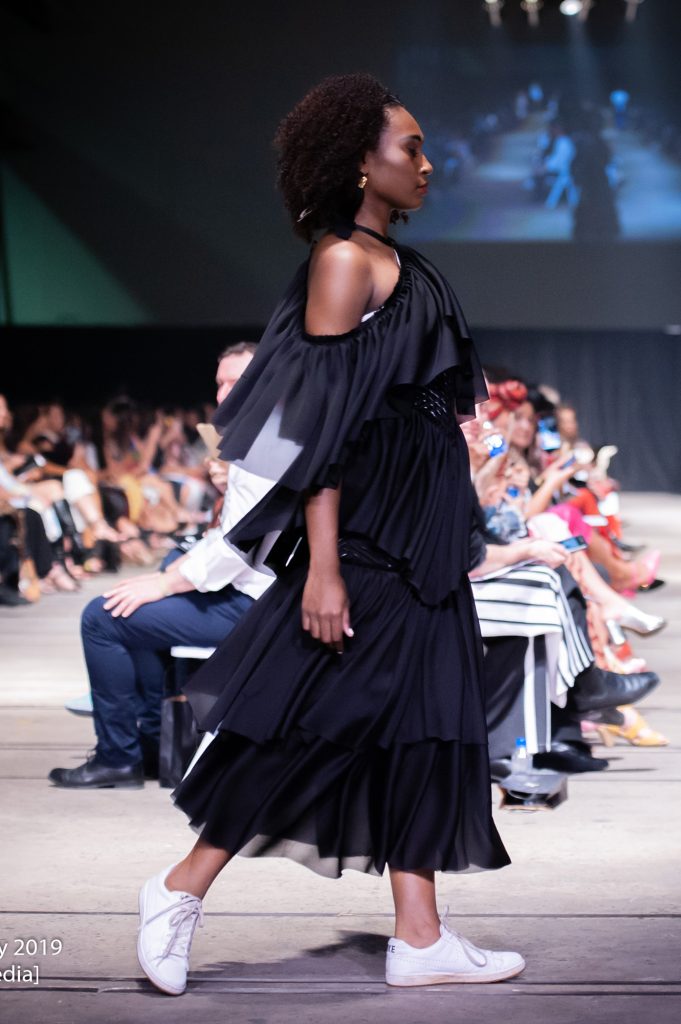
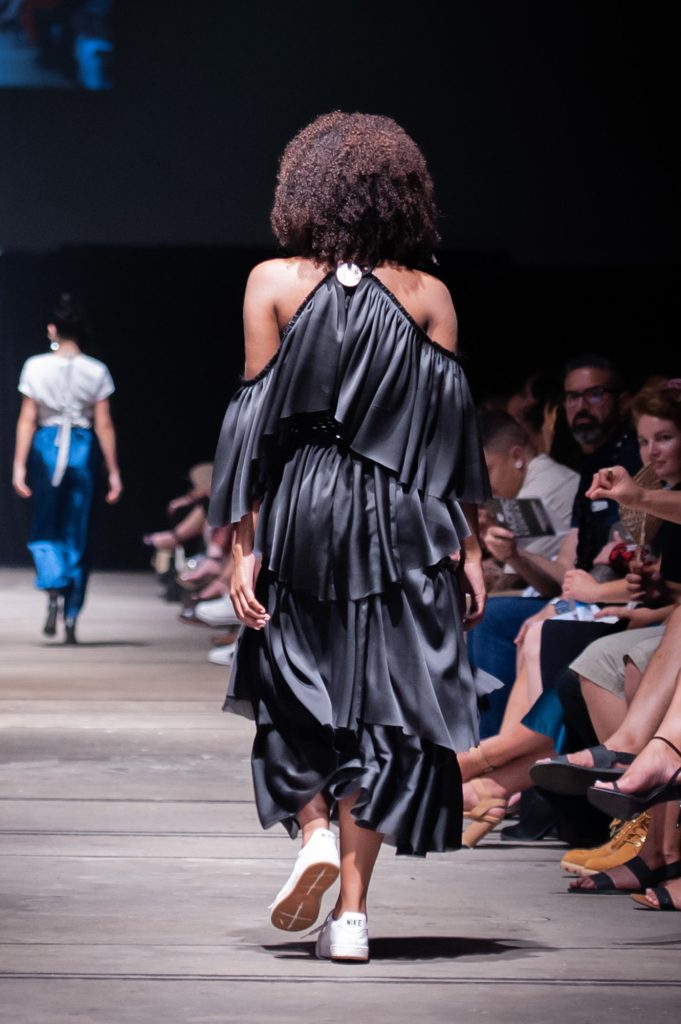
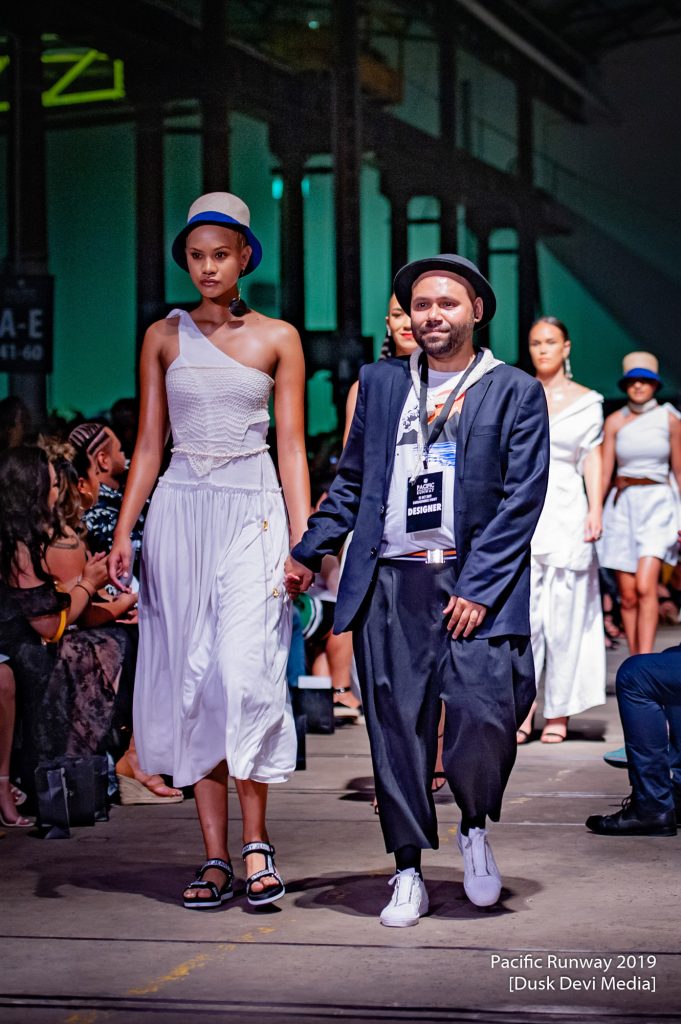
Wed Sep 13 2023
THE LIVES OF OUR DAYS.
Contemporary PNG Night at The Museum Part 1
The Sydney Wantok Association event (as part of the Night at The Museum series) was organised as a lead-up to Papua New Guinea’s independence day on September 16th and to complement the current Australian Museum exhibition “BILAS: Body Adornment”, (until Oct 2. Please do visit. Stunning imagery).
Please see the current issue of The Stylander and its inaugural supplement WANDERER, dedicated to CONTEMPORARY PAPUA NEW GUINEA. . The evening opened with an easy, smooth performance by singer/musician Gari Guru followed by a beautiful and generous Welcome to Country by Uncle Allan Madden.
There were panels talking about what colonisation means to the urban diaspora of a once colonised People and the paths trailblazers take. There was fashion, there was art and there’s more information in The Stylander.
Panel guests:
1. Tetei Bakic
2. Lungol Wekina
3. Sigrid Yaru
4. Wap-Hill Imbun
5. Sydney Imbun
6. Victor Lynch
Gari Guru
Please contact Sigrid Yaru (manager) for bookings
DESIGN:
1. Lumai
2. Iyara PNG
3. Tabu PNG
4. PNGiankala
5. Project TwoMile
VISUAL WORKS:
1. Lesley Wengembo
2. Cheyenne Abel
3. Wendy P Mocke
4. Dru Douglas –
Sydney Wantok Association
“BILAS: Body Adornment”at the Australian Museum
Please subscribe to our You Tube channel
🙏🏽 💙

